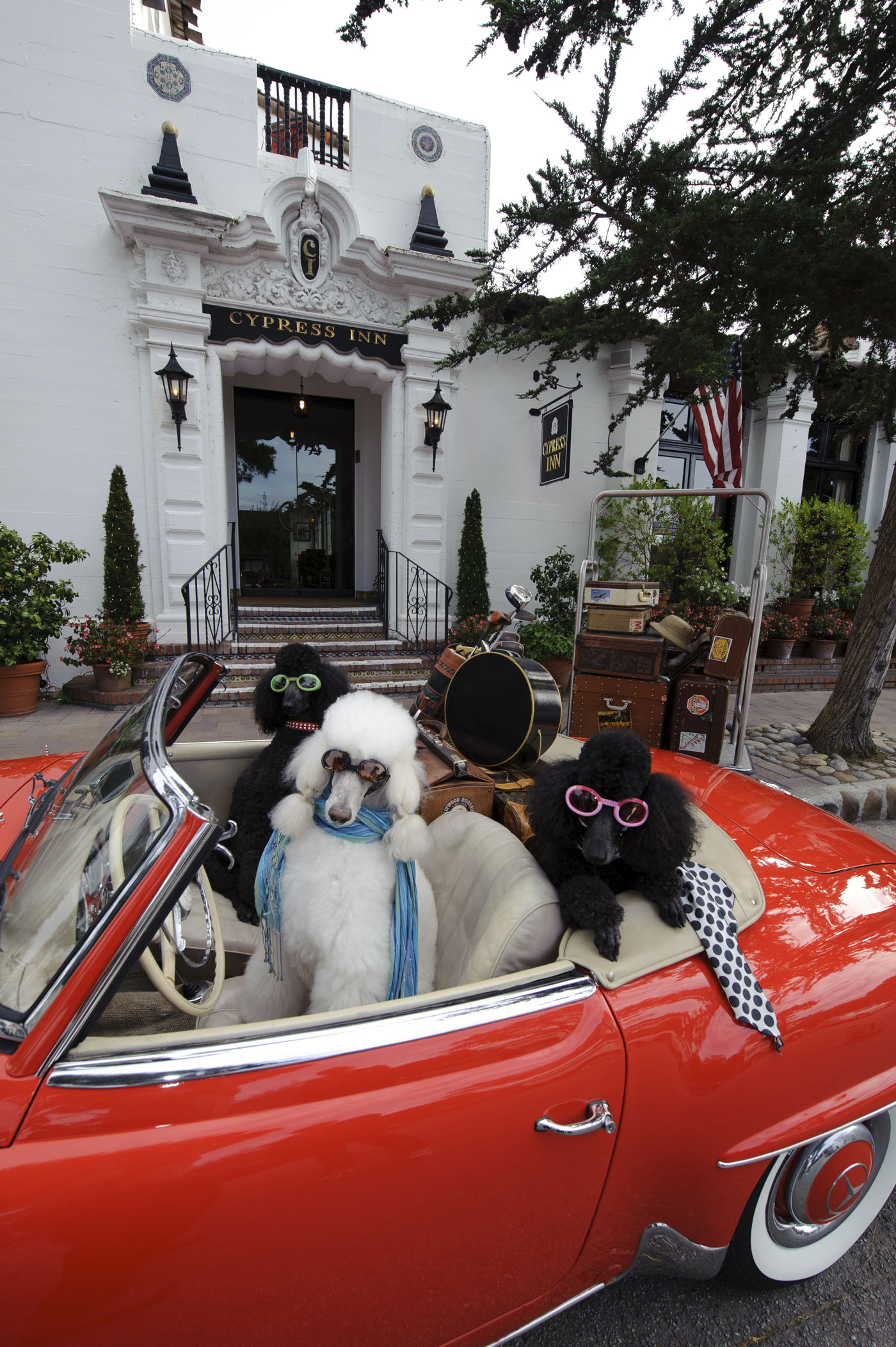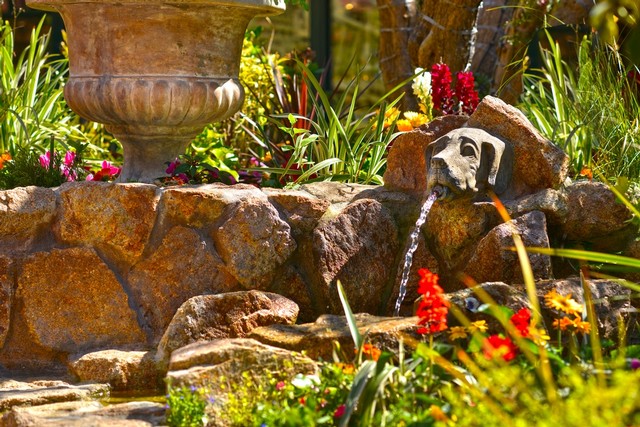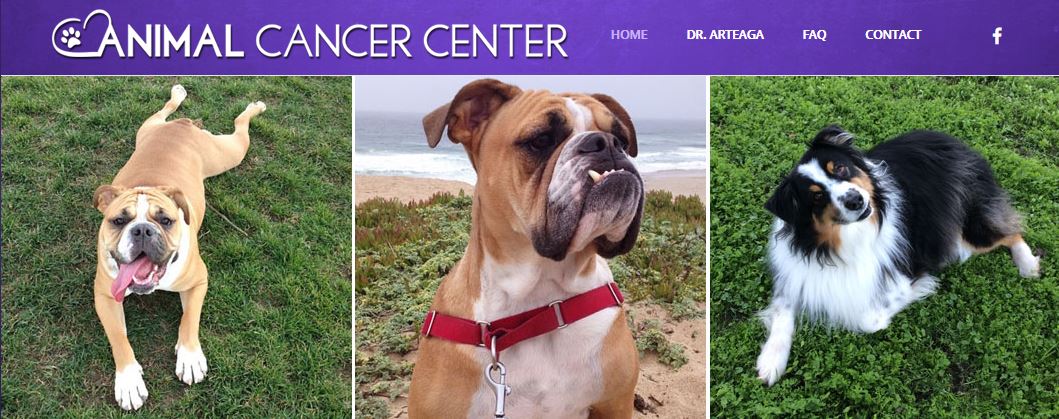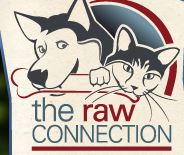


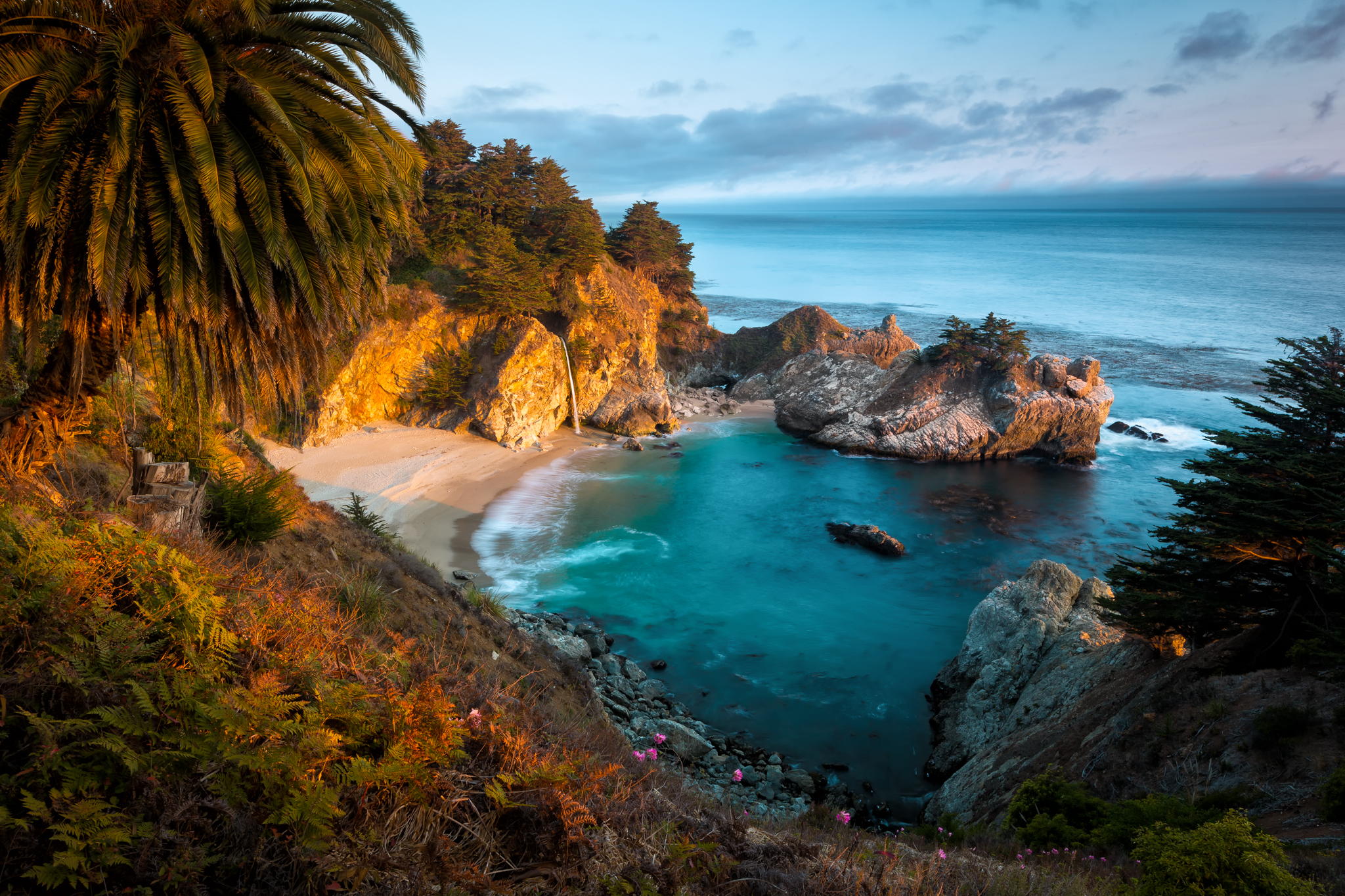


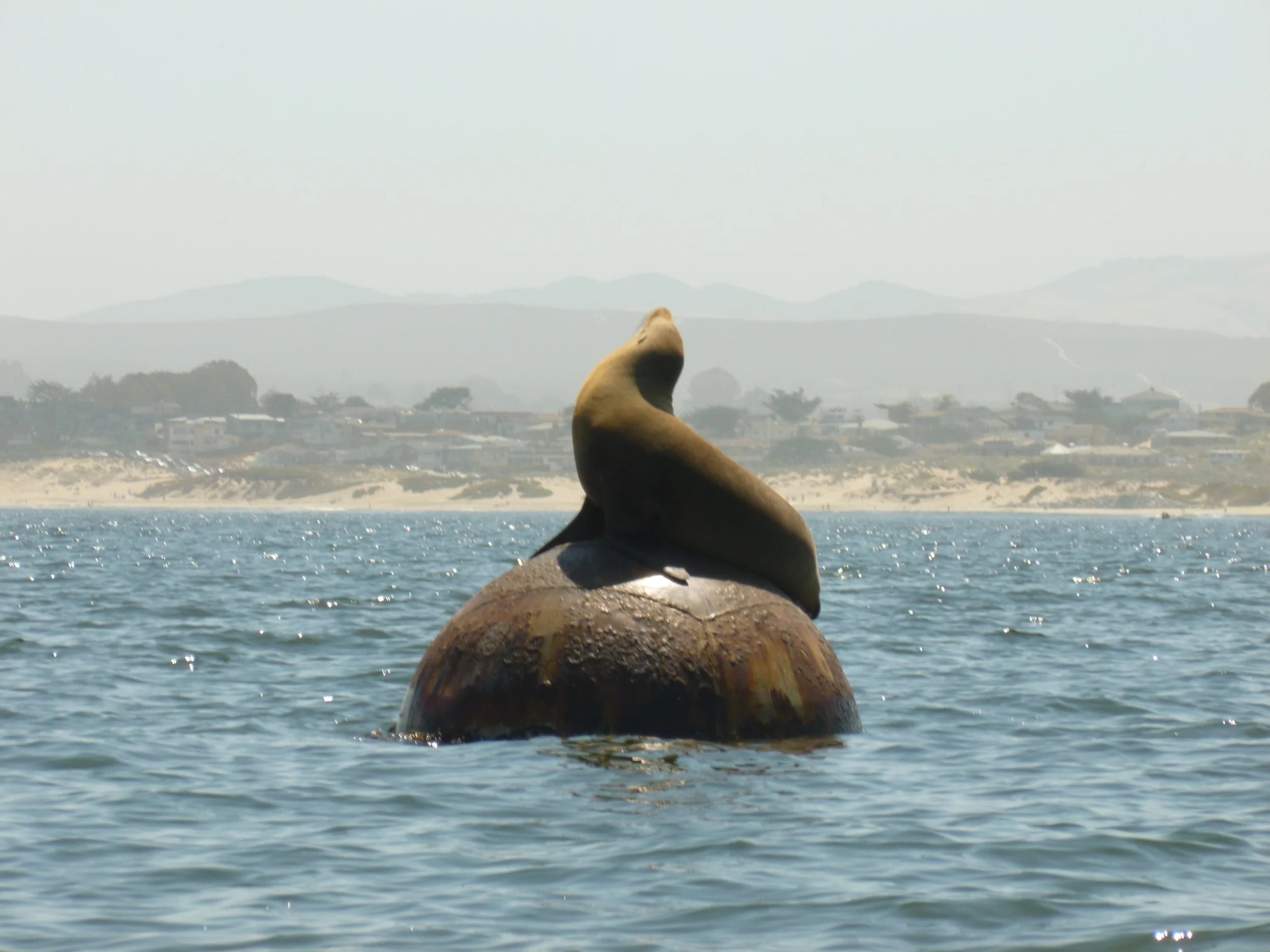
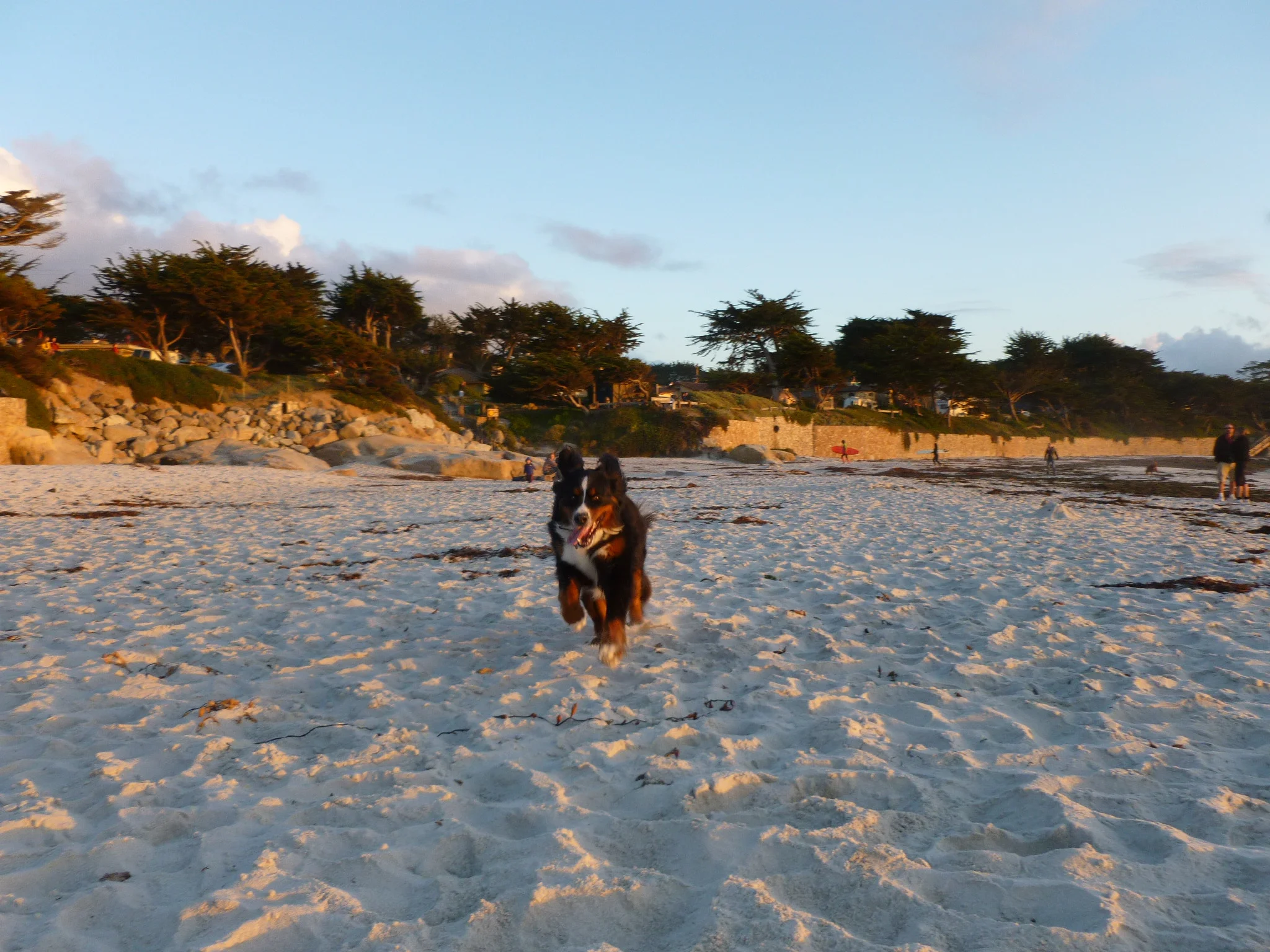


Our Area
Our Area
city by city
Our Area
Our Area
city by city

Carmel & Carmel-by-the-Sea
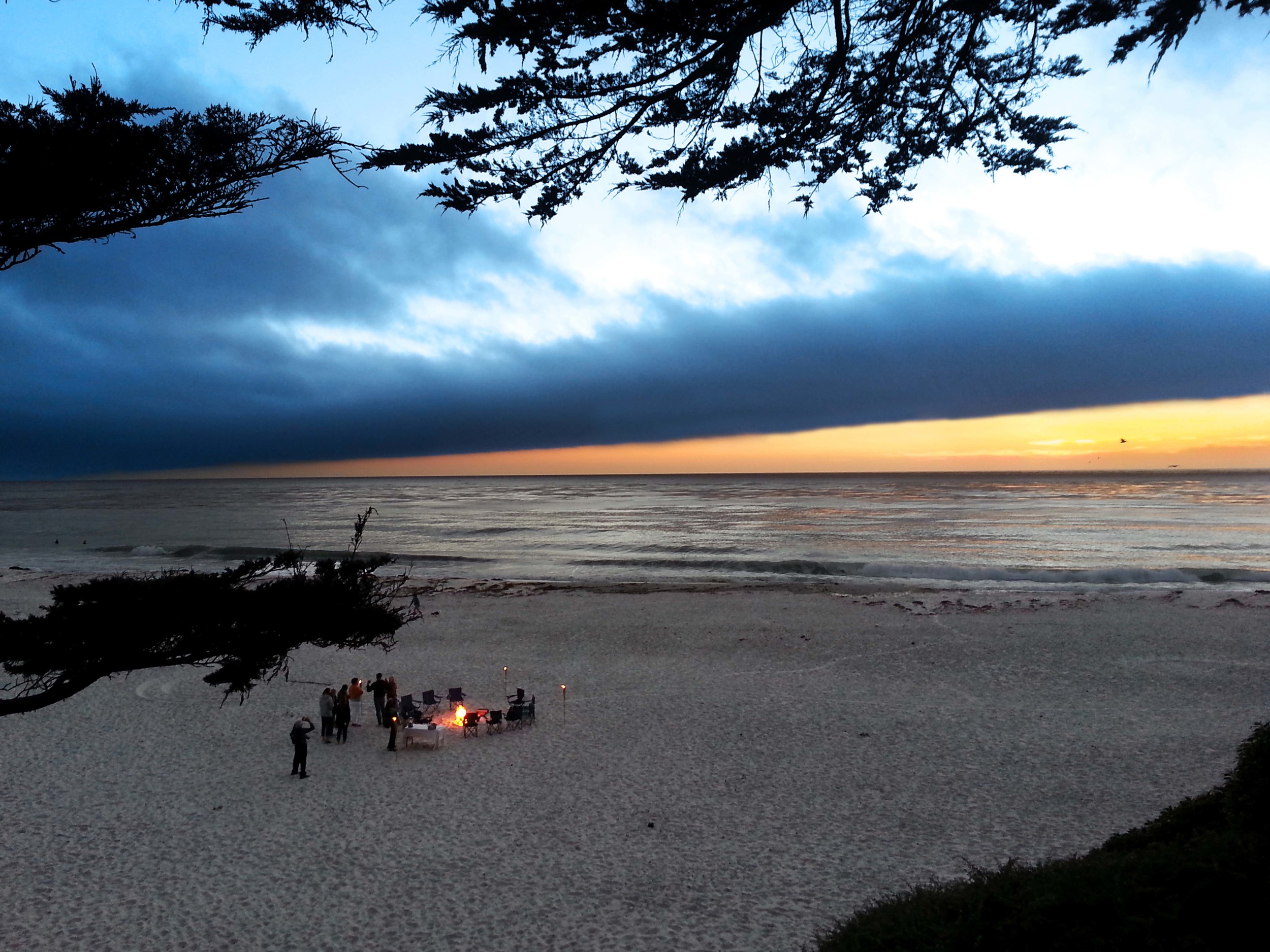
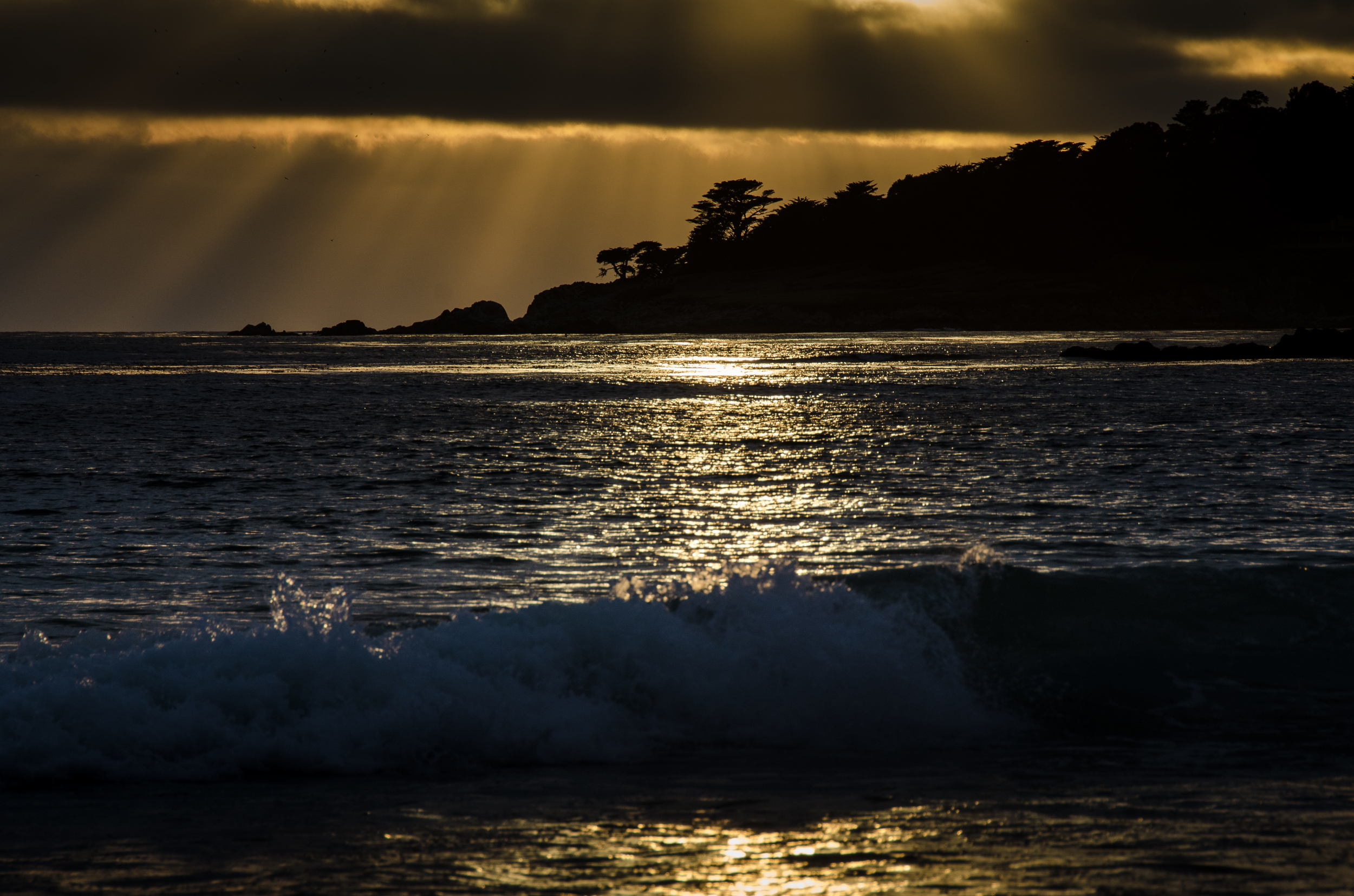
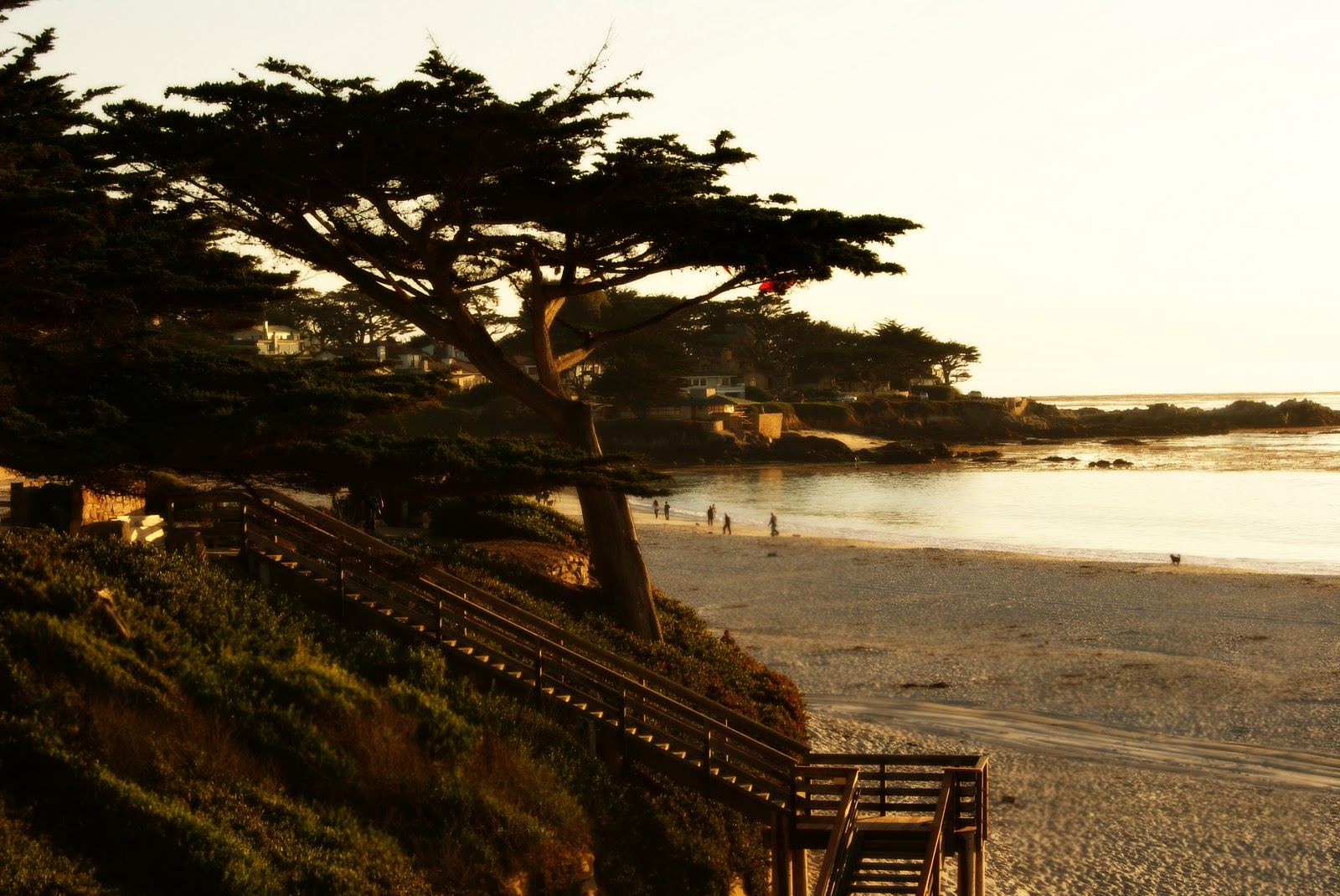

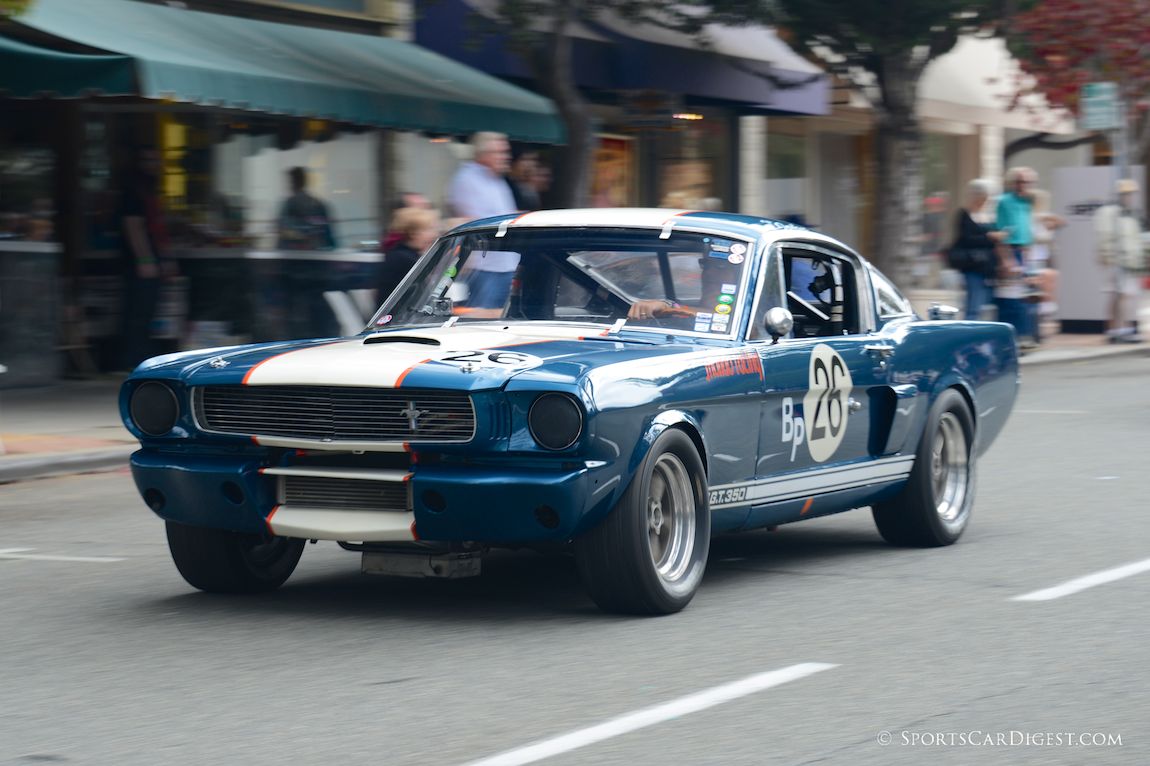
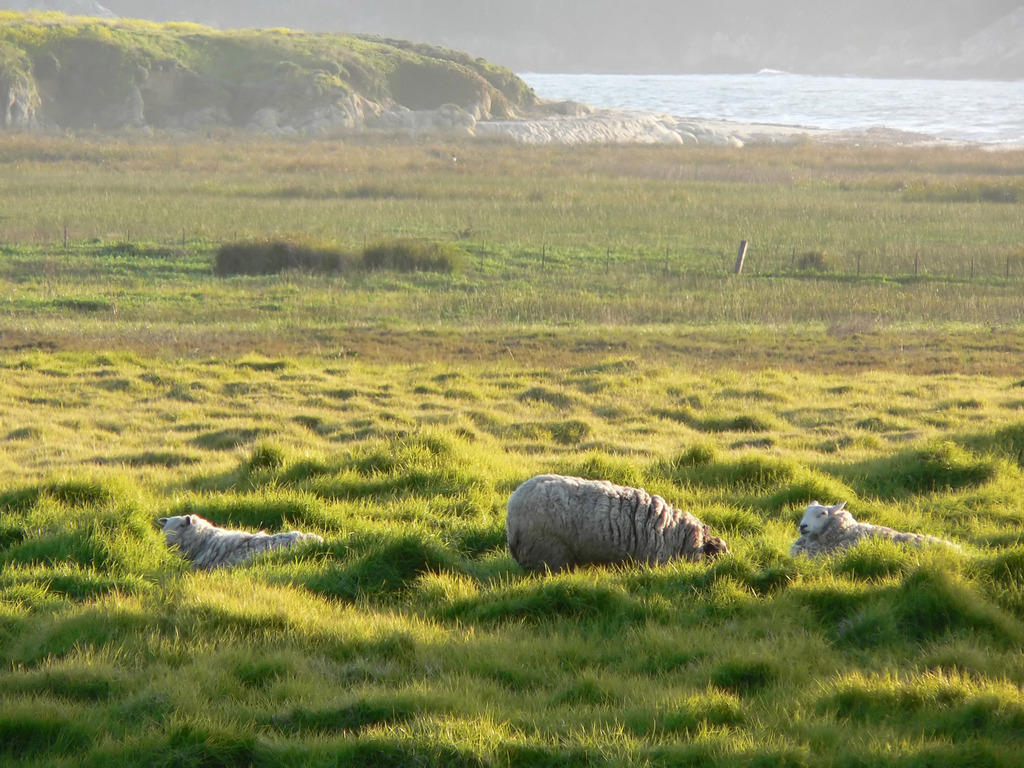
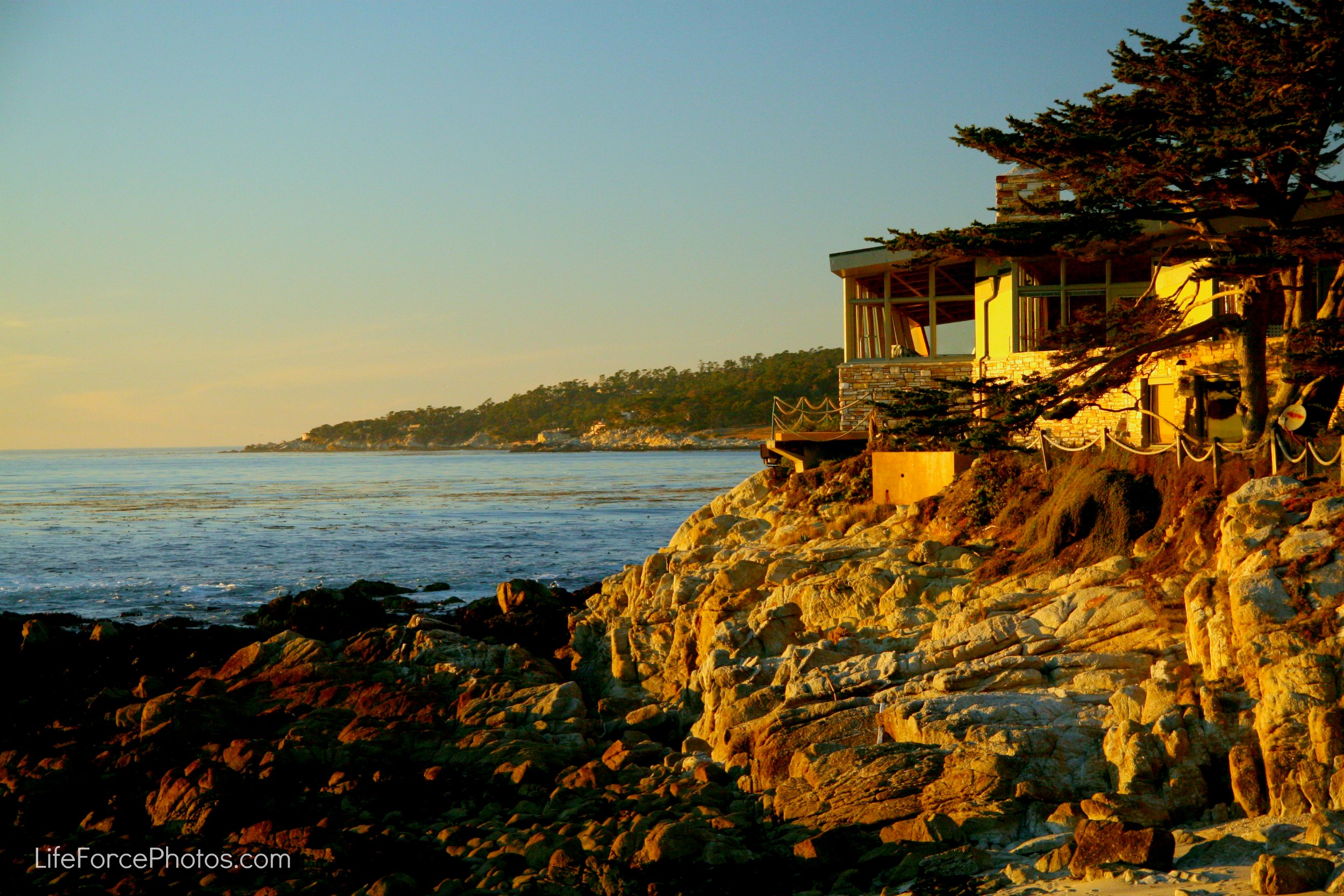
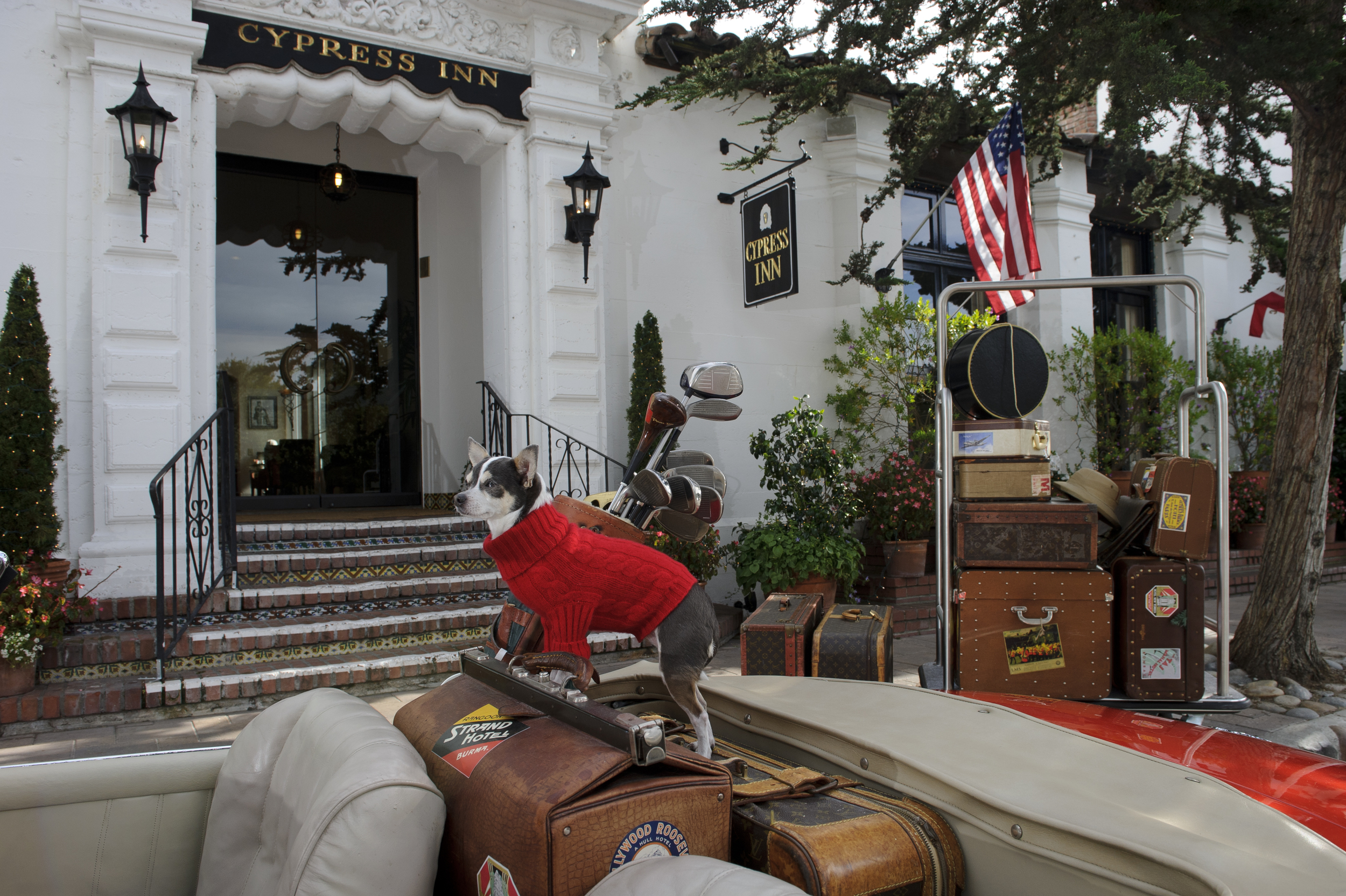
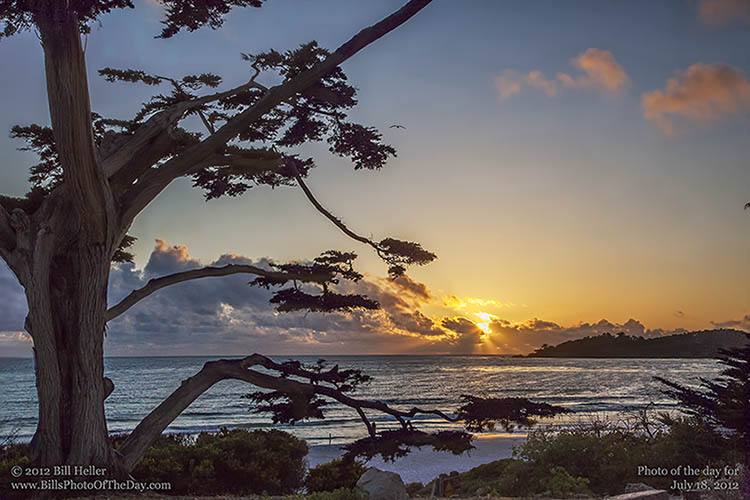
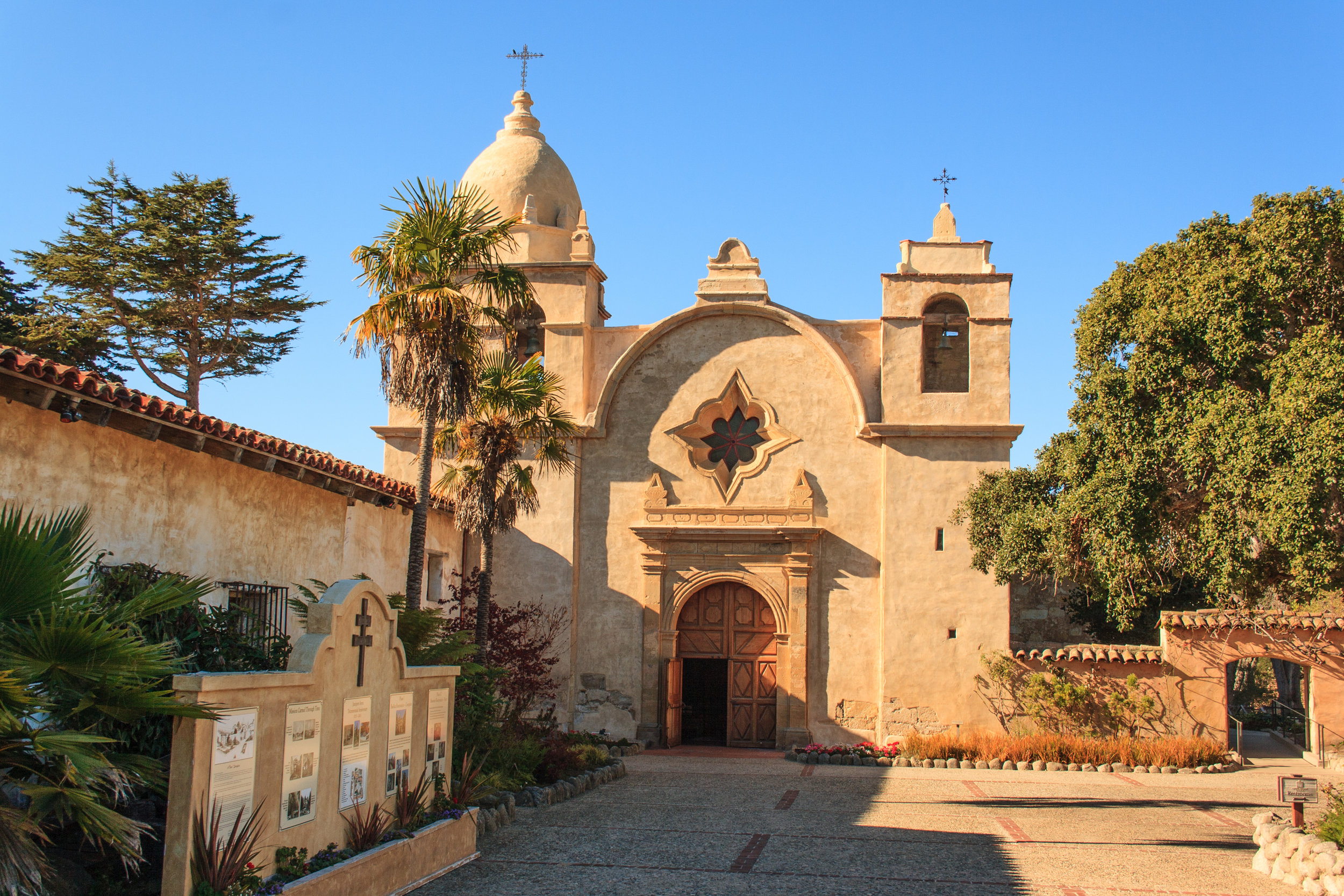
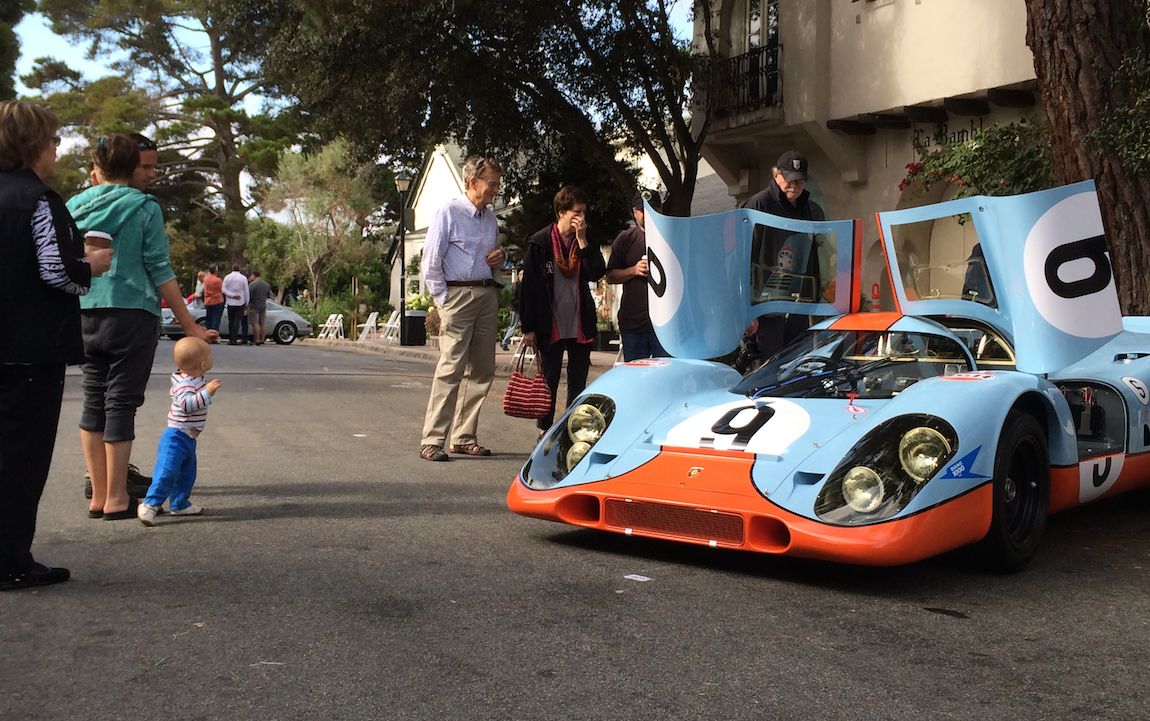

Carmel-by-the-Sea, often called simply Carmel, is a city in Monterey County, California, United States, founded in 1902 and incorporated on October 31, 1916. Situated on the Monterey Peninsula, Carmel is known for its natural scenery and rich artistic history. In 1906, the San Francisco Call devoted a full page to the "artists, poets and writers of Carmel-by-the-Sea", and in 1910 it reported that 60 percent of Carmel's houses were built by citizens who were "devoting their lives to work connected to the aesthetic arts." Early City Councils were dominated by artists, and the city has had several mayors who were poets or actors, including Herbert Heron, founder of the Forest Theater, bohemian writer and actor Perry Newberry, and actor-director Clint Eastwood.
The city is known for being dog-friendly, with numerous hotels, restaurants and retail establishments admitting guests with dogs. Carmel is also known for several unusual laws, including a prohibition on wearing high-heel shoes without a permit, enacted to prevent lawsuits arising from tripping accidents caused by irregular pavement.[10] Carmel is also divided into 3 sections: Carmel-by-the-Sea, Carmel Valley and Carmel Highlands.
Carmel-by-the-Sea is located on the Pacific coast, about 330 miles (530 km) north of Los Angeles and 120 miles (190 km) south of San Francisco. As of the 2010 census, the town had a total population of 3,722, down from 4,081 at the 2000 census.

Pebble Beach
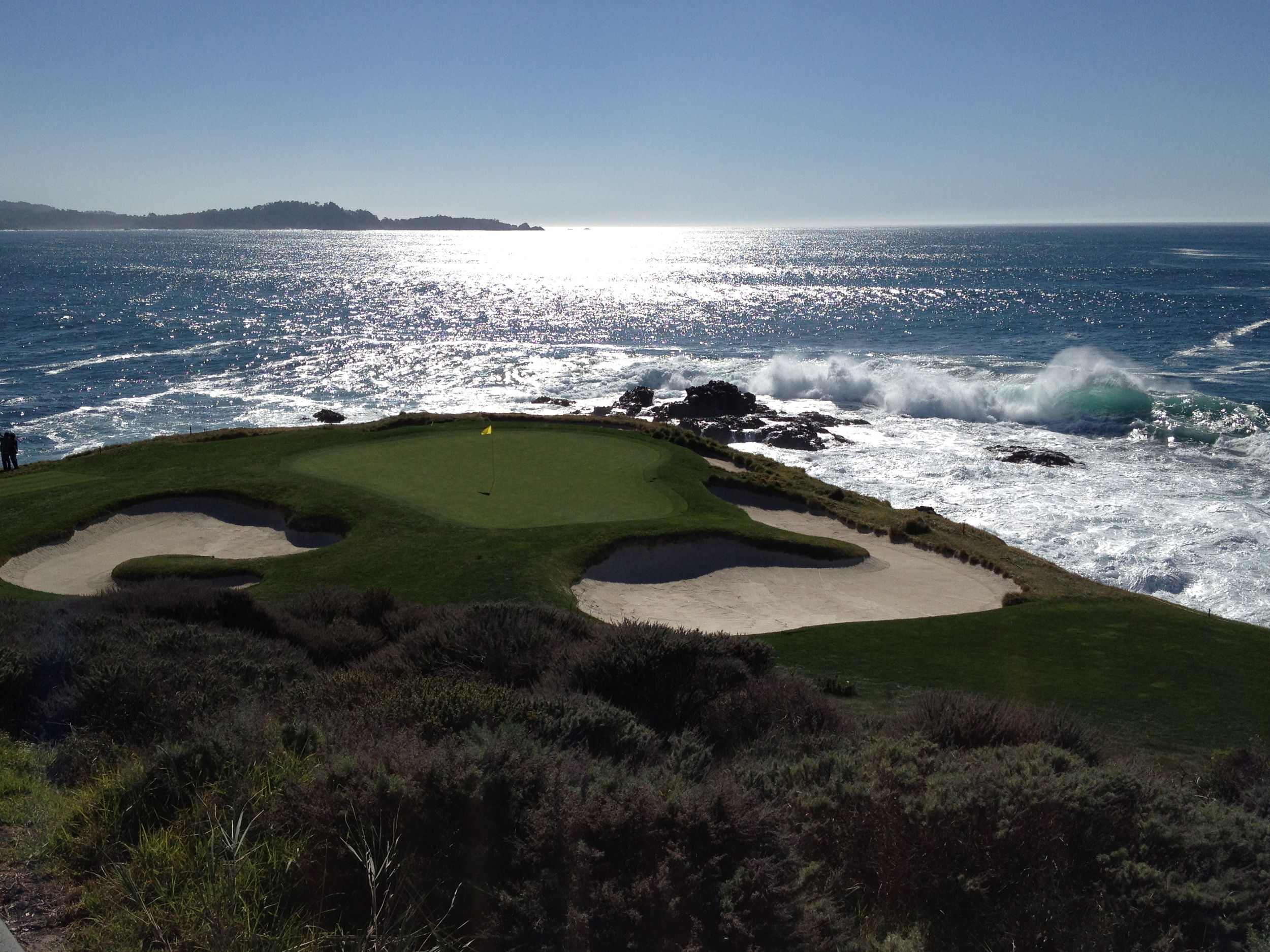
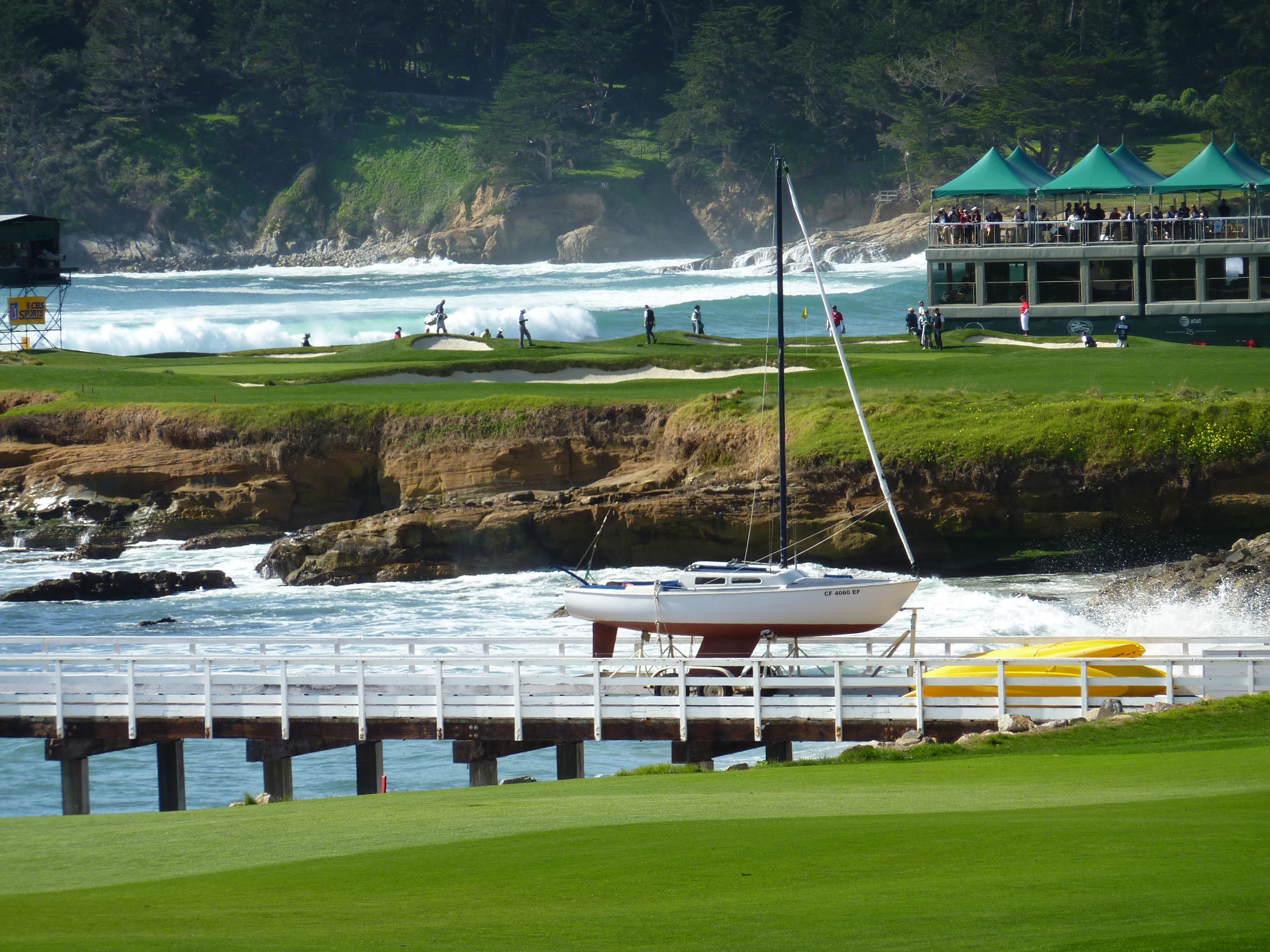
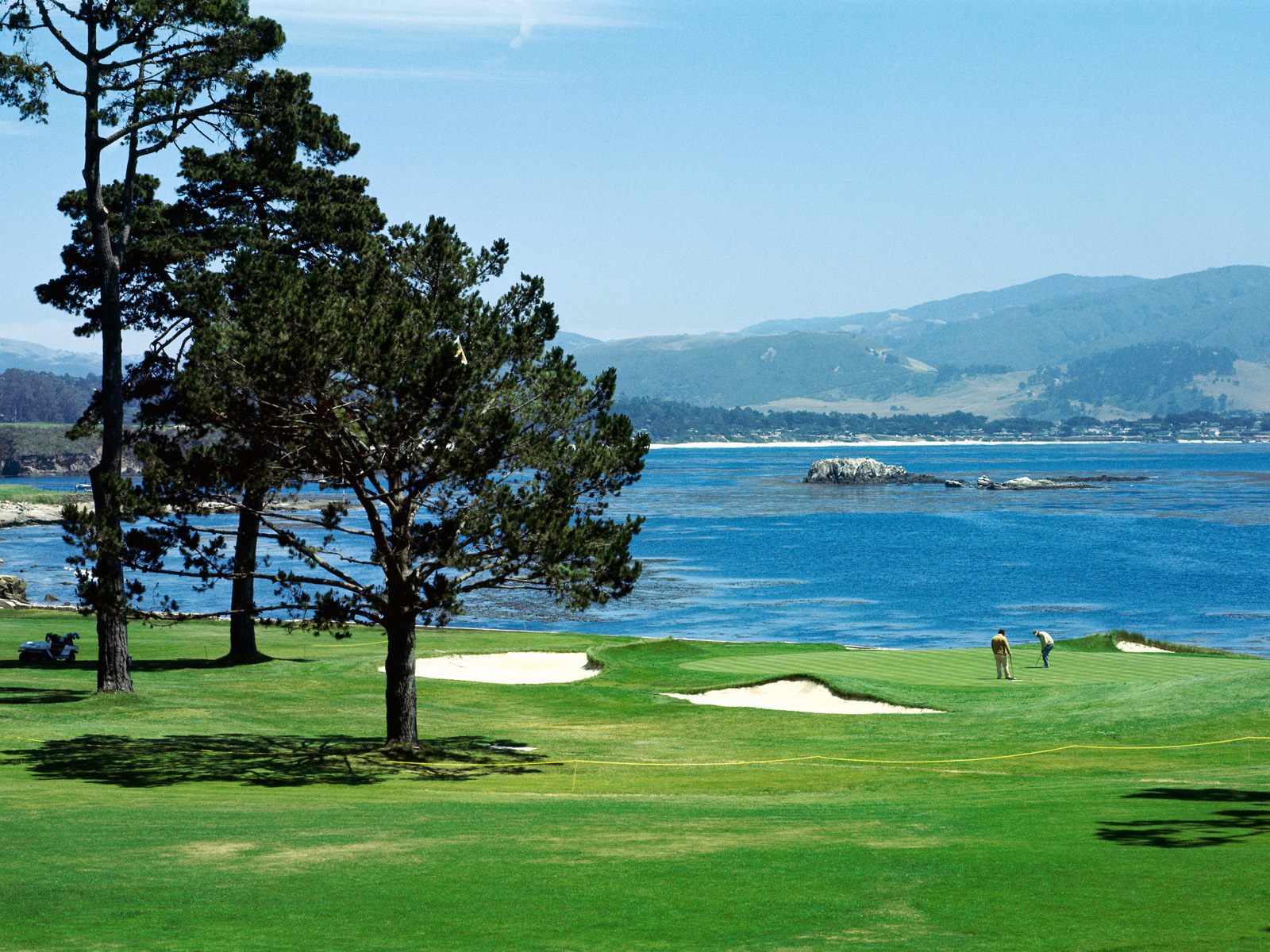


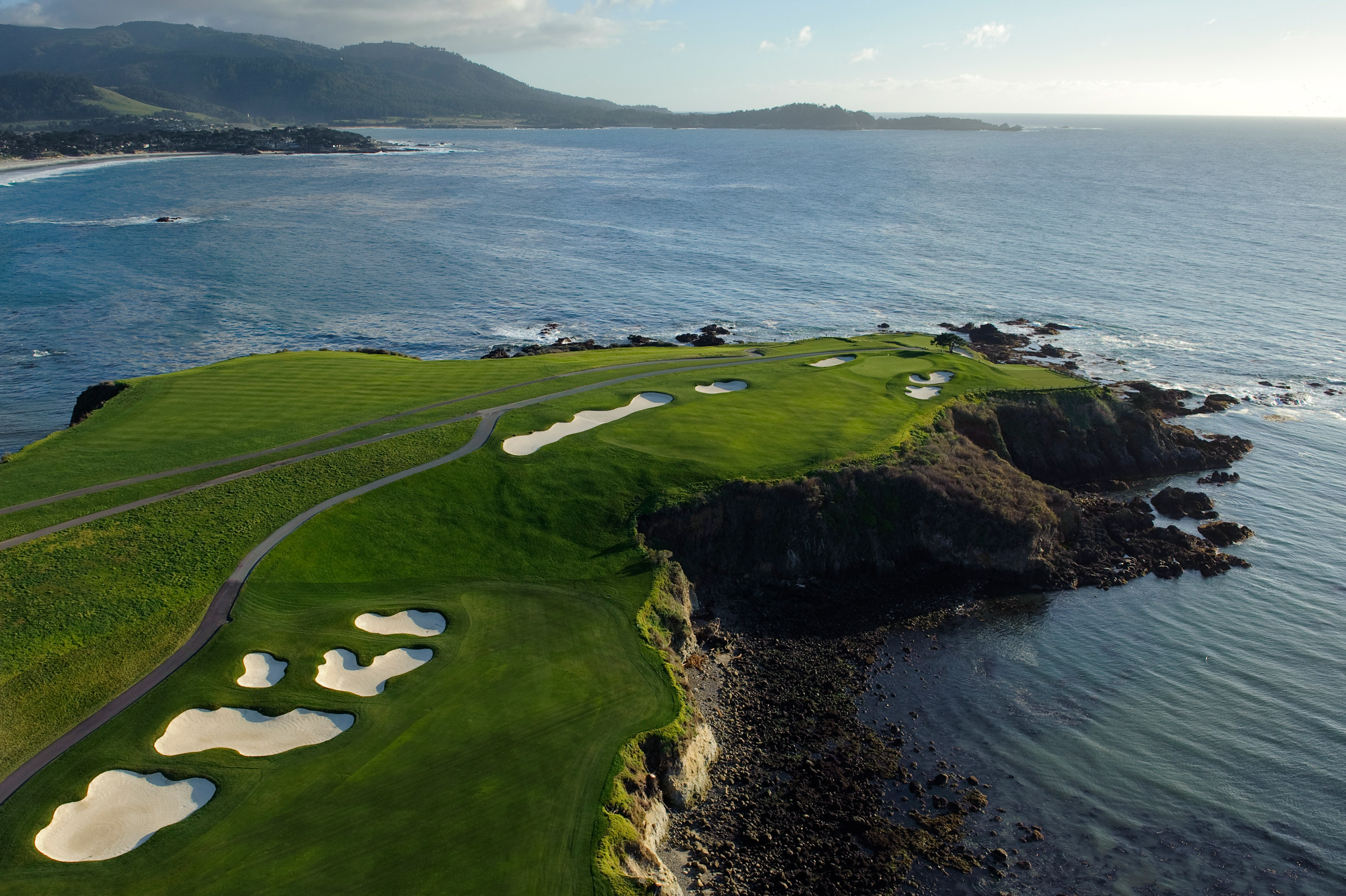
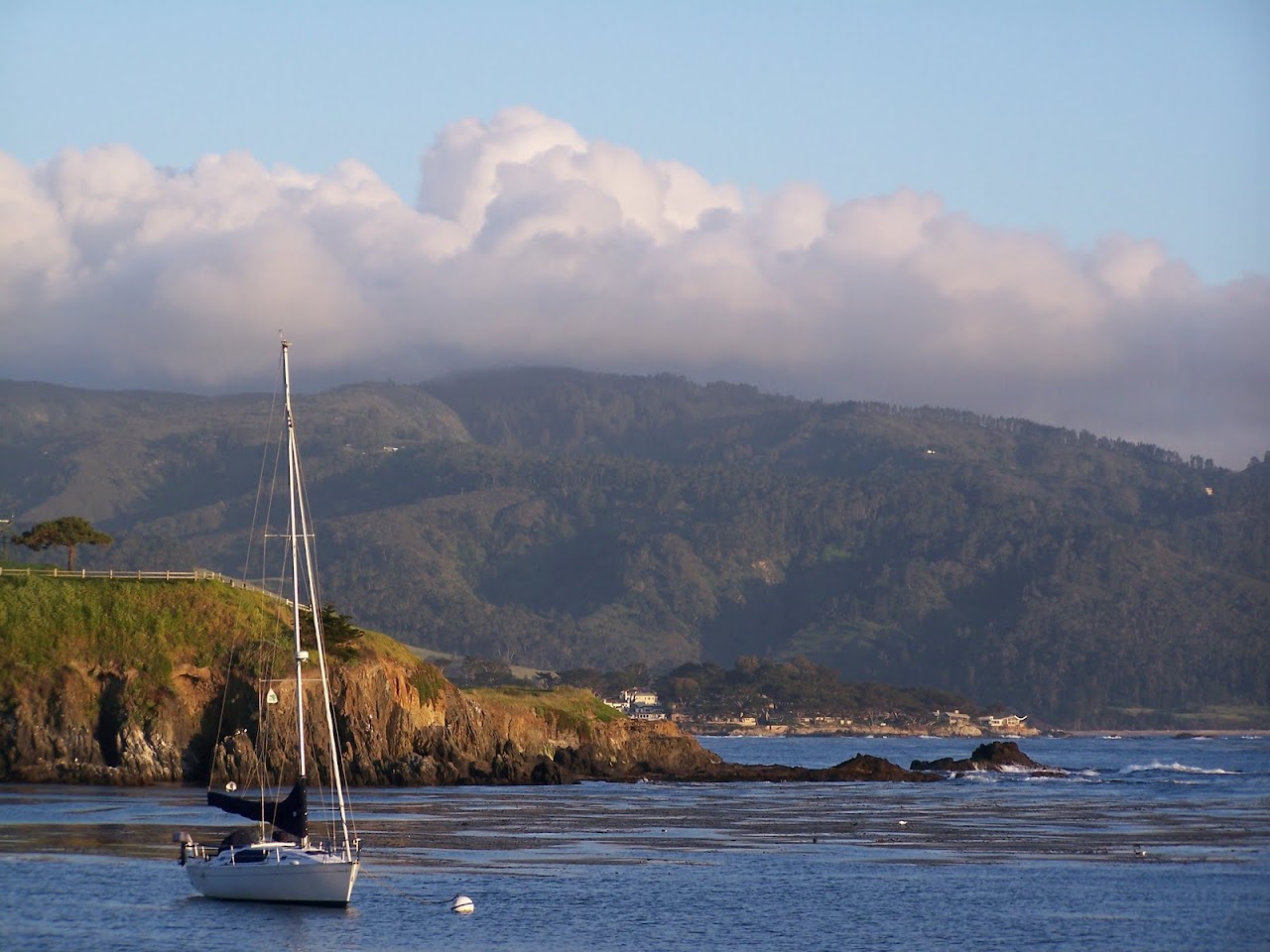
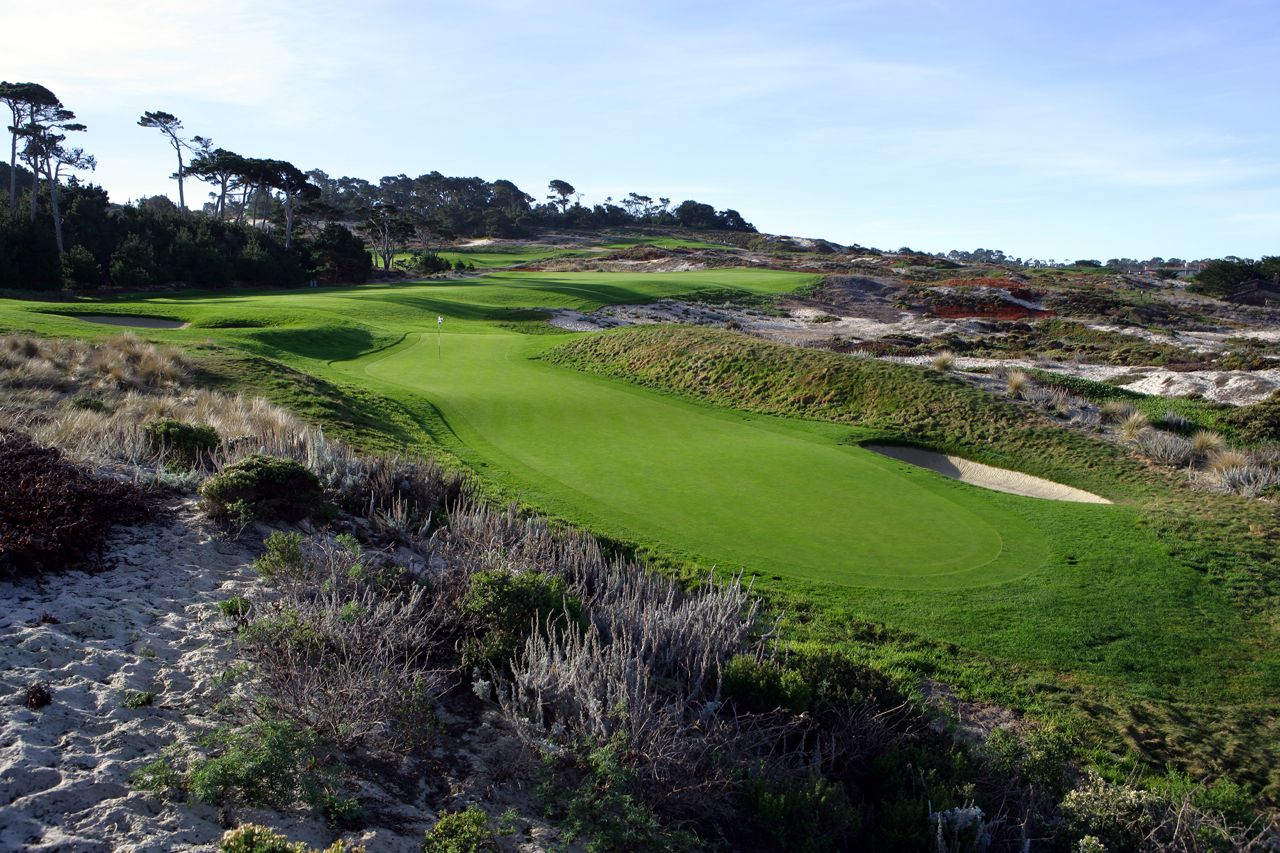
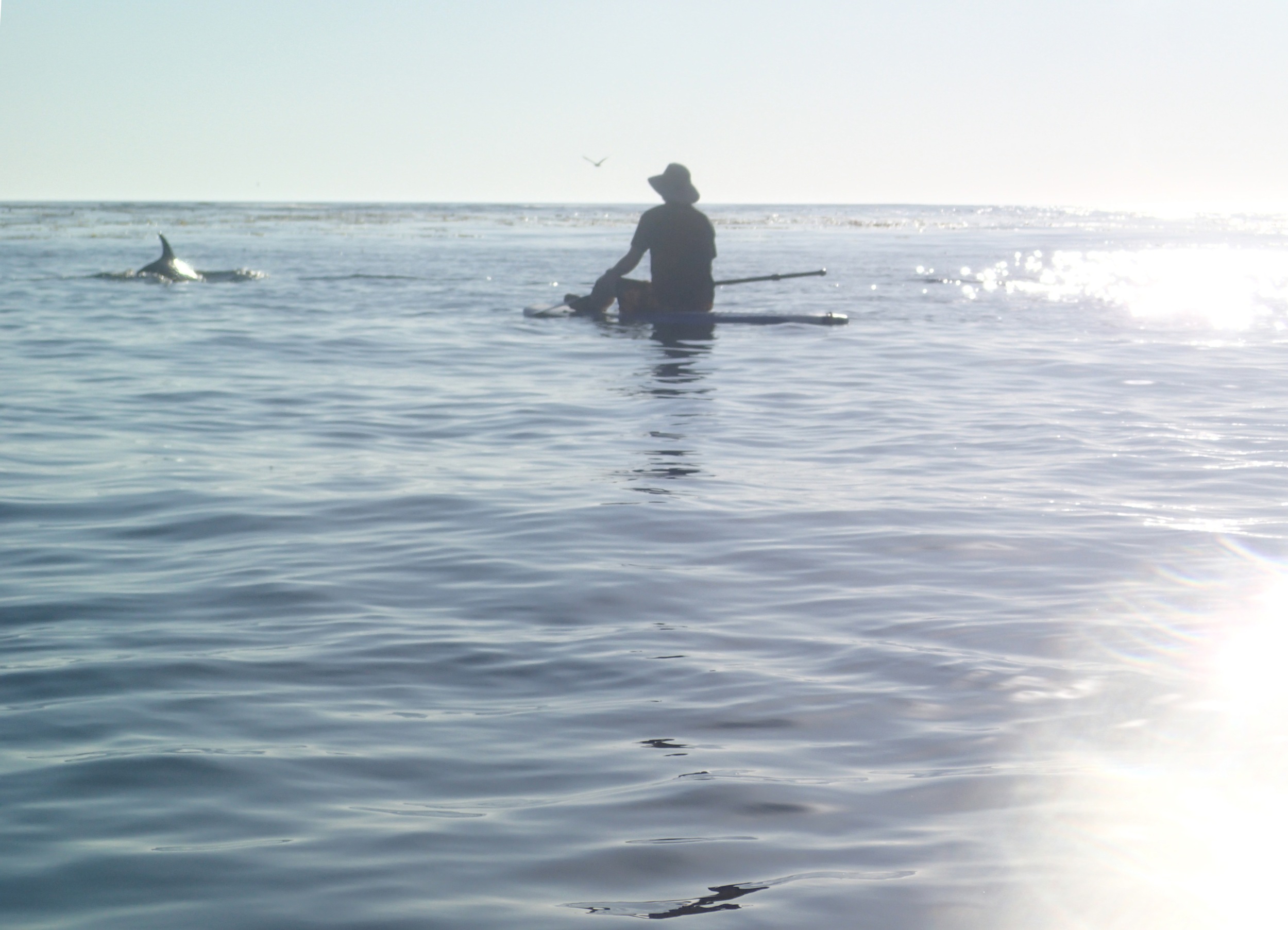
Pebble Beach is an unincorporated community on the Monterey Peninsula in Monterey County, California. It lies at an elevation of 3 feet (1 m).[1] Pebble Beach is a small coastal resort destination, home to the famous golf course, Pebble Beach Golf Links.
As well, The Inn at Spanish Bay and The Lodge at Pebble Beach and four of the eight golf courses inside the Pebble Beach community are among the local assets owned by the Pebble Beach Company. Residents pay road fees for maintenance as well as Monterey County property taxes. Application of the property tax revenues is the realm of the Pebble Beach Community Services District, a public agency with an elected board of directors that manages essential functions including fire protection and emergency medical services, supplemental law enforcement, wastewater collection and treatment, recycled water distribution, and garbage collection, disposal and recycling. The community's post office is named Pebble Beach, as is its identity; whereas the U.S. Census Bureau aggregates census returns from Pebble Beach as part of the larger census-designated place of Del Monte Forest.
Area open space is partly administered by the Del Monte Forest Conservancy, a non-profit organization designated by Monterey County and the California Coastal Commission to acquire and manage certain properties by conservation easement and, as well, as by fee title. The Conservancy comprises a volunteer board of up to 12 members working to preserve the open space within the Del Monte Forest. All must be property owners and residents of the Forest.
The ZIP Code is 93953, and the community is inside area code 831.

Big Sur & Carmel Highlands (south coast)
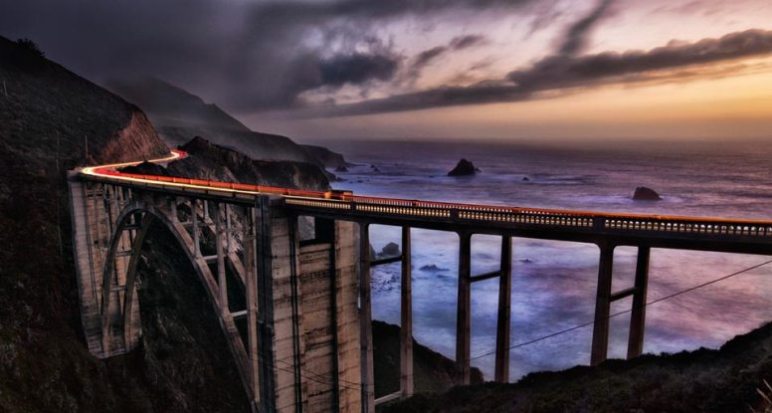
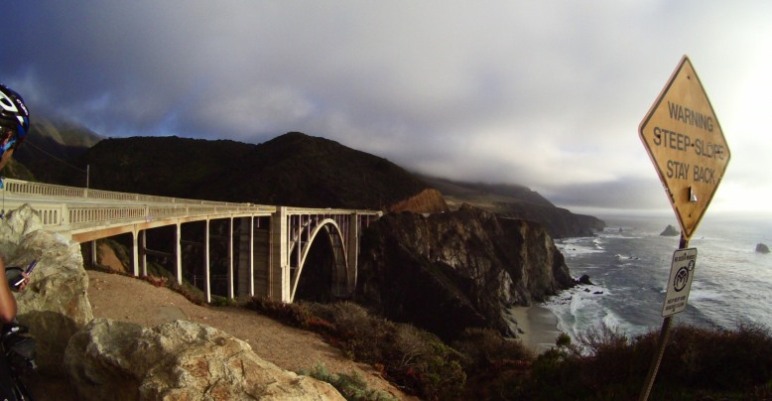
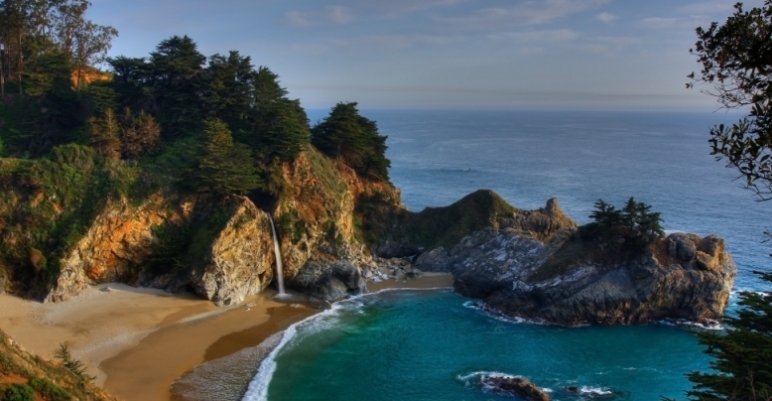
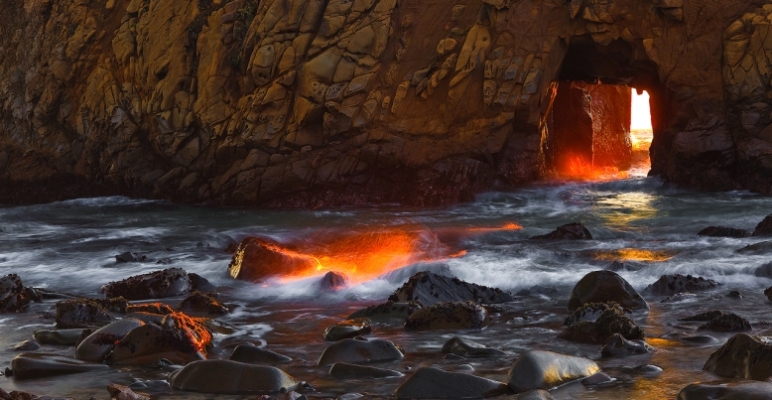
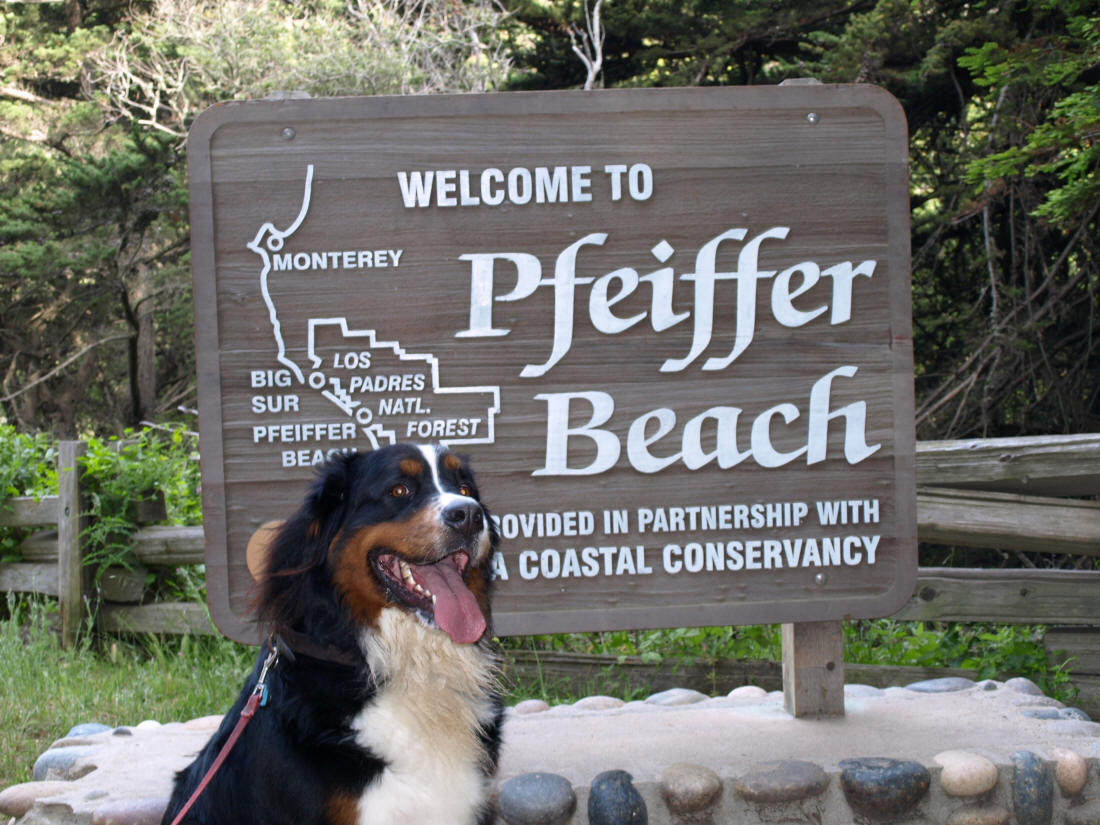
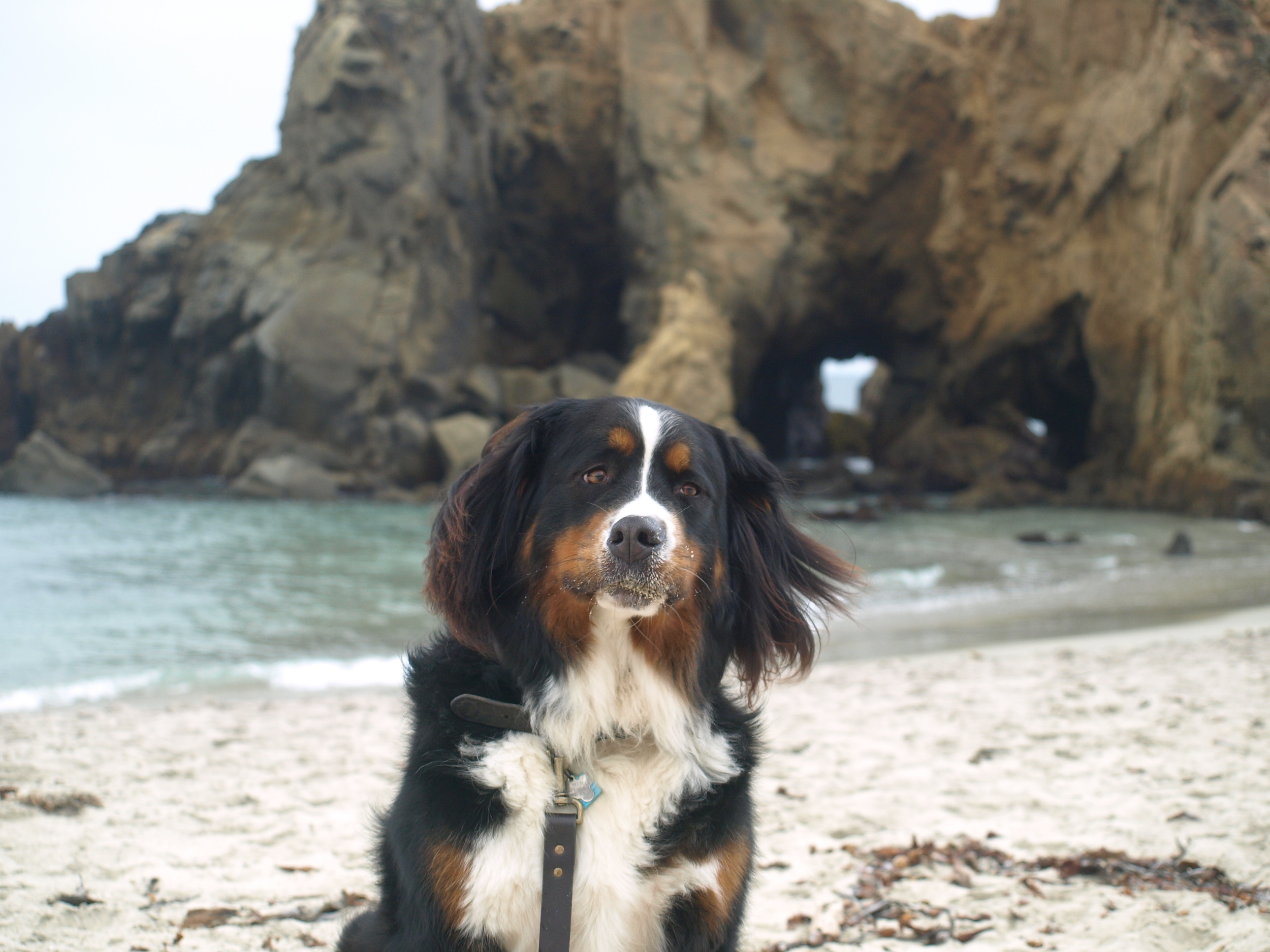

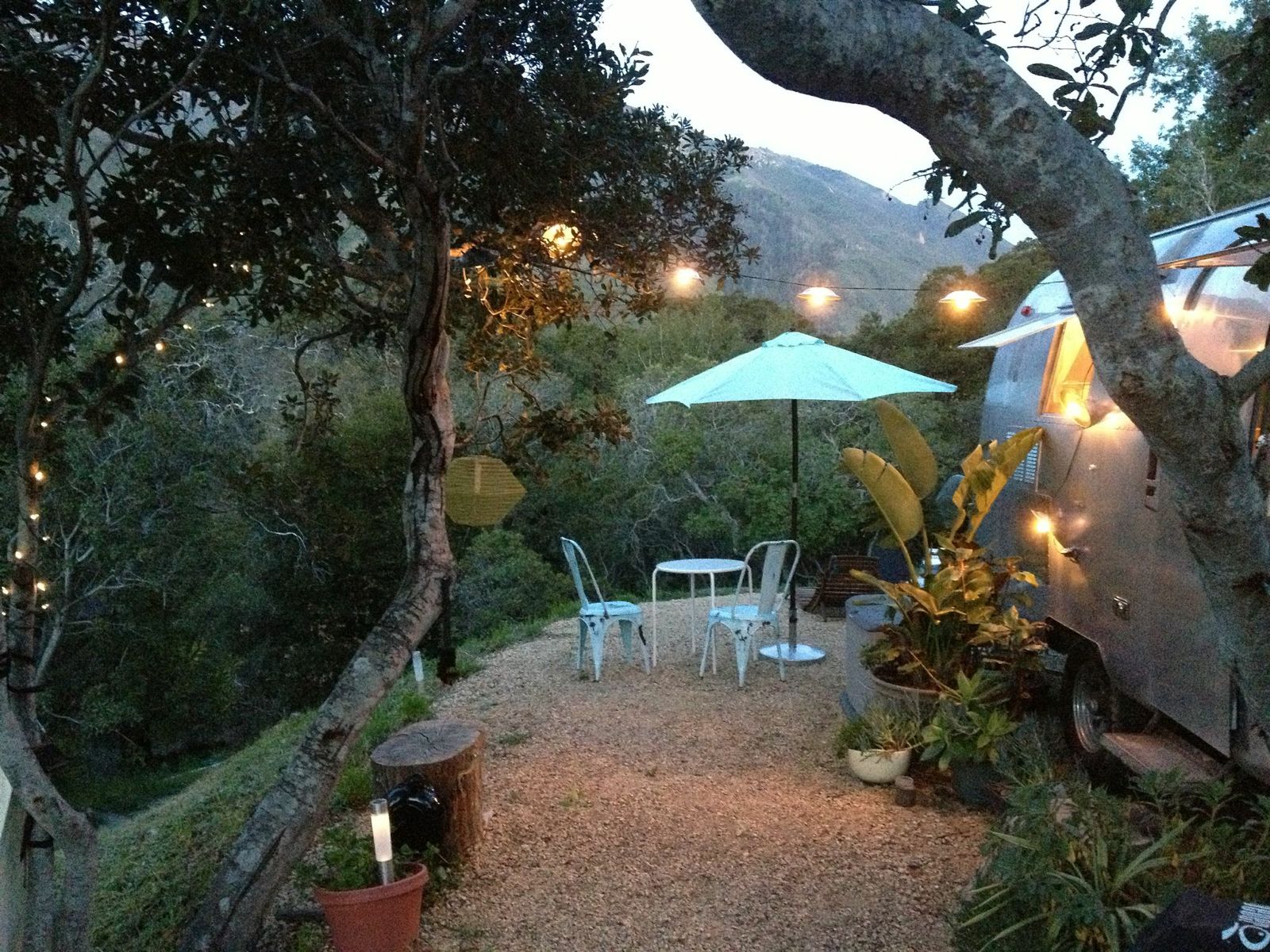
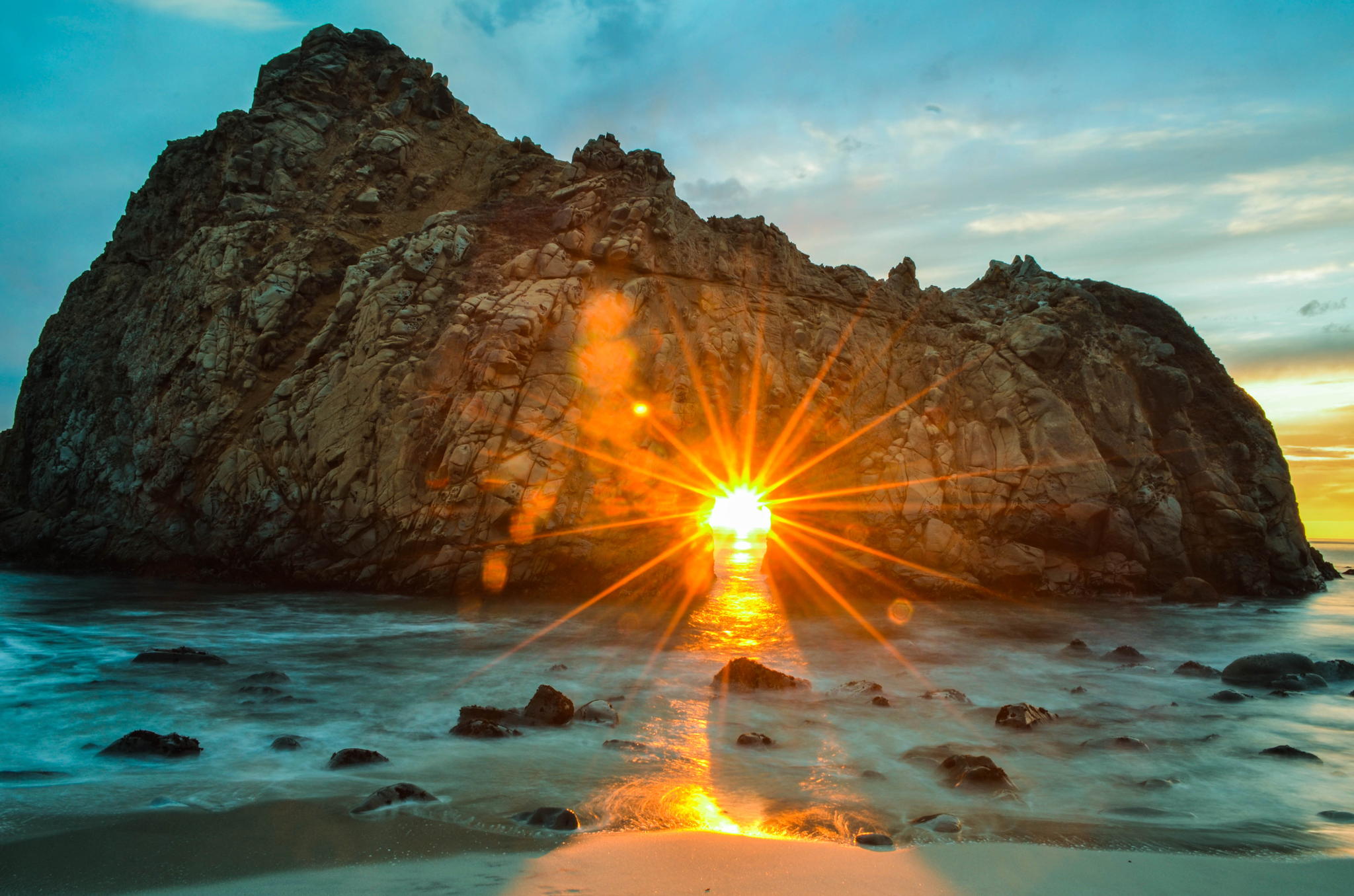
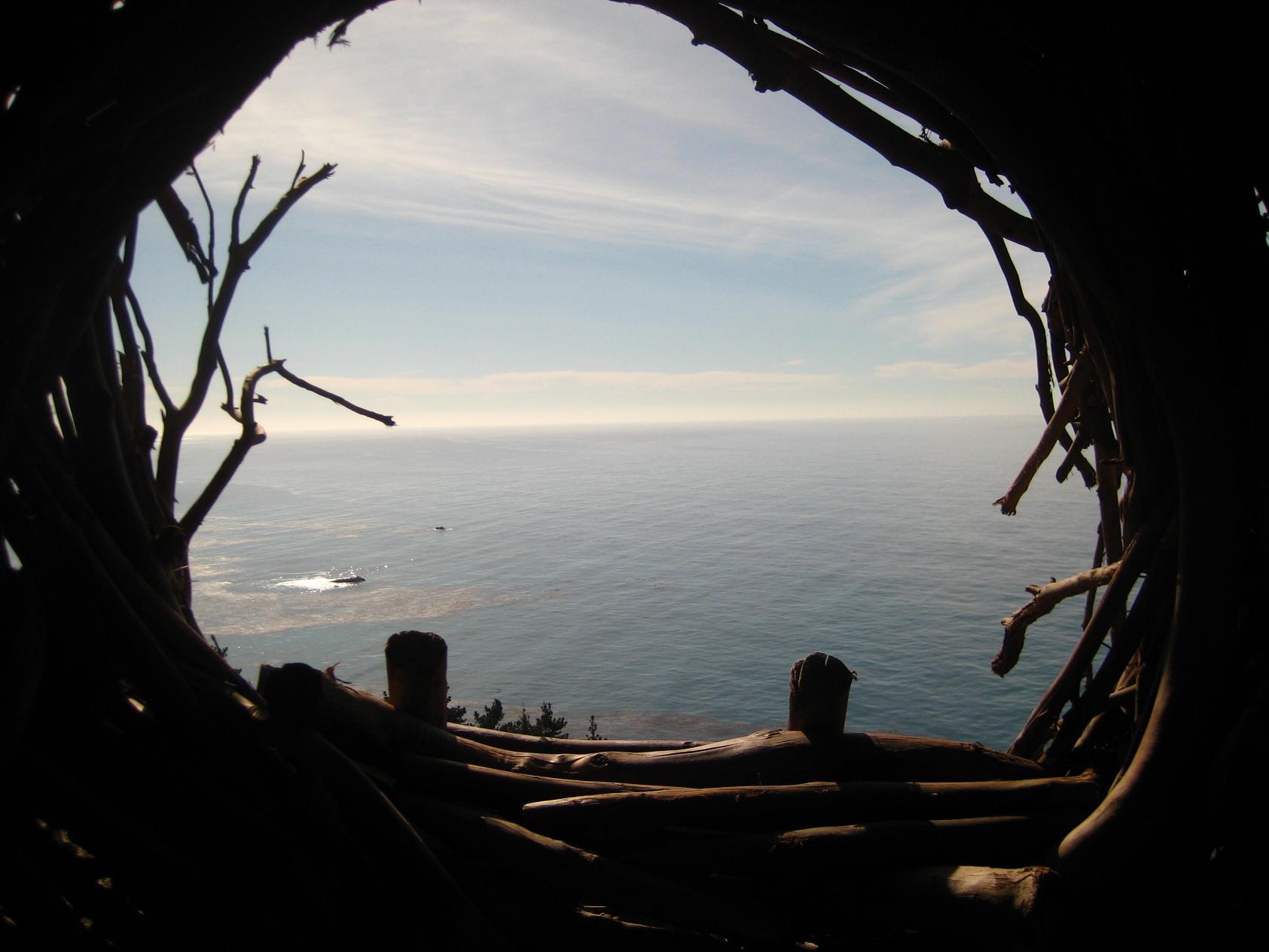
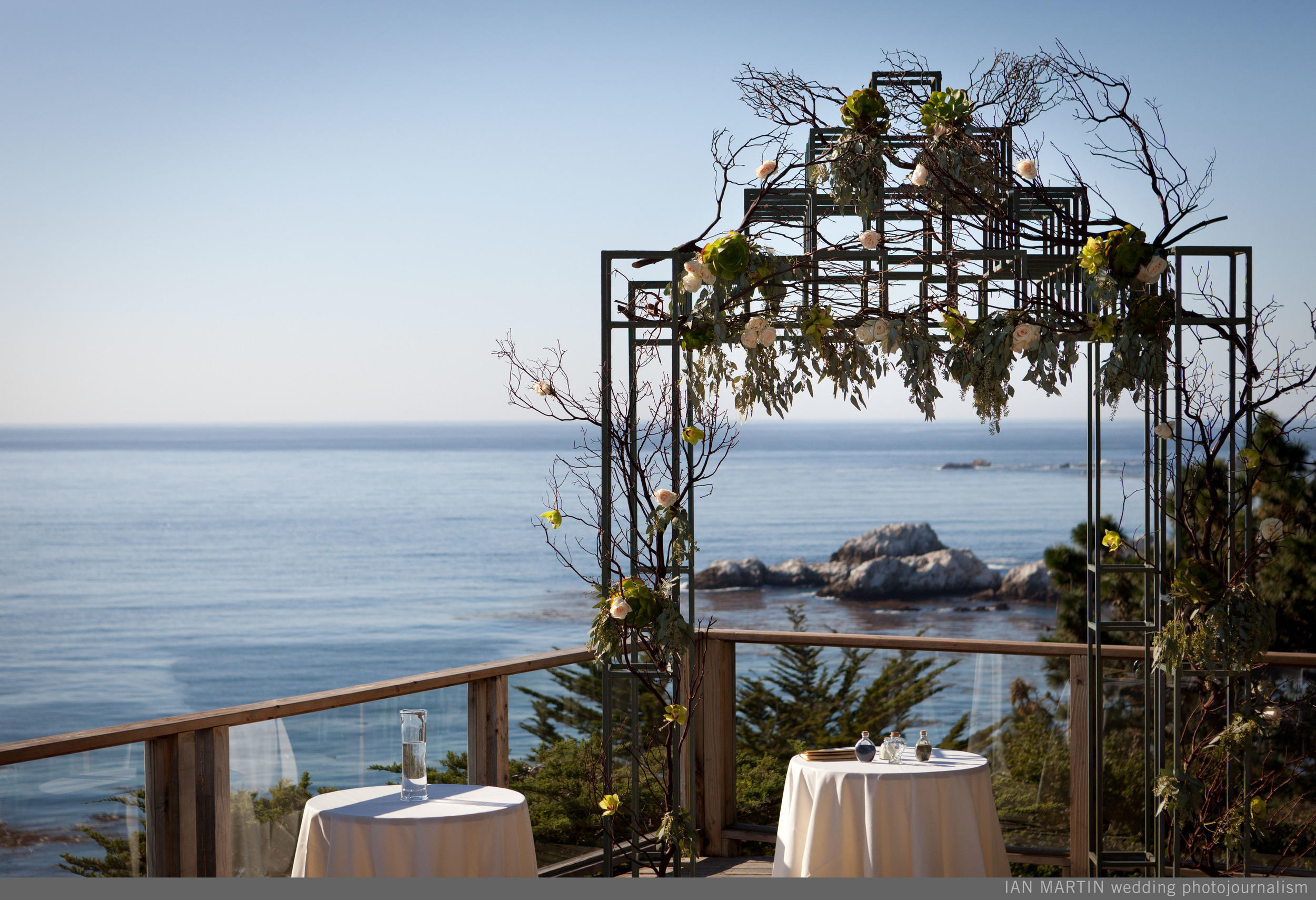
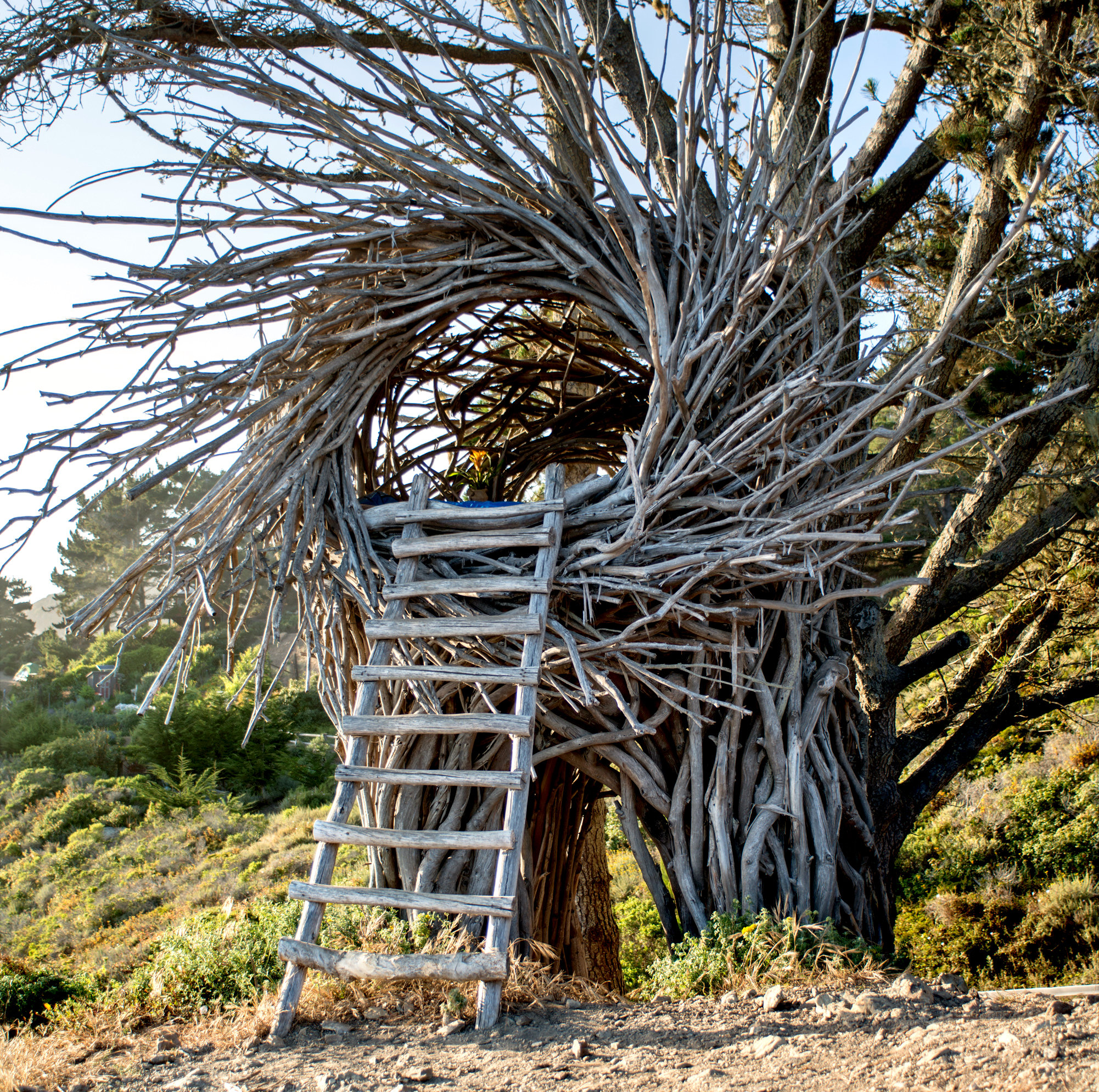
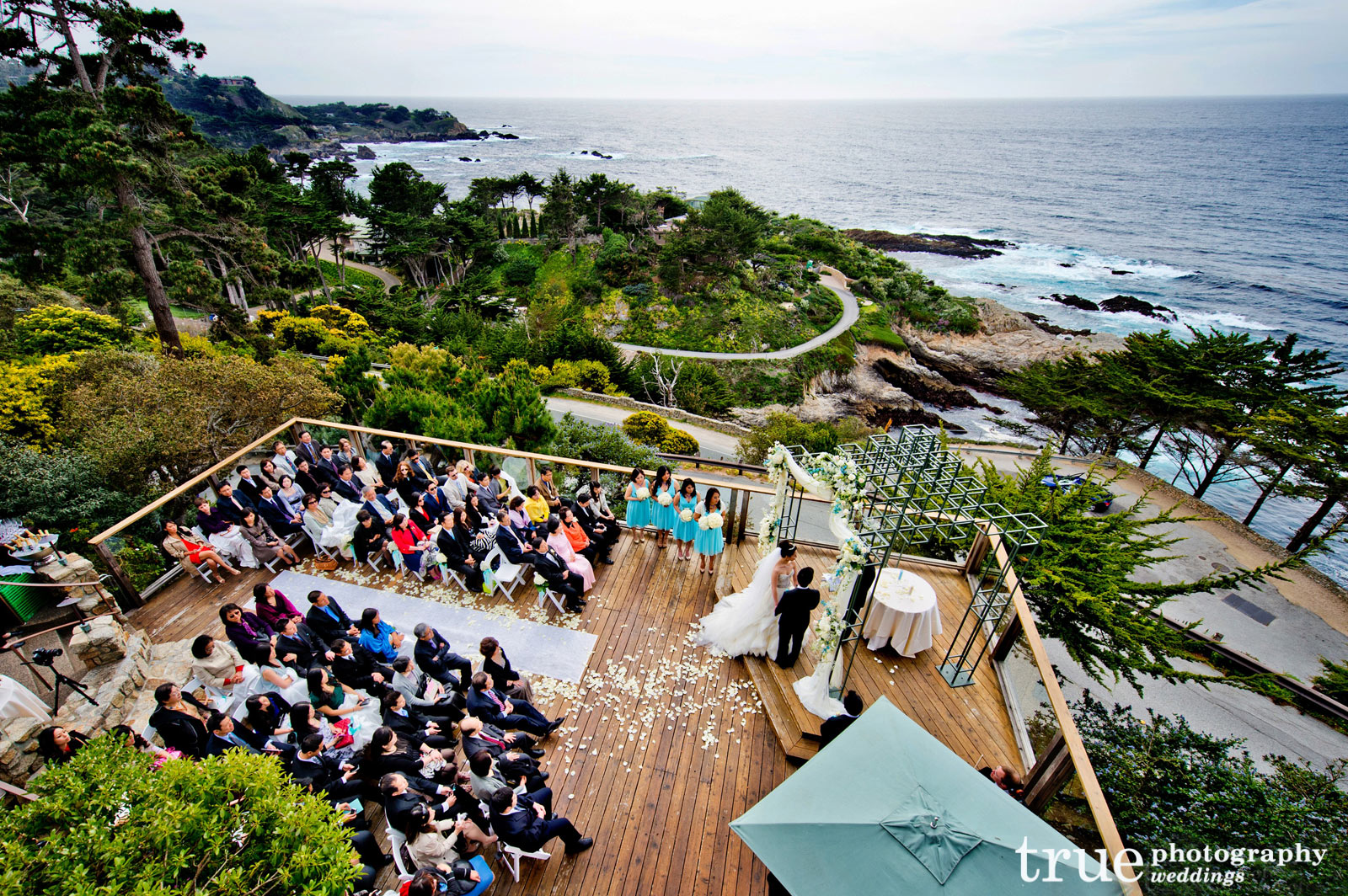
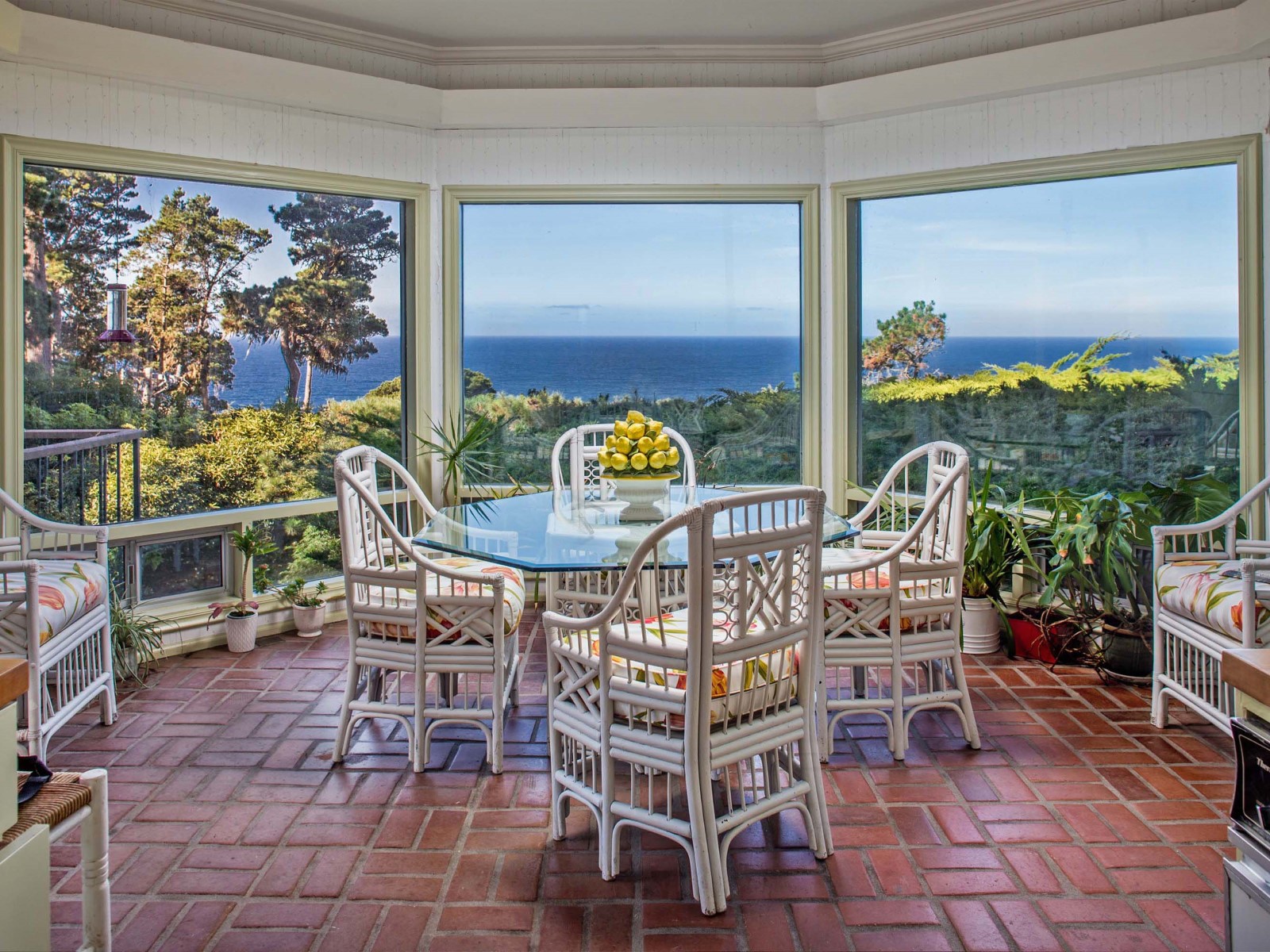
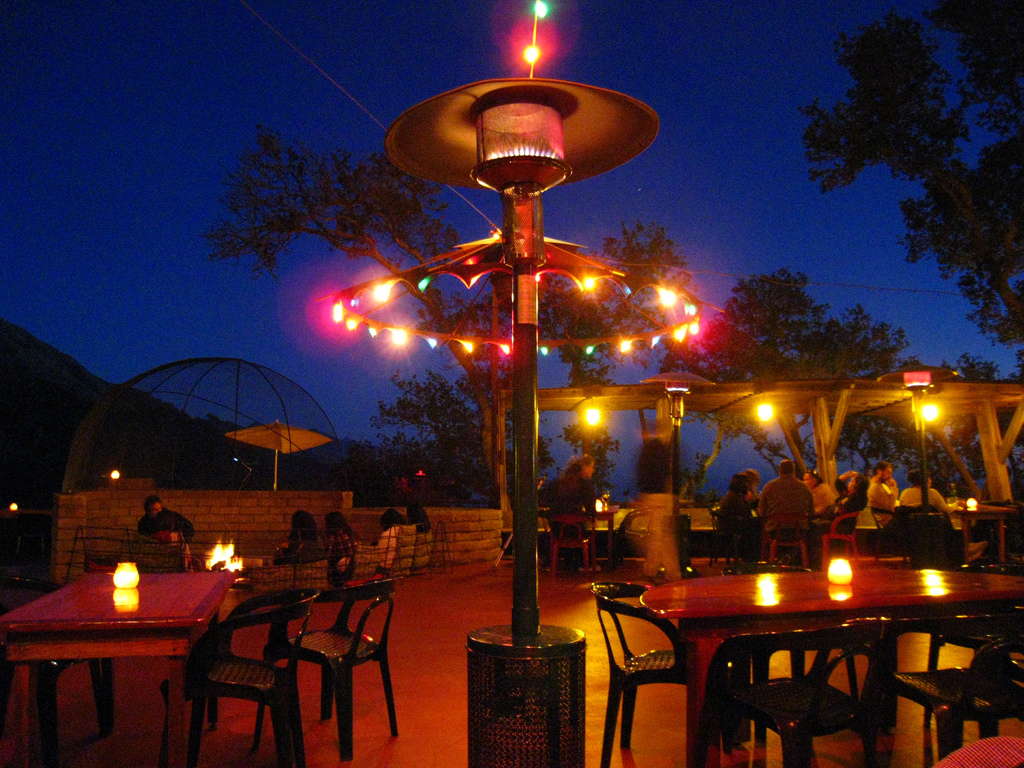

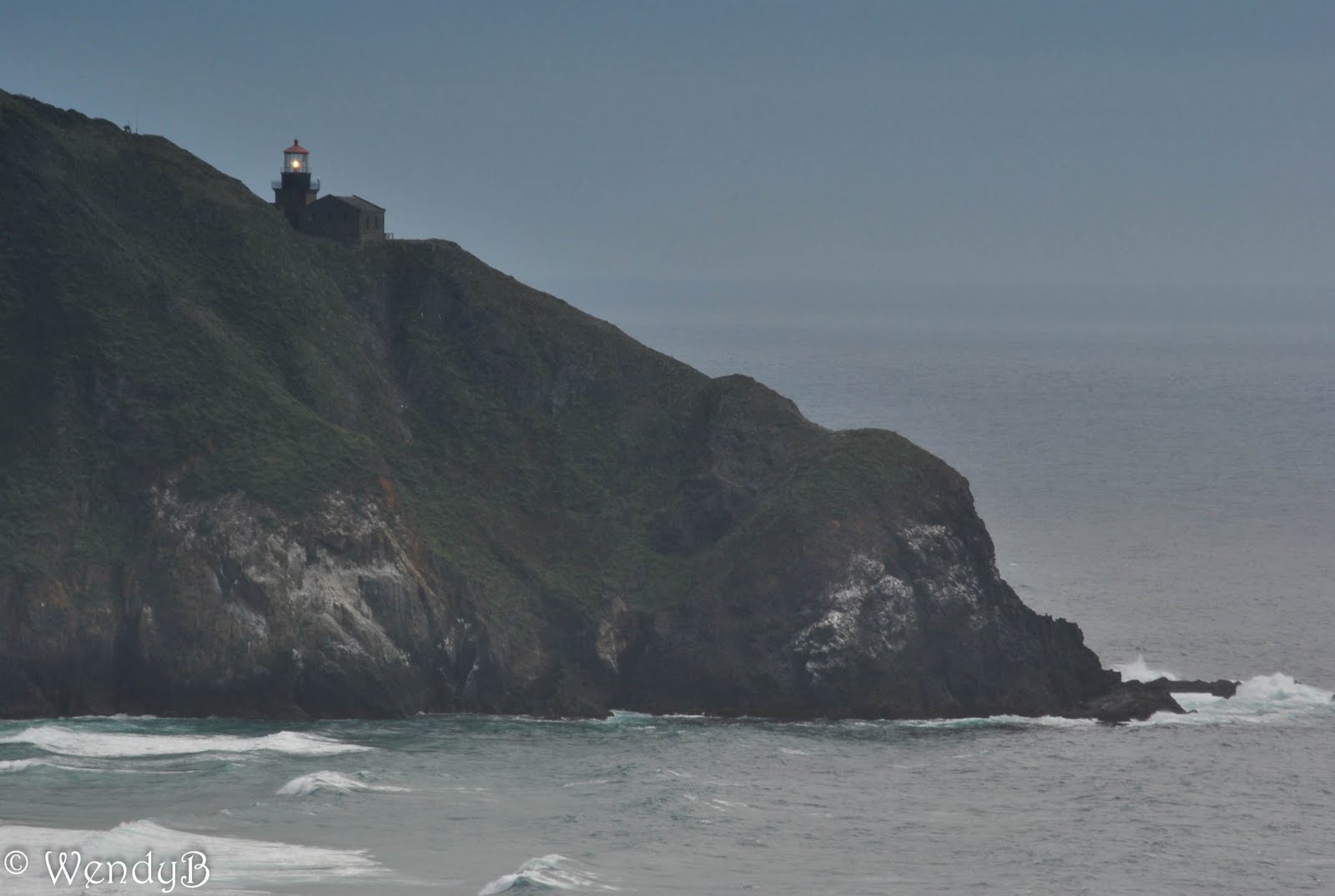
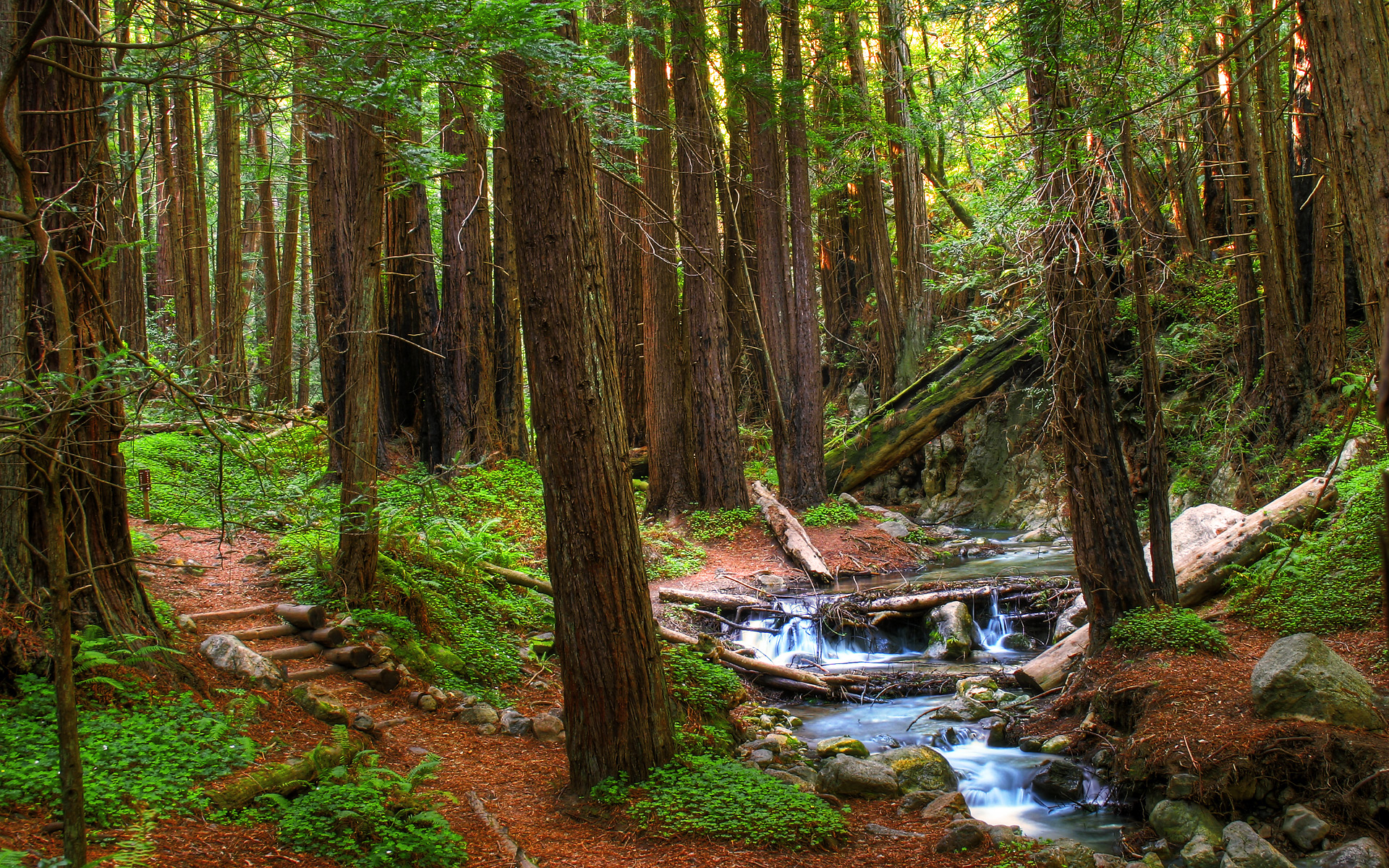
Big Sur is a sparsely populated region of the Central Coast of California where the Santa Lucia Mountains rise abruptly from the Pacific Ocean. Although it has no specific boundaries, many definitions of the area include the 90 miles (140 km) of coastline from the Carmel River in Monterey County south to the San Carpoforo Creek in San Luis Obispo County,[1][2] and extend about 20 miles (30 km) inland to the eastern foothills of the Santa Lucias. Other sources limit the eastern border to the coastal flanks of these mountains, only 3 to 12 miles (5 to 19 km) inland. Another practical definition of the region is the segment of California State Route 1 fromCarmel south to San Simeon. The northern end of Big Sur is about 120 miles (190 km) south of San Francisco, and the southern end is approximately 245 miles (394 km) northwest of Los Angeles.
The name "Big Sur" is derived from the original Spanish-language "el sur grande", meaning "the big south", or from "el país grande del sur", "the big country of the south". This name refers to its location south of the city of Monterey.[3] The terrain offers stunning views, making Big Sur a popular tourist destination. Big Sur's Cone Peak is the highest coastal mountain in the contiguous 48 states, ascending nearly a mile (5,155 feet/1571 m) above sea level, only 3 miles (5 km) from the ocean.[4]
The name Big Sur can also specifically refer to any of the small settlements in the region, including Posts, Lucia and Gorda; mail sent to most areas within the region must be addressed "Big Sur"
Carmel Highlands is an unincorporated community in Monterey County, California, United States.[1] It is 3.5 miles (5.6 km) south of Carmel-by-the-Sea (better known as simply, "Carmel"),[2] at an elevation of 318 feet (97 m).[1] Carmel Highlands is also located just south of the Point Lobos State Reserve, and serves as the northern gateway of the Big Sur coastline along California State Route 1. The real estate in this entire area is some of the most expensive in the United States. Many celebrities have homes and vacation homes in this area. The ZIP Code is 93923, and the community is inside area code 831.
Carmel Highlands was laid out in 1916 by developers Frank Powers and Franklin Devendorf.

Carmel Valley
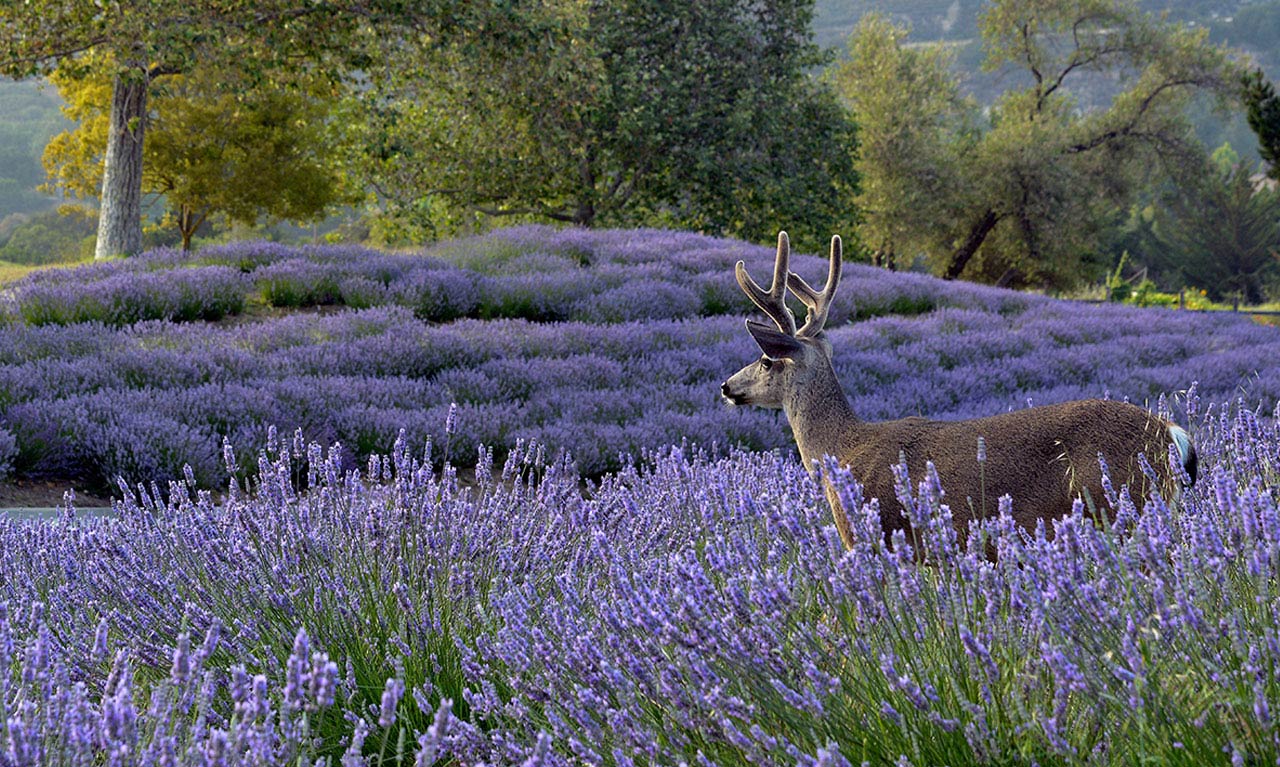
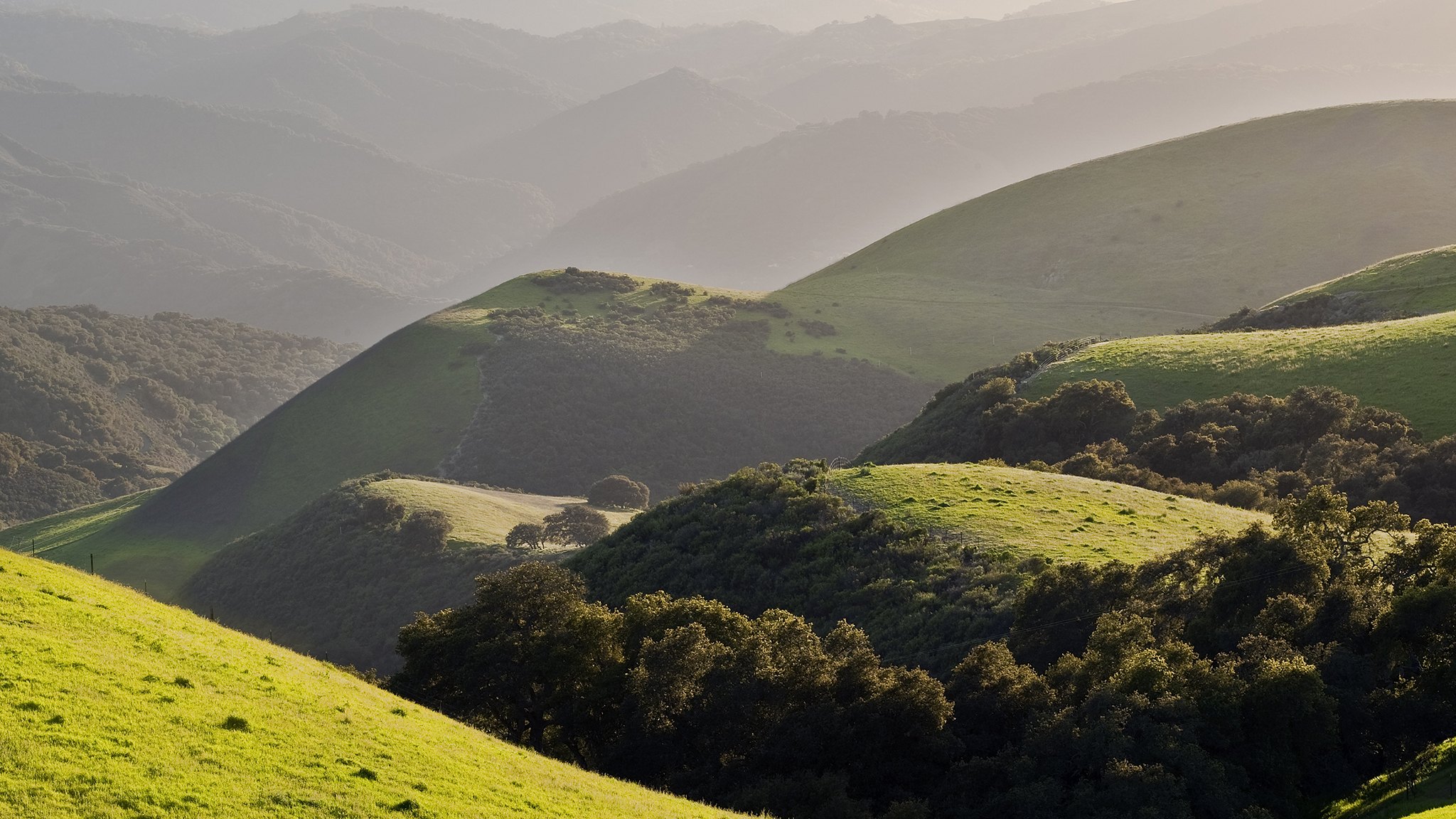
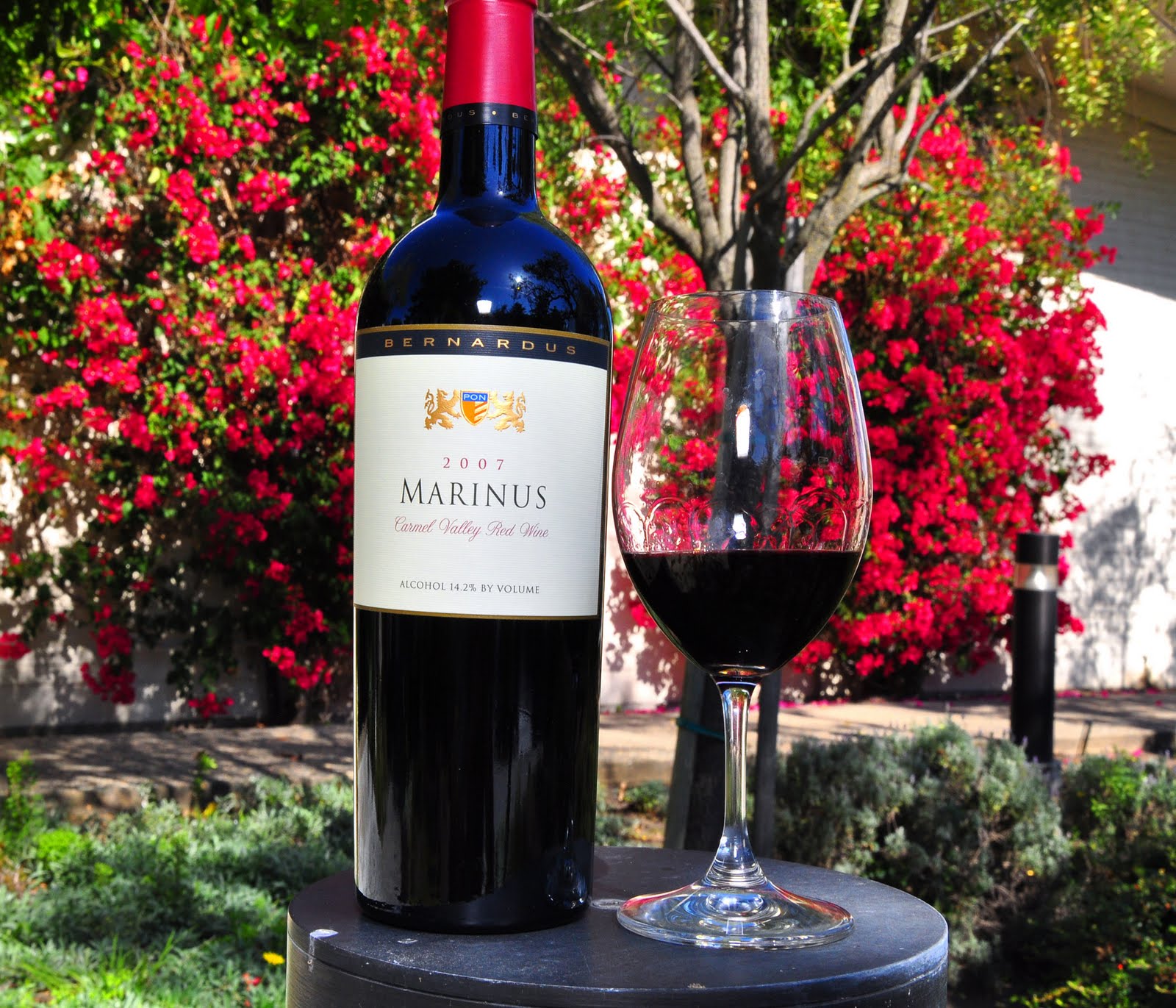
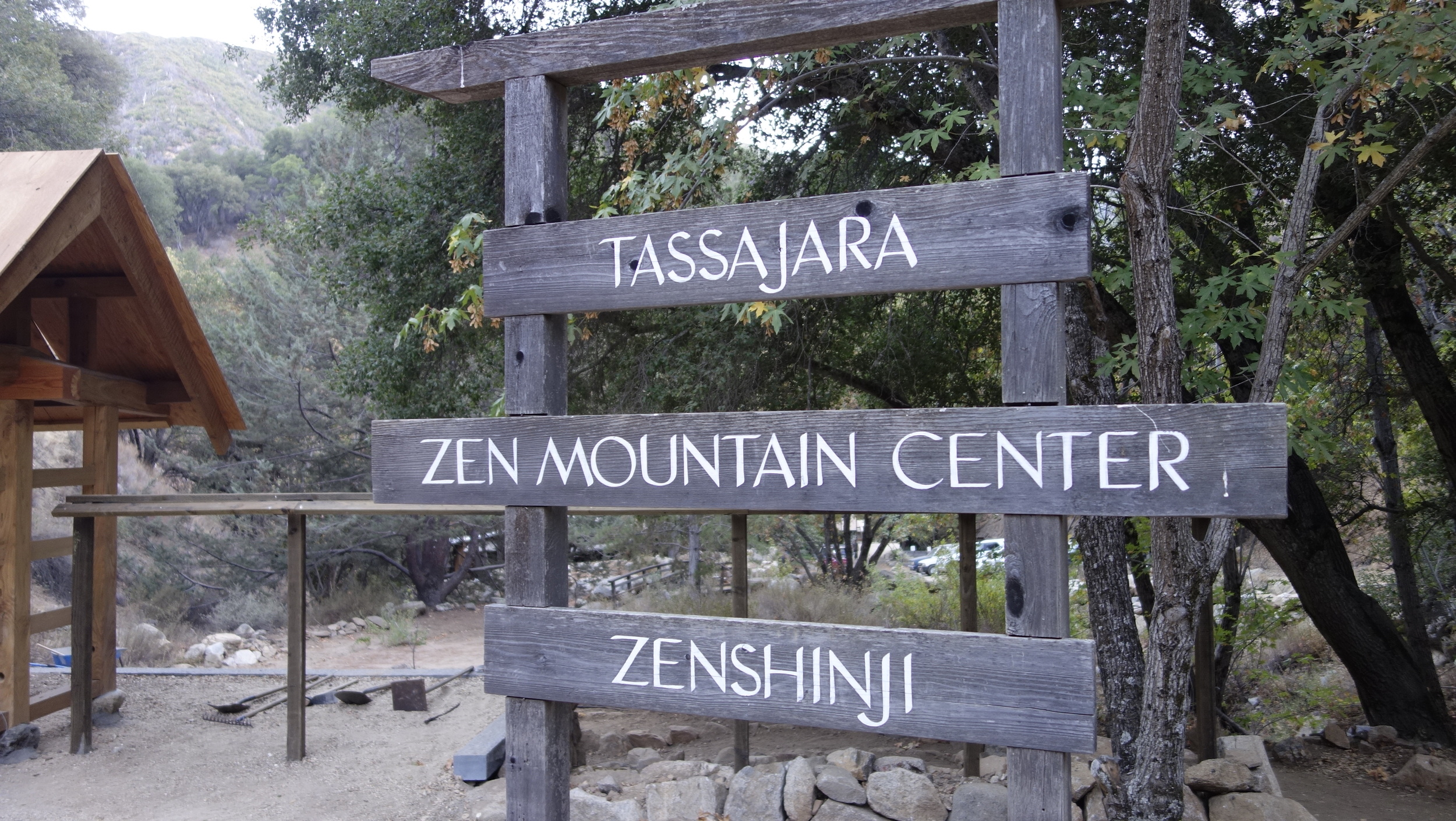
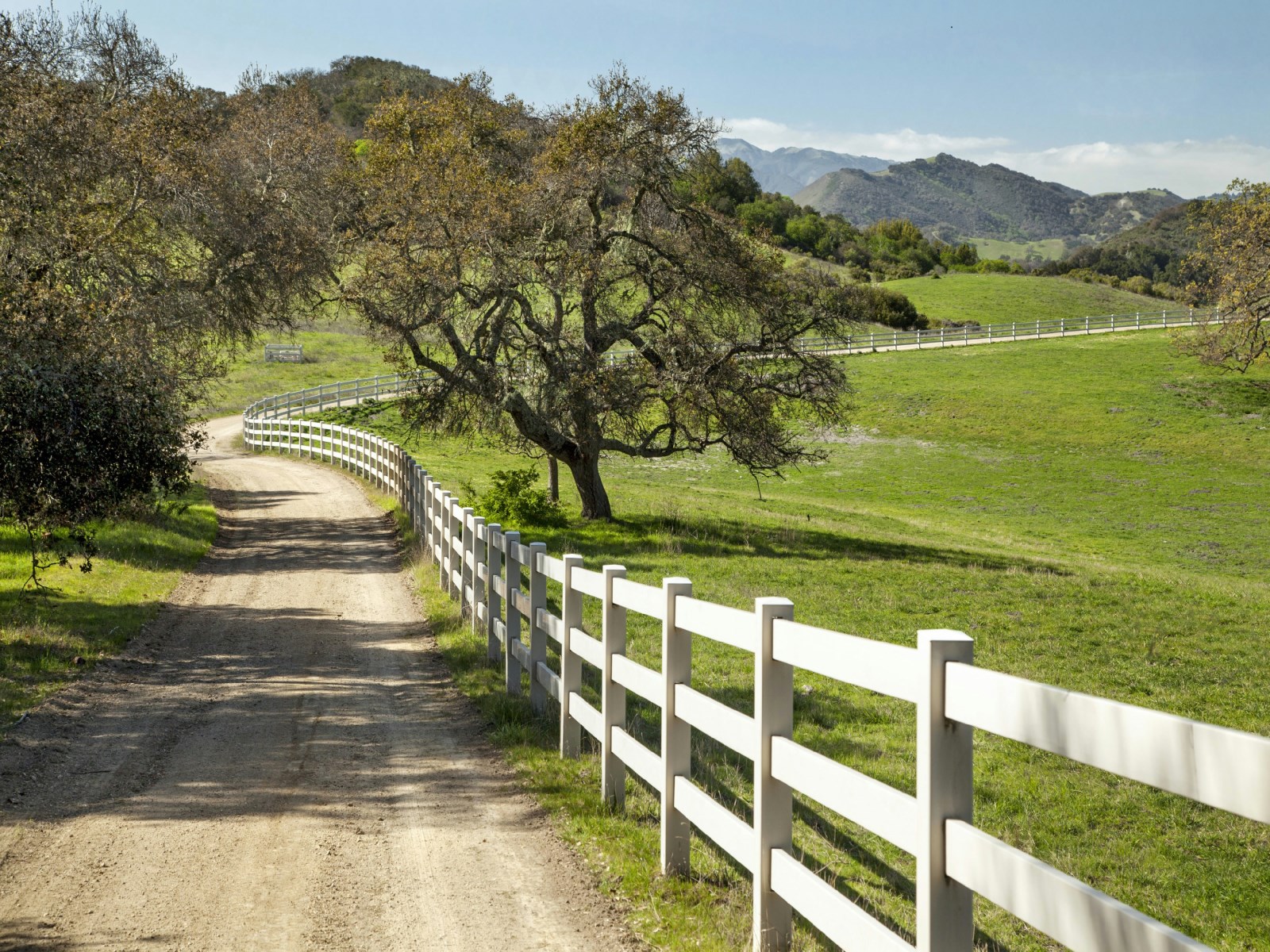
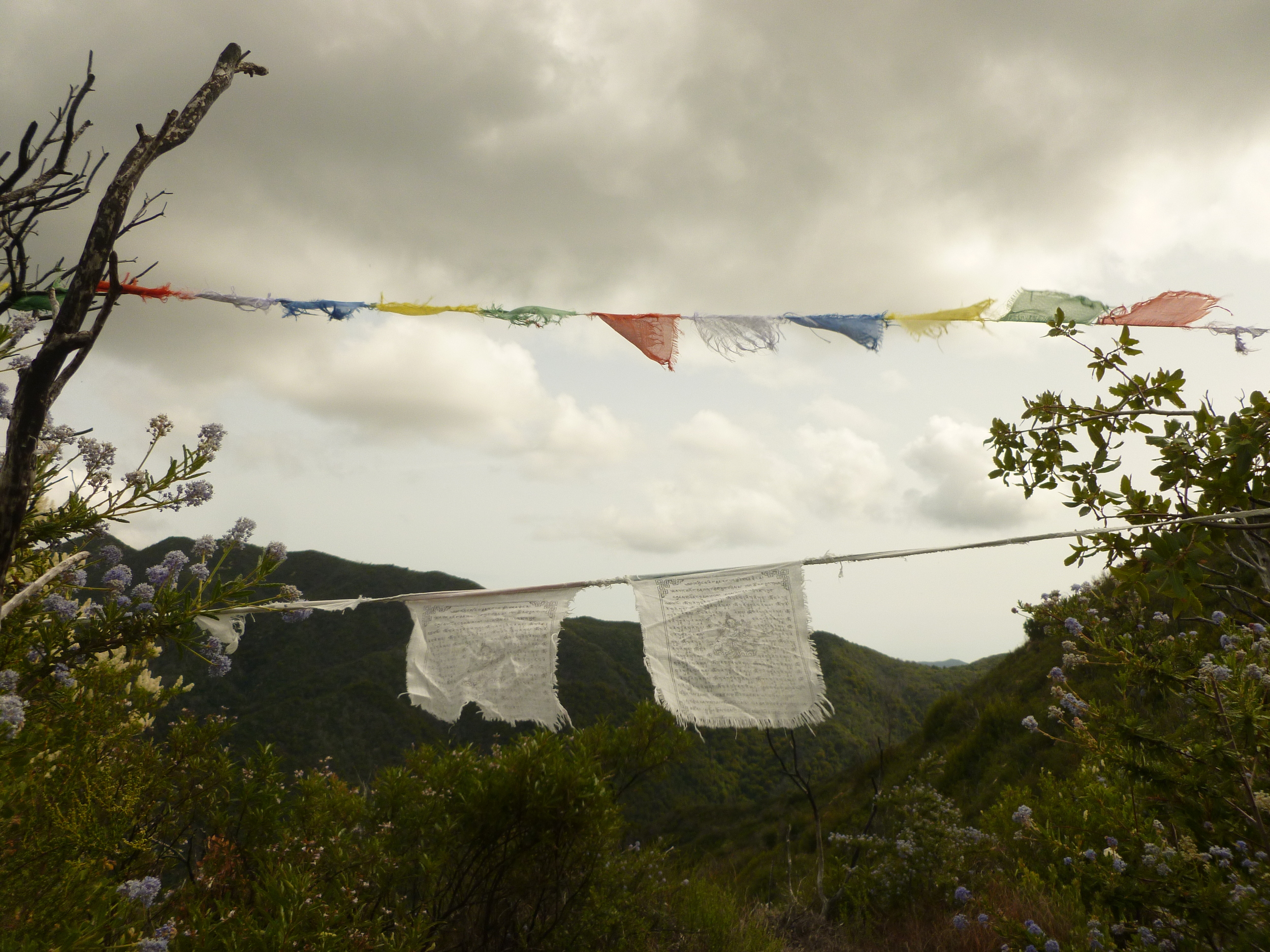
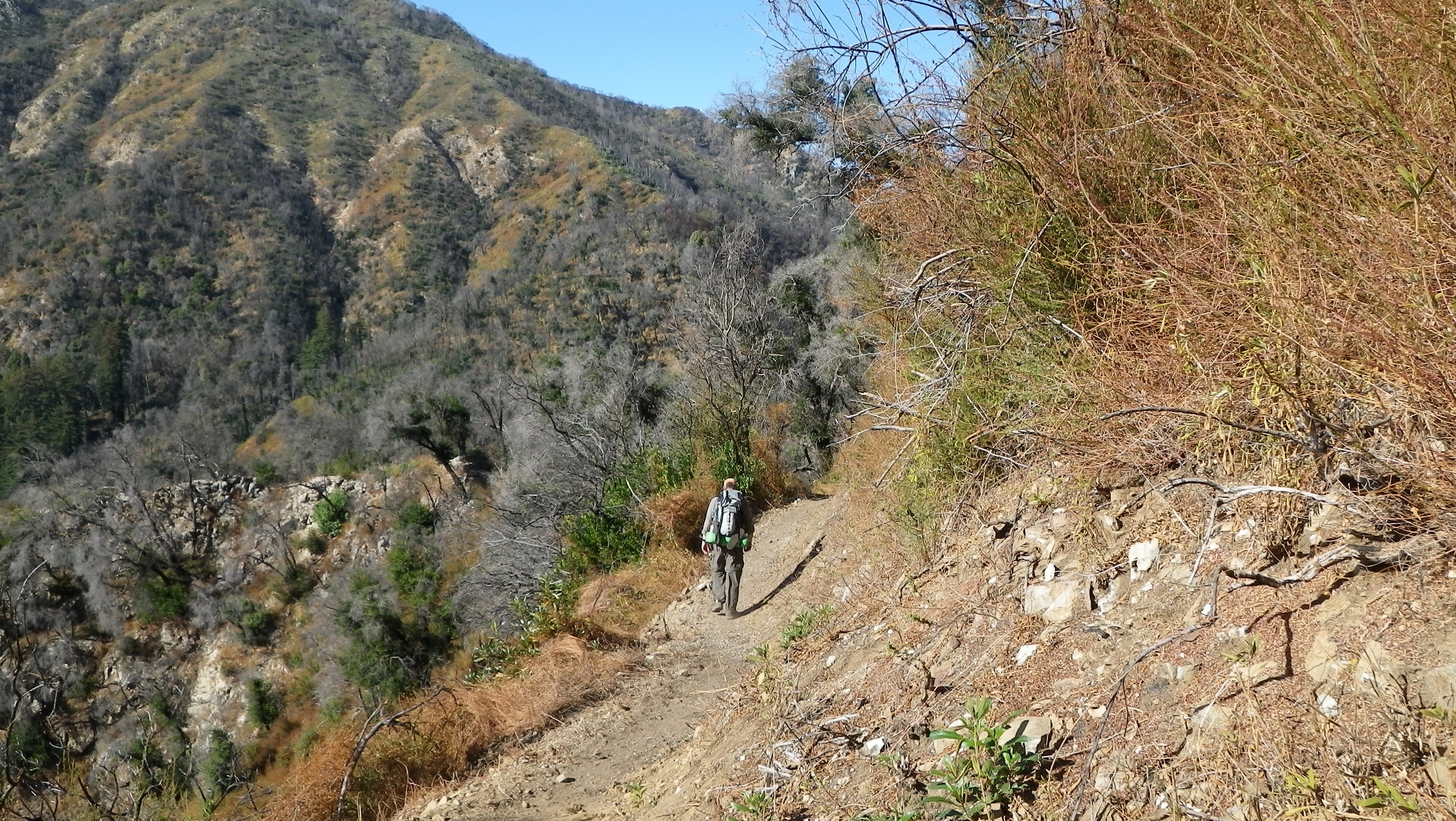
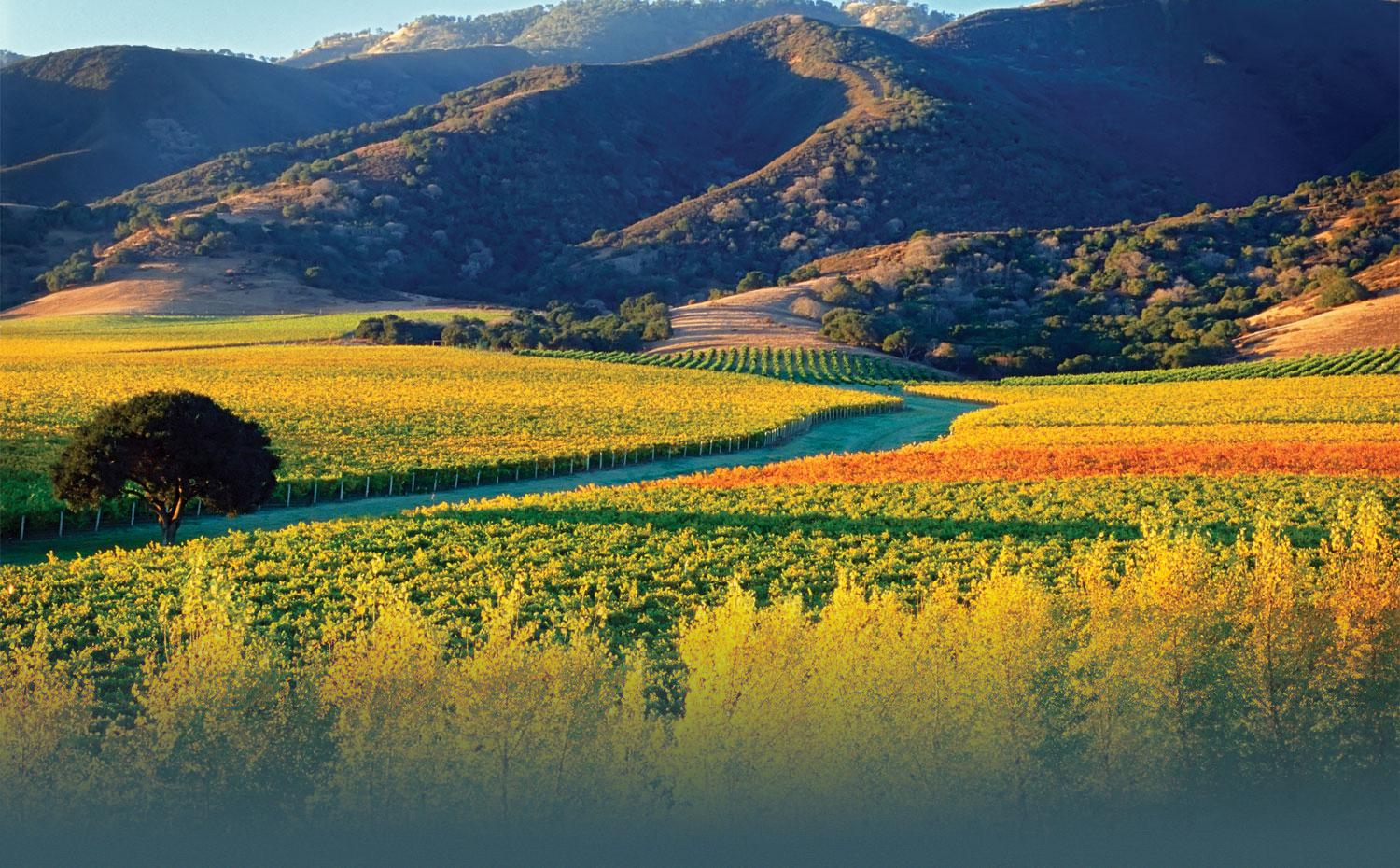
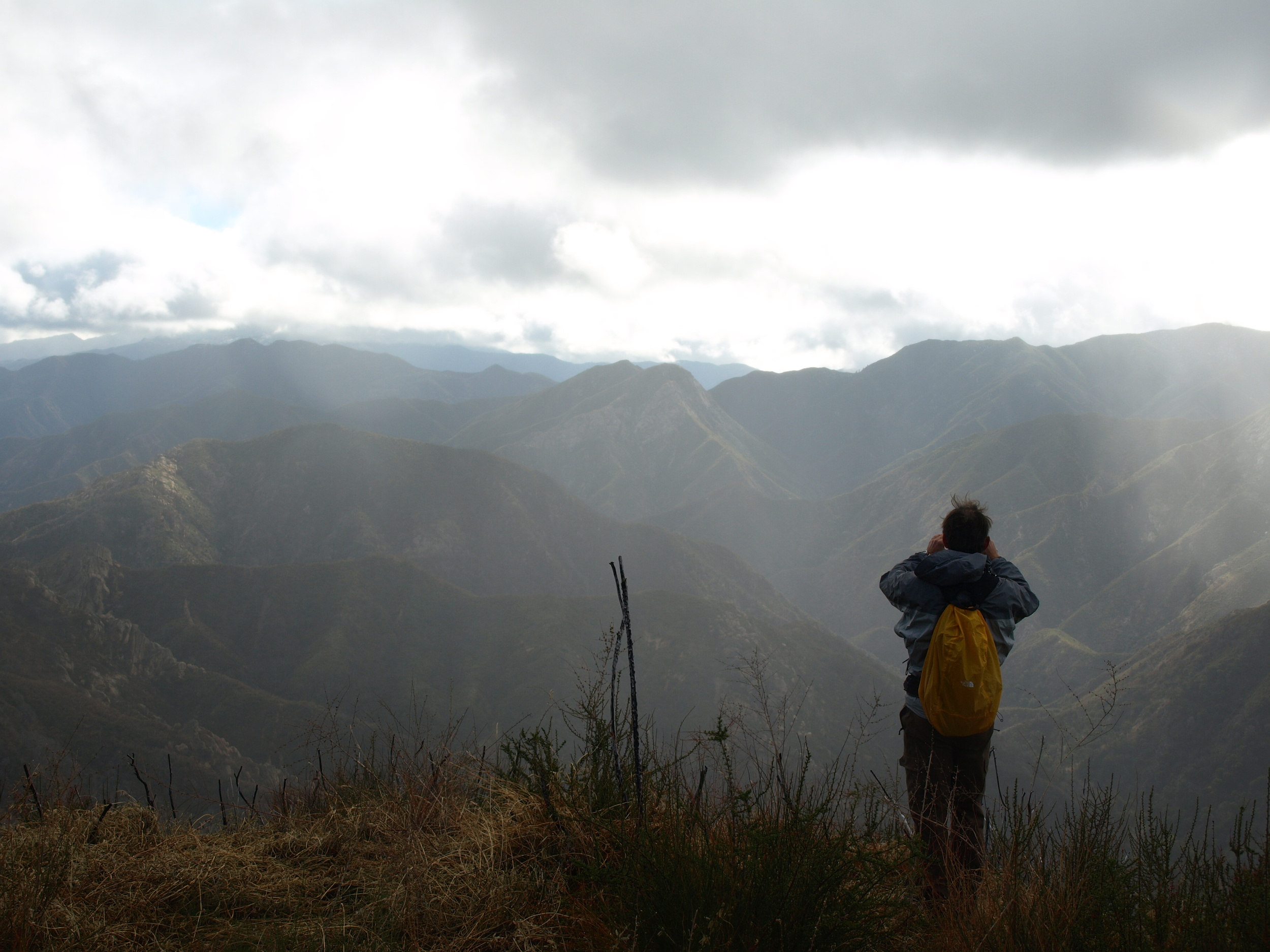
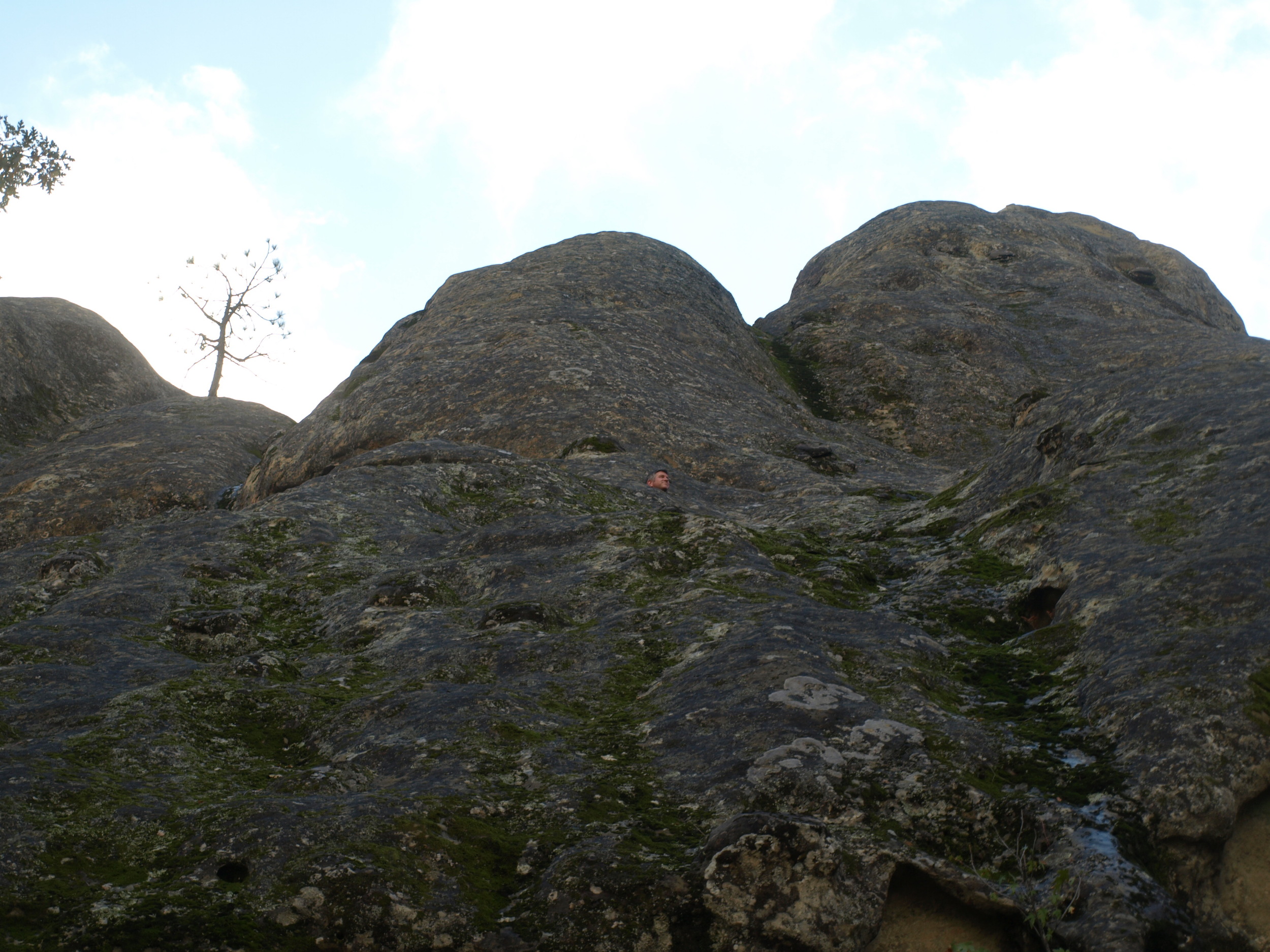
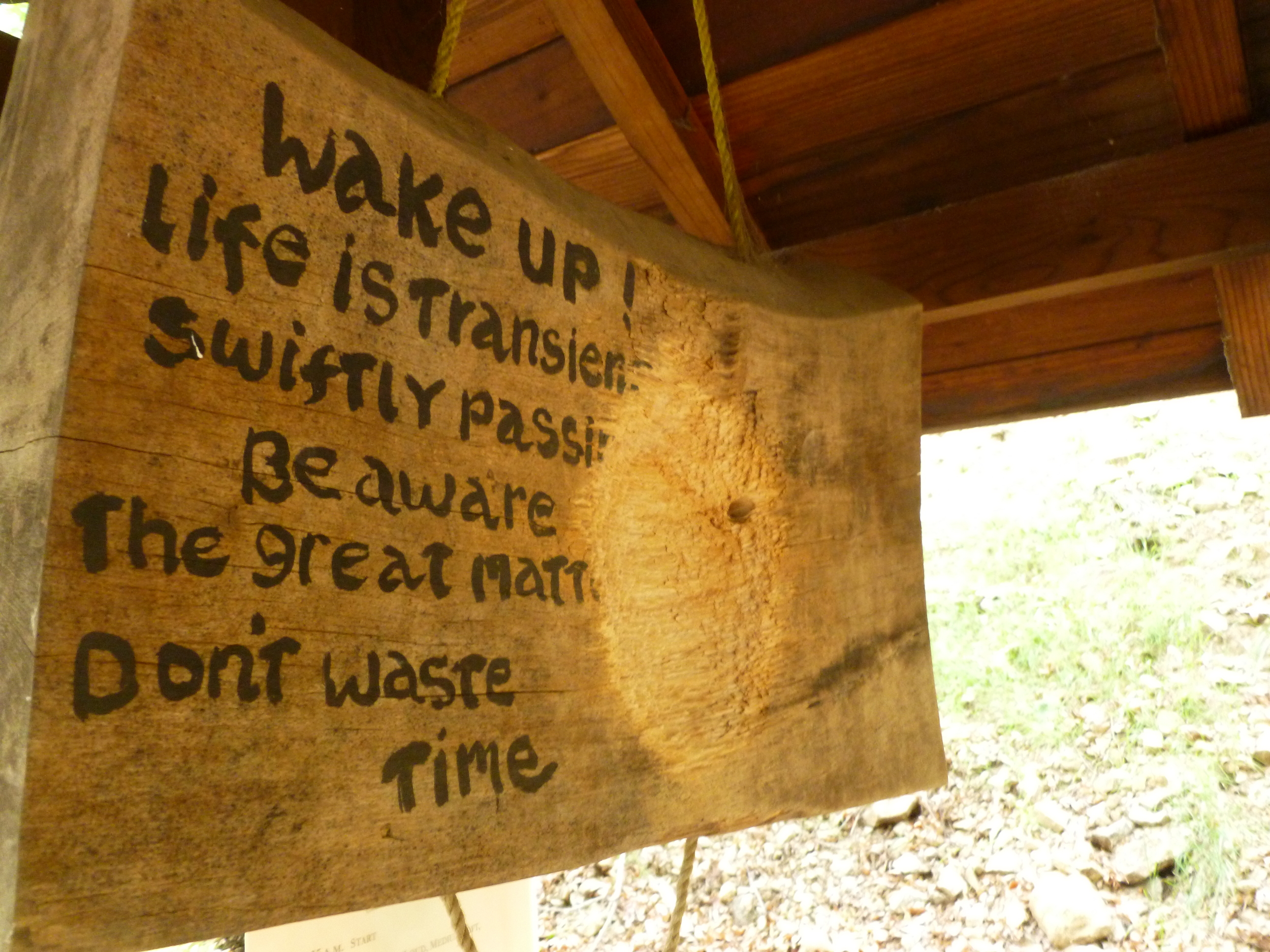
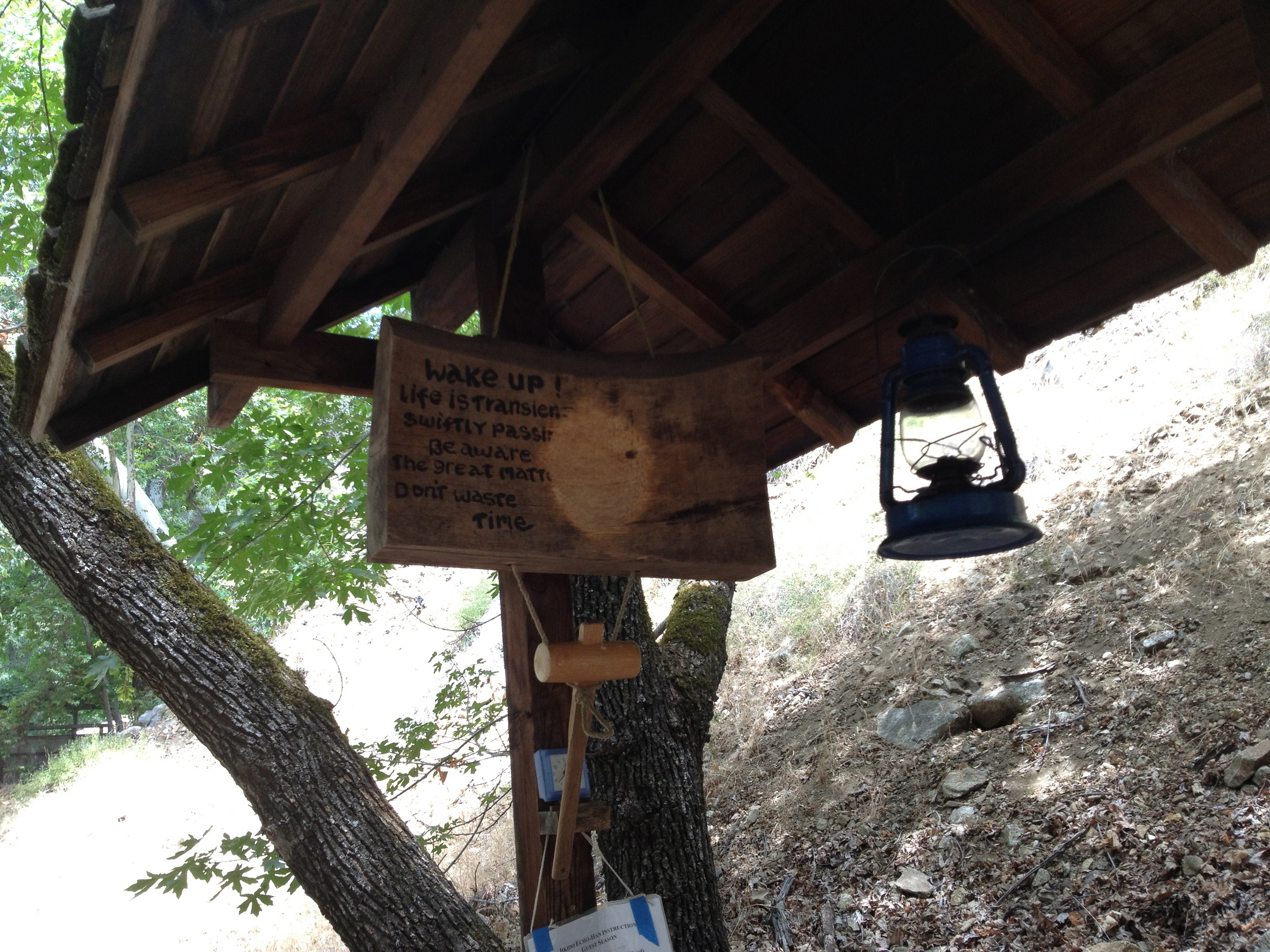
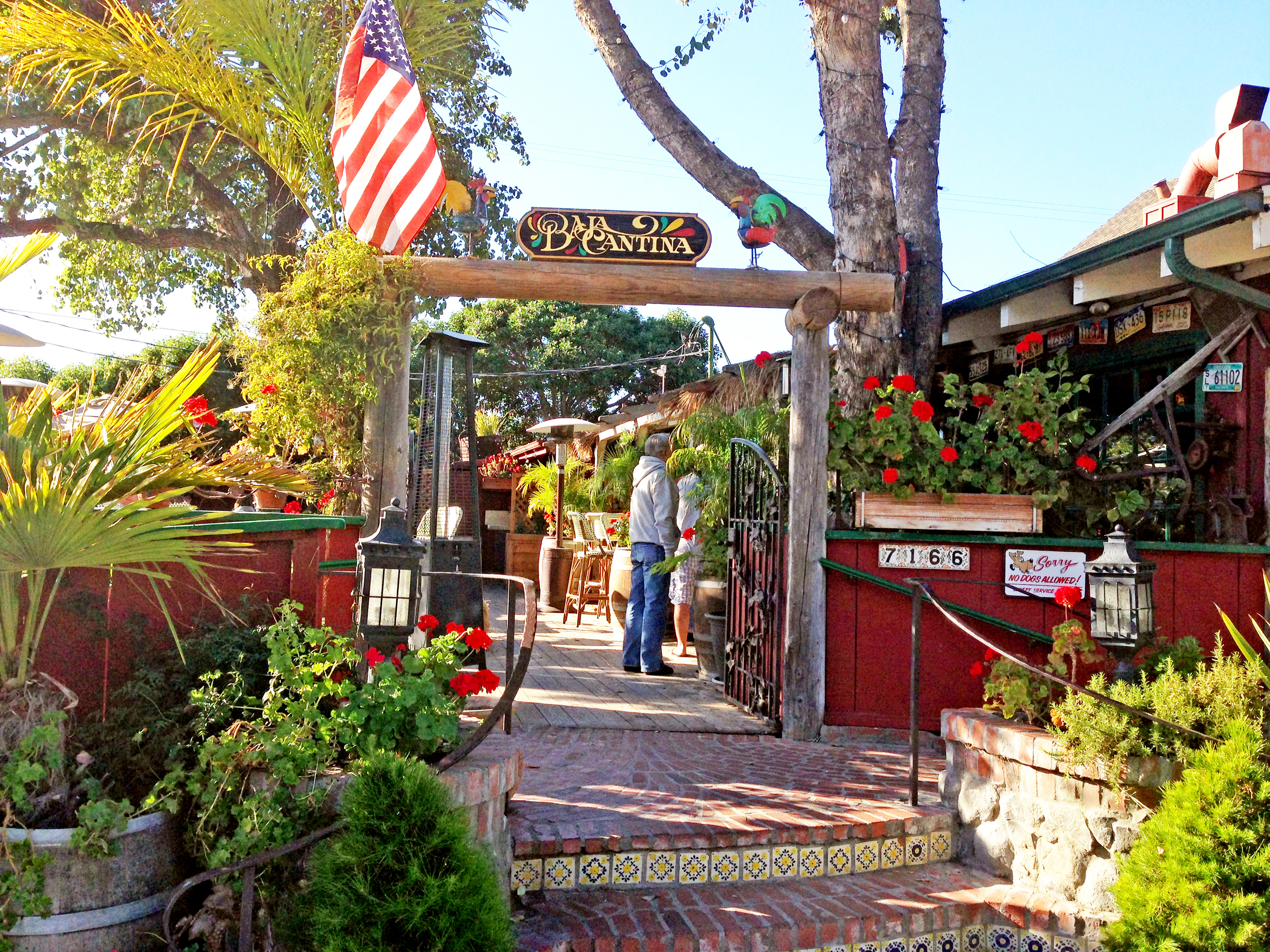


Carmel Valley Village (also known as Carmel Valley for short) is a census-designated place (CDP) in Monterey County, California, United States. At the time of the 2010 census the population was 4,407, down from 4,700 at the 2000 census. In November 2009, a majority of residents voted against incorporation.
Carmel Valley Village is located at 36°29′10″N 121°43′26″W.[4] According to the United States Census Bureau, the CDP has a total area of 19.2 square miles (50 km2), 98.98% of it land and 1.02% of it water. The community of Robles Del Rio is located on the opposite bank of the Carmel River.
The Carmel River drains the area of Carmel Valley. Primary ecosystems of the vicinity include California oak woodland, riparian woodland, chaparral, grassland andsavanna. Dominant oak trees include Quercus agrifolia. The locale of Carmel Valley is also the northernmost range of the hybrid oak Quercus x alvordiana.

Pacific Grove
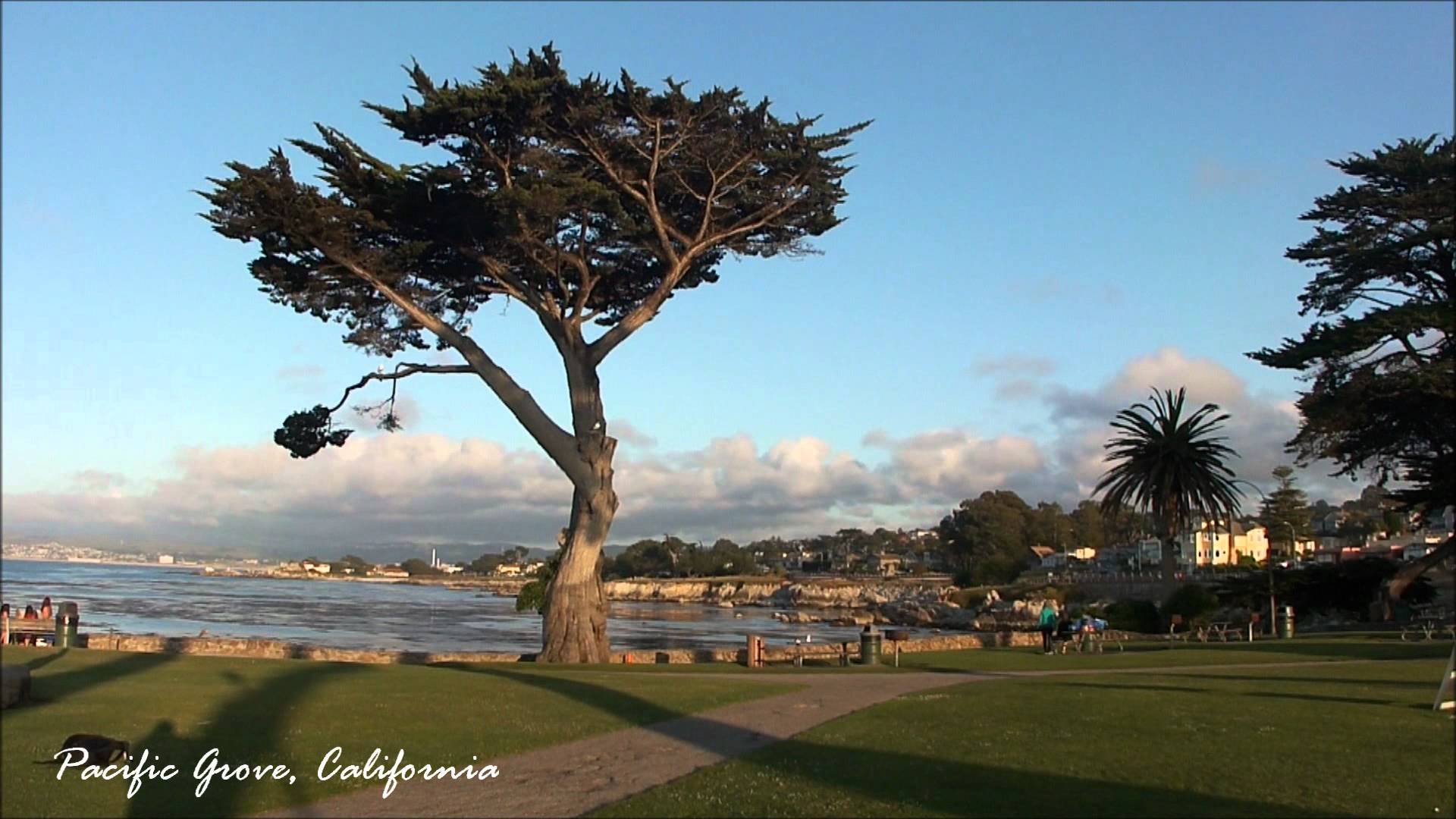
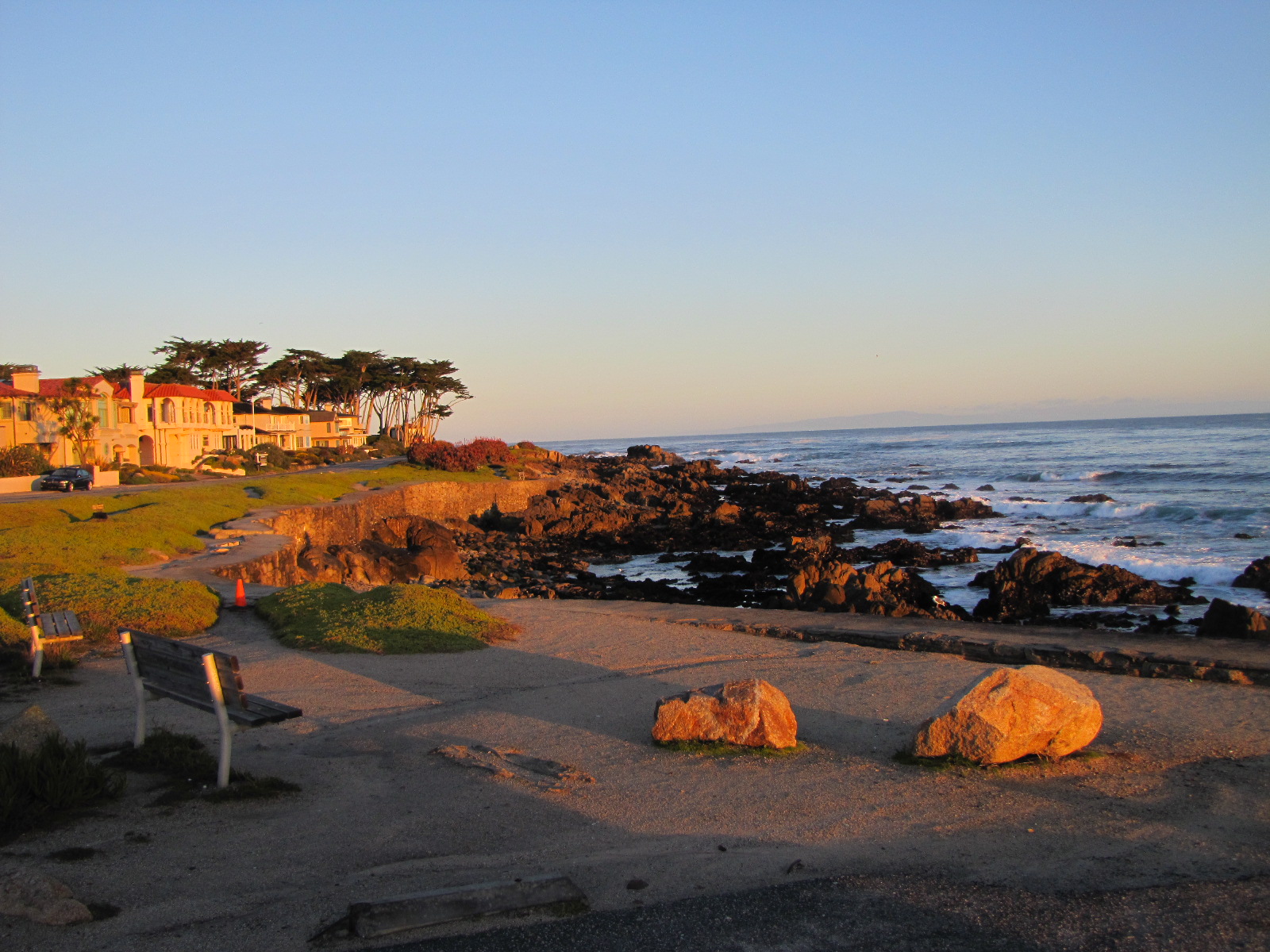
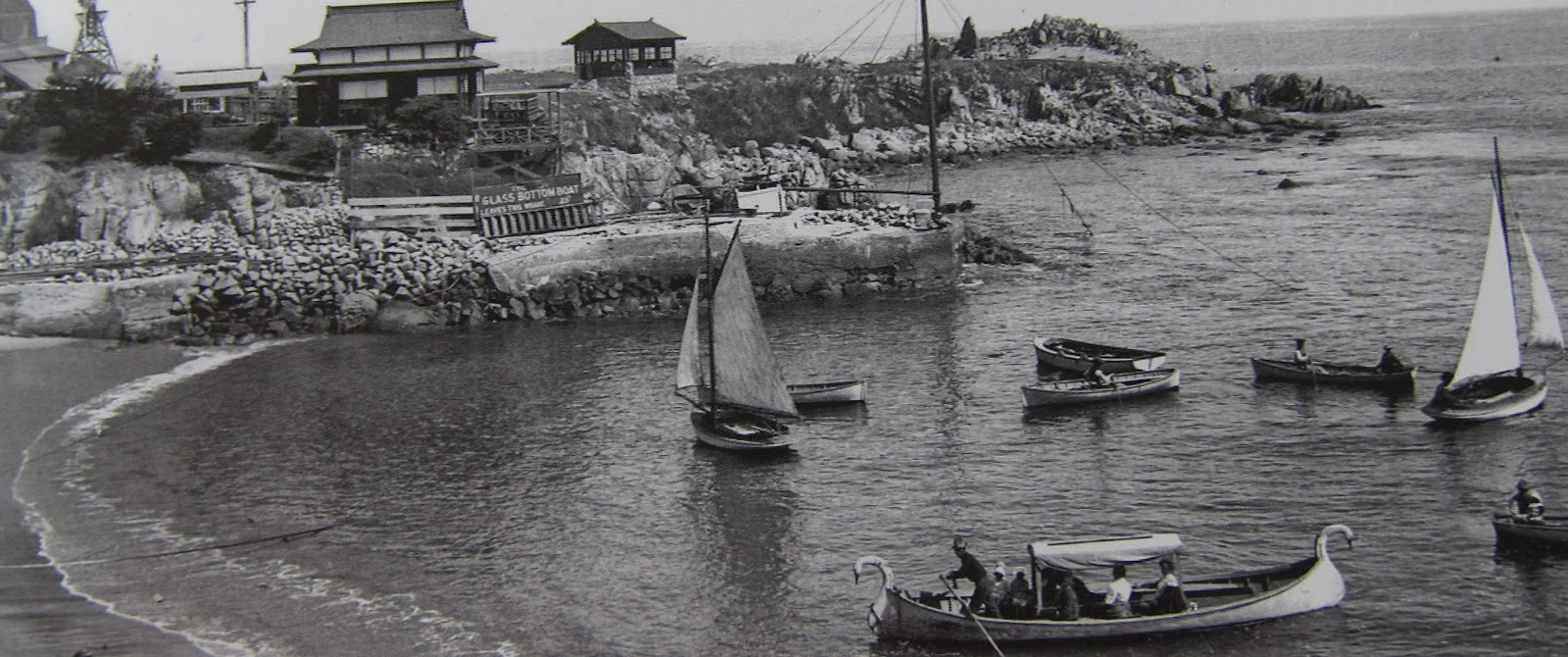
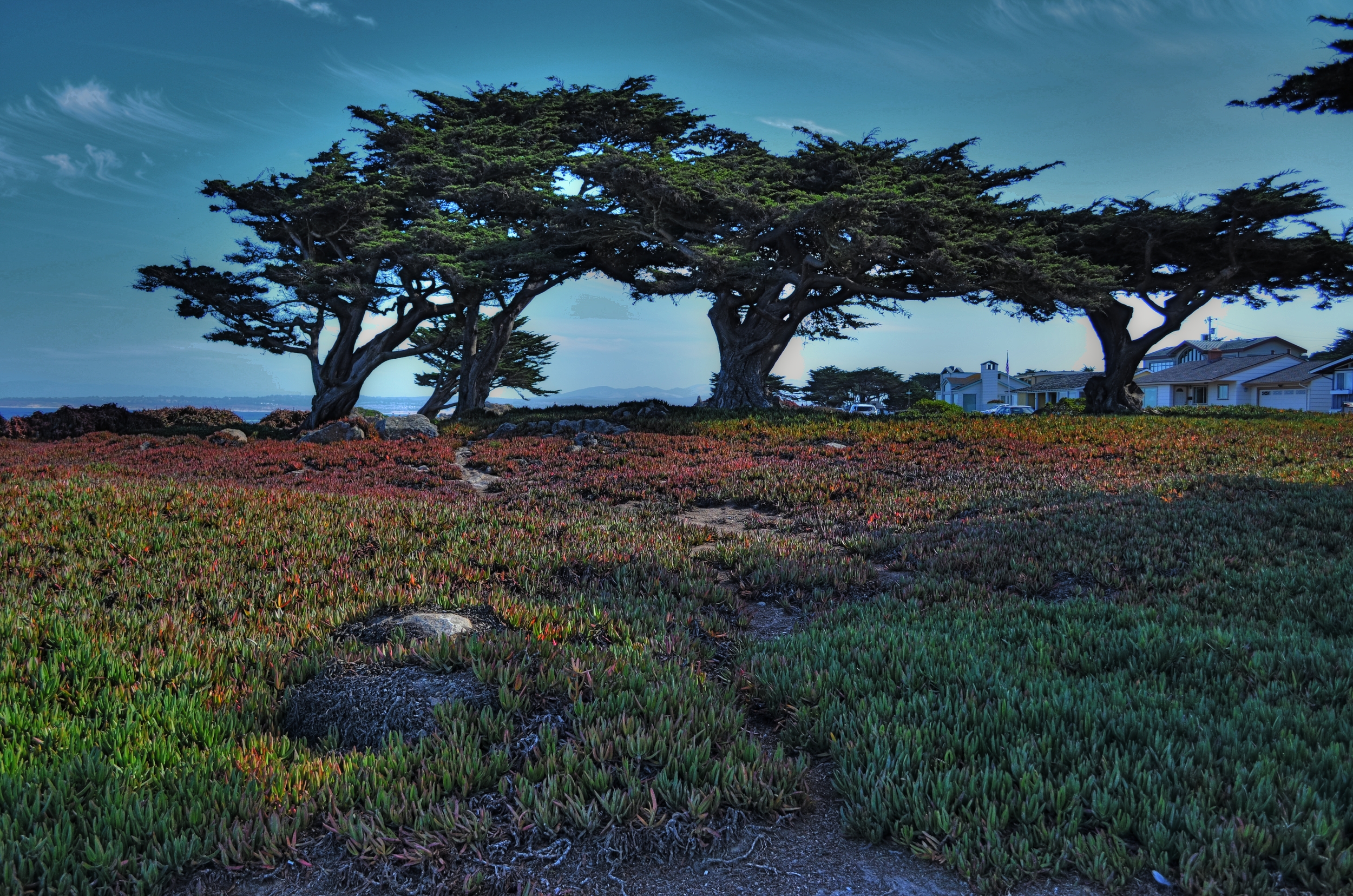
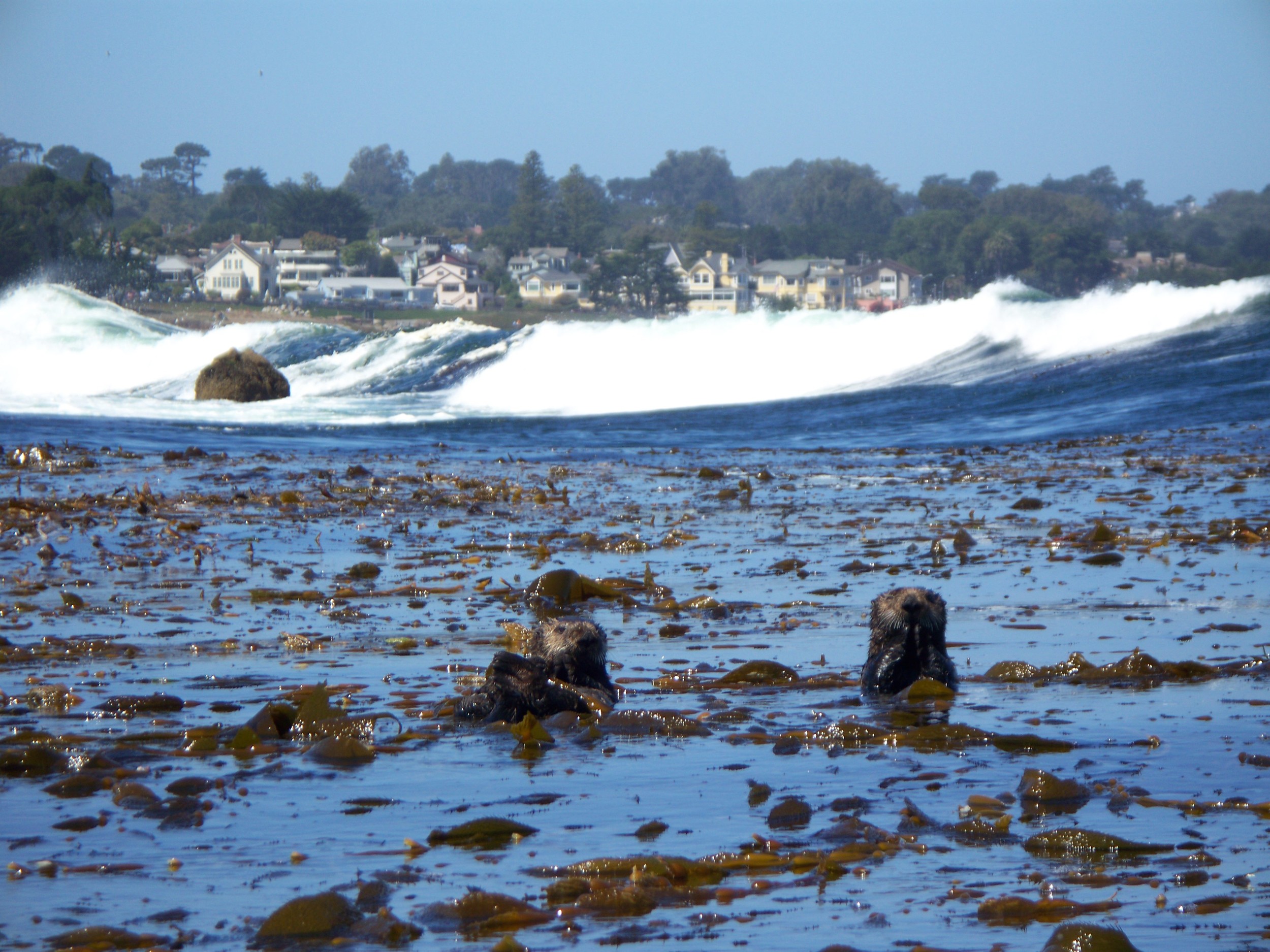


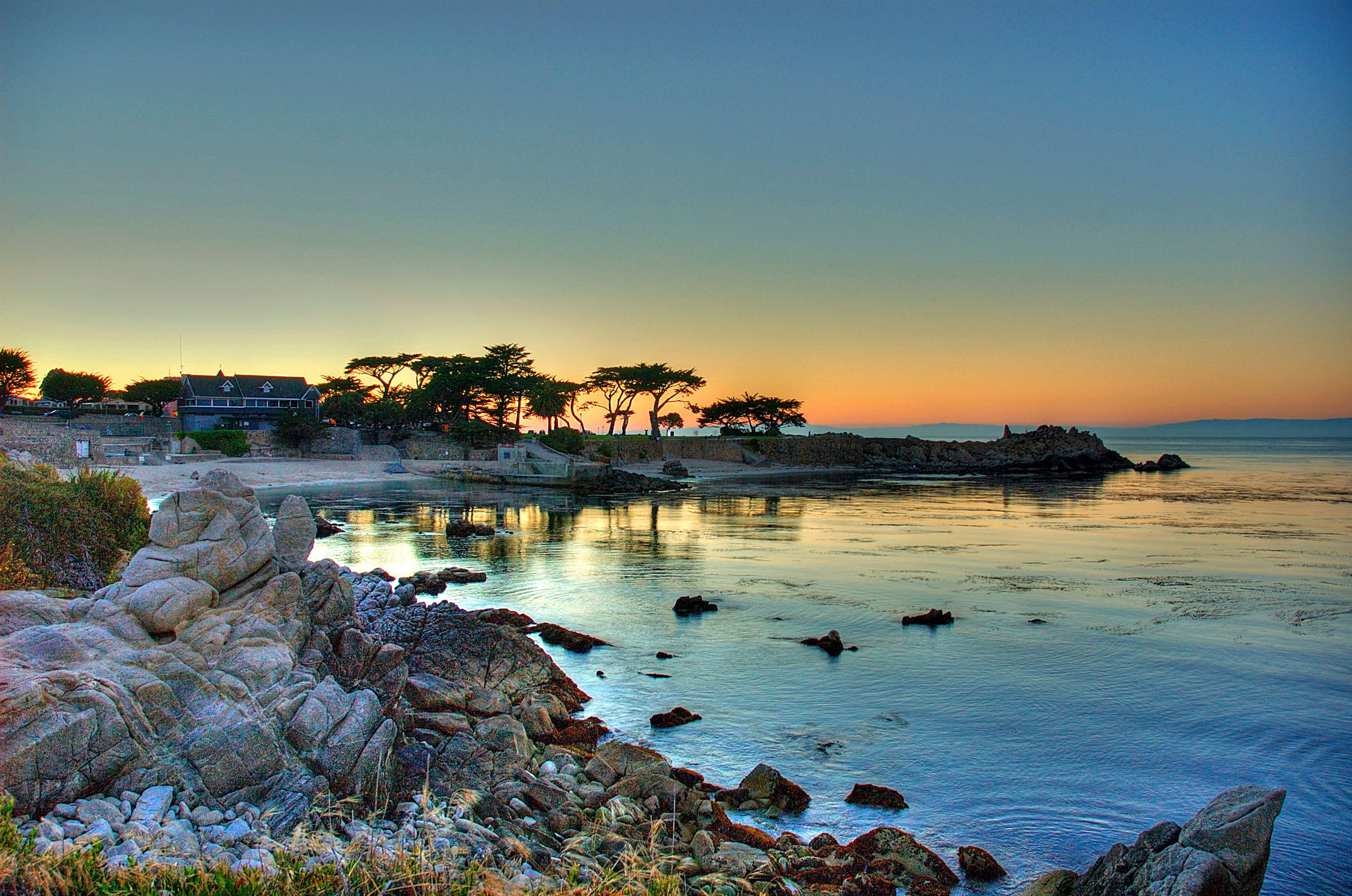
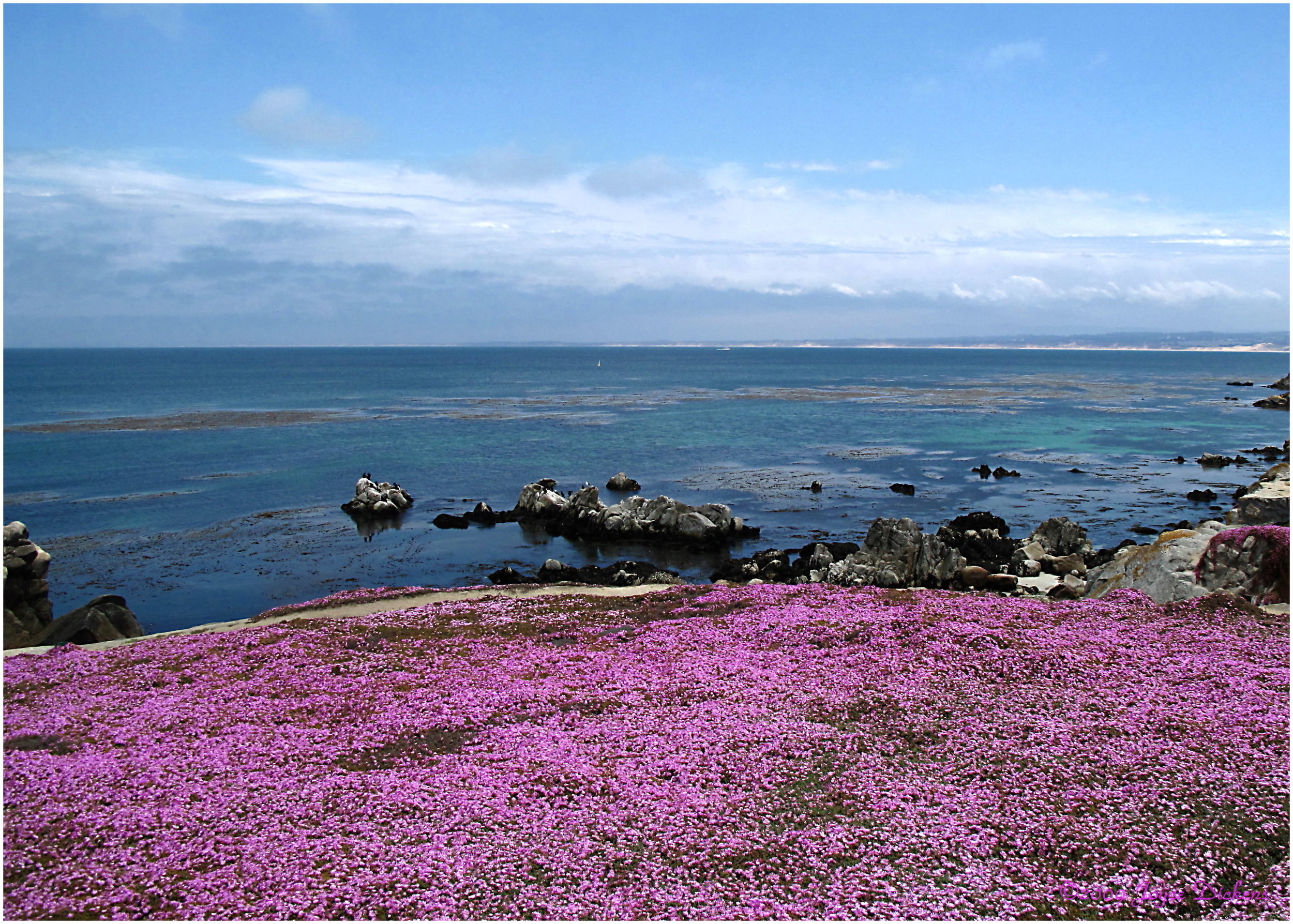
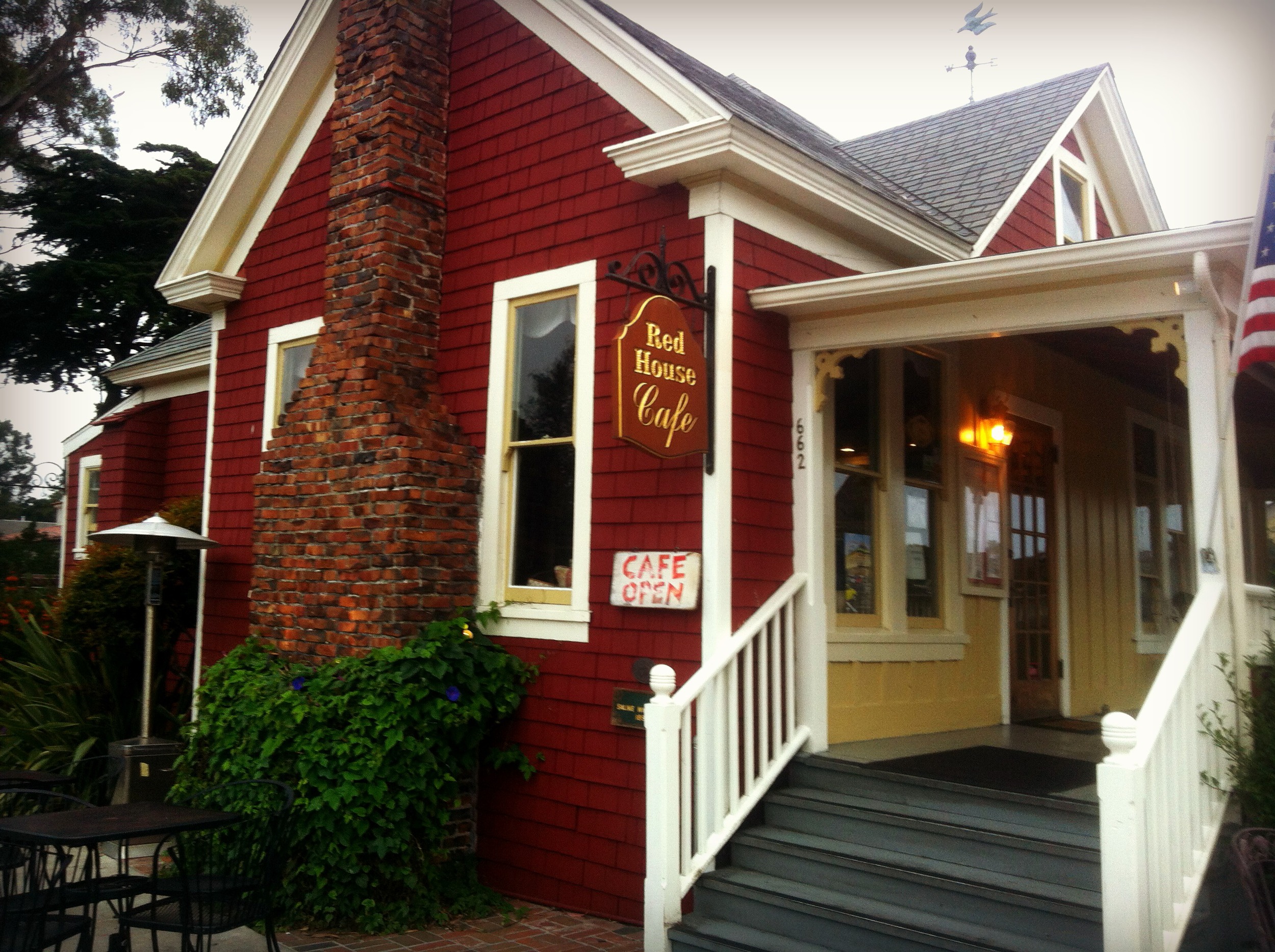
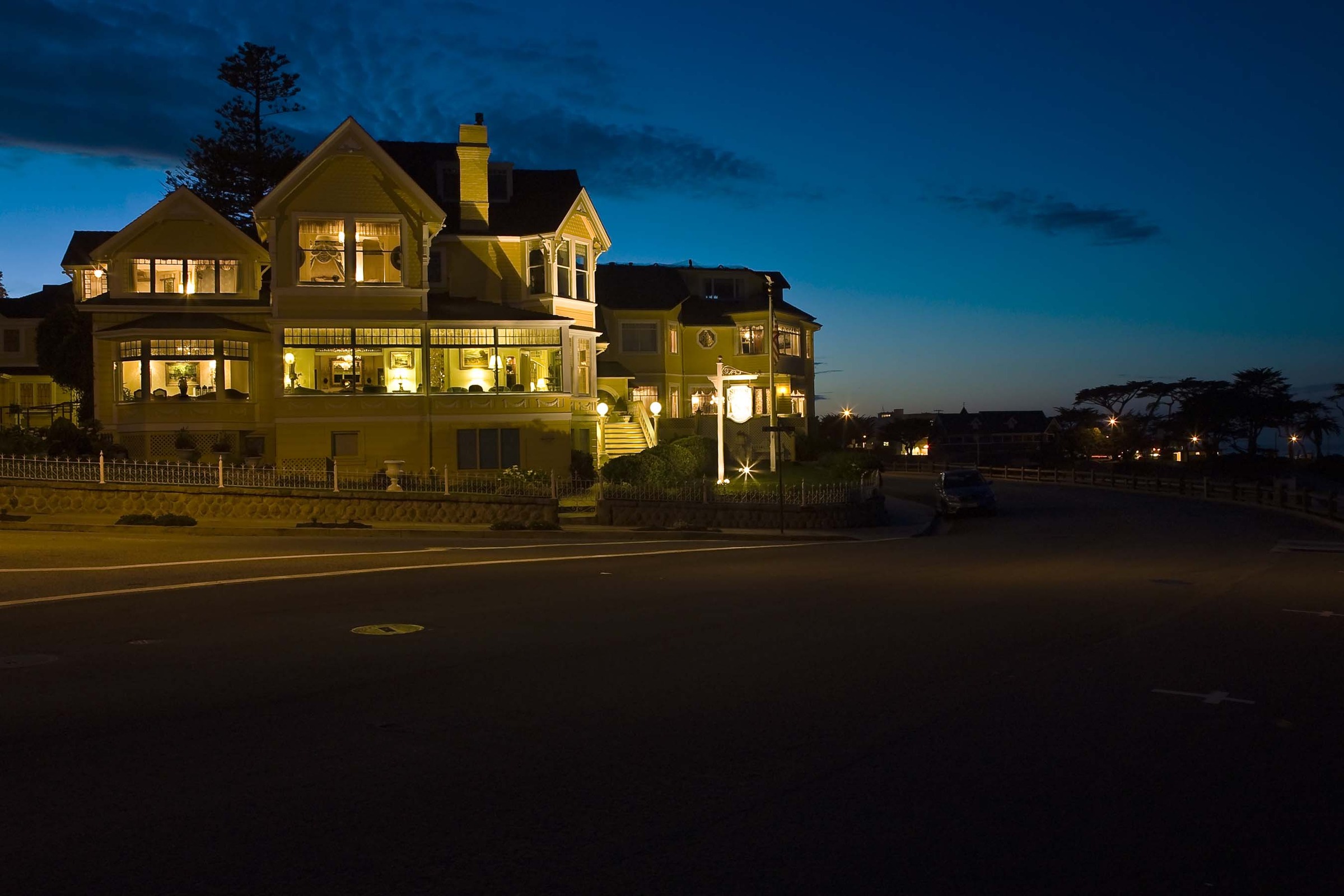
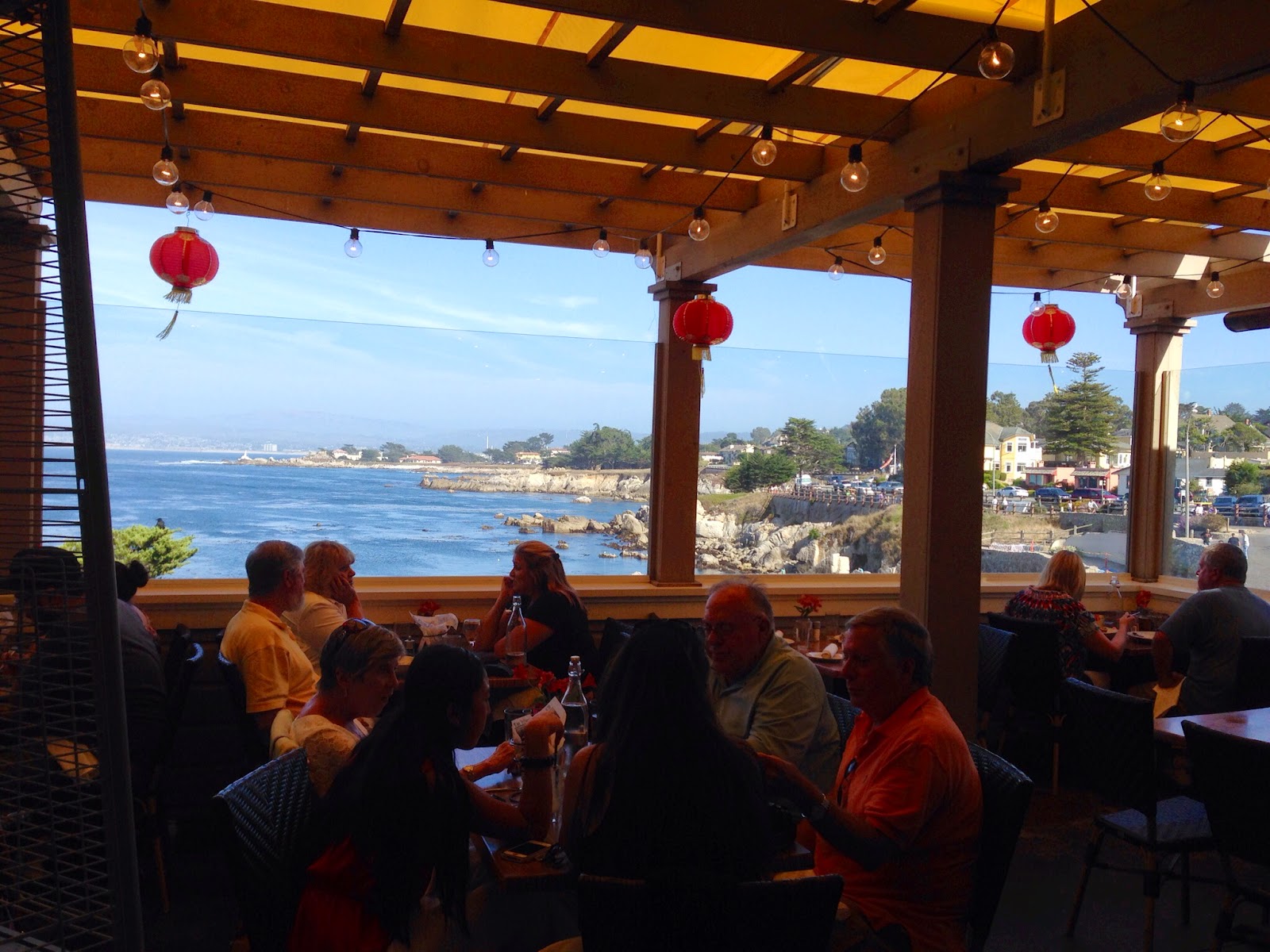
Pacific Grove is a coastal city in Monterey County, California in the United States. The United States Census Bureau estimated its 2013 population at 15,504.[8] Pacific Grove is located between Point Pinos and Monterey.[1]
Nicknamed "America's Last Hometown", Pacific Grove is known for its Victorian homes, Asilomar State Beach, its artistic legacy and also known as the "Butterfly Town U.S.A." for the annual migration of the Monarch butterflies. The city is endowed with more Victorian houses per capita than anywhere else in America;[citation needed]some of them have been turned into bed and breakfast inns.
The city is also known as the location of the Point Pinos Lighthouse, the oldest continuously-operating lighthouse on the West Coast, Pacific Grove Museum of Natural History, located in the historic downtown, the Stowitts Museum & Library and one of the filming locations for Roger Spottiswoode's 1989 film Turner & Hooch.

Monterey
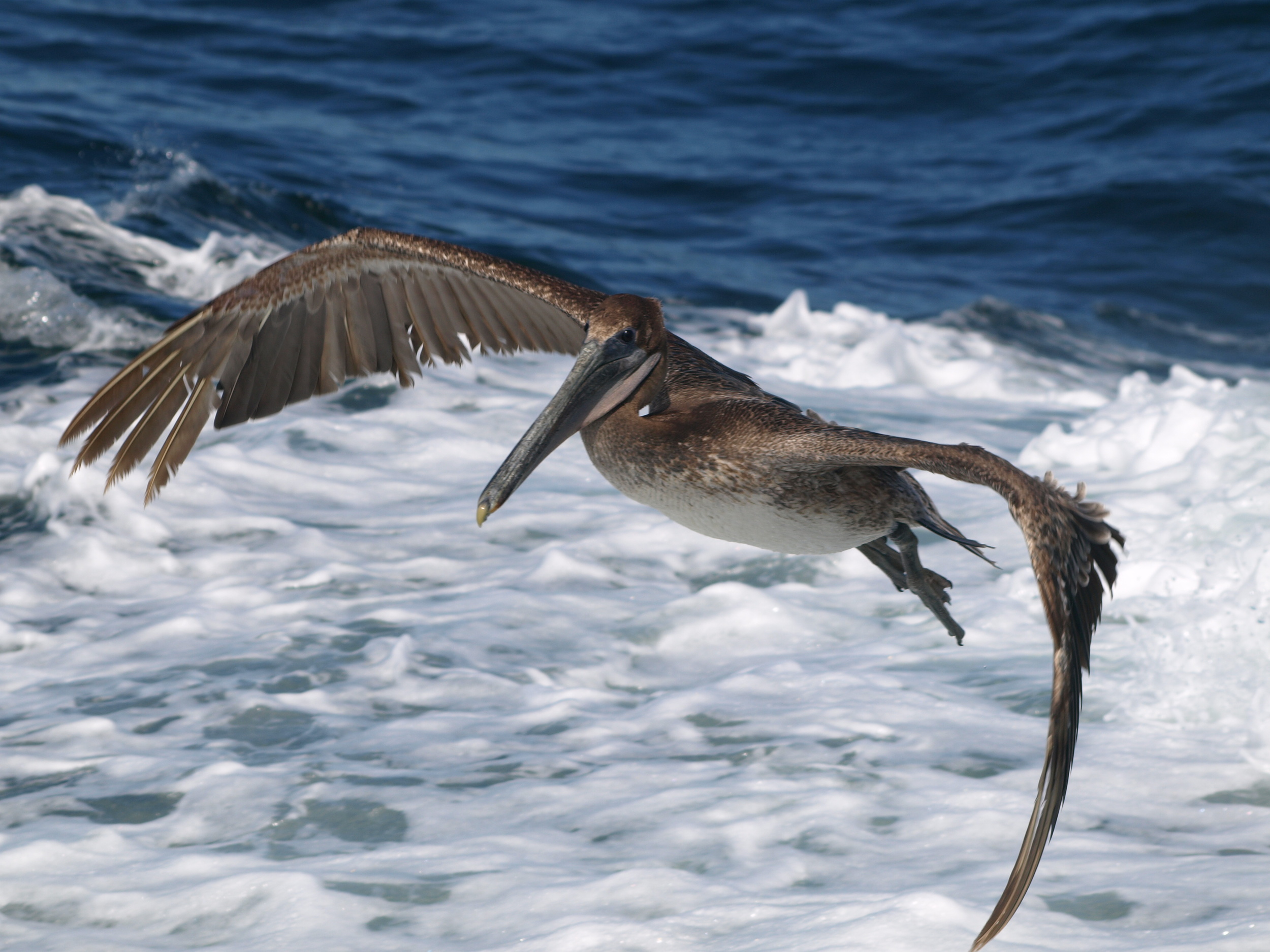
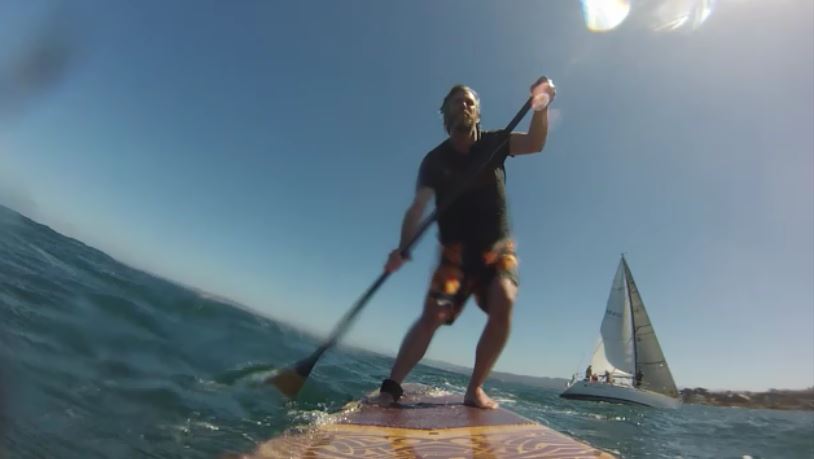
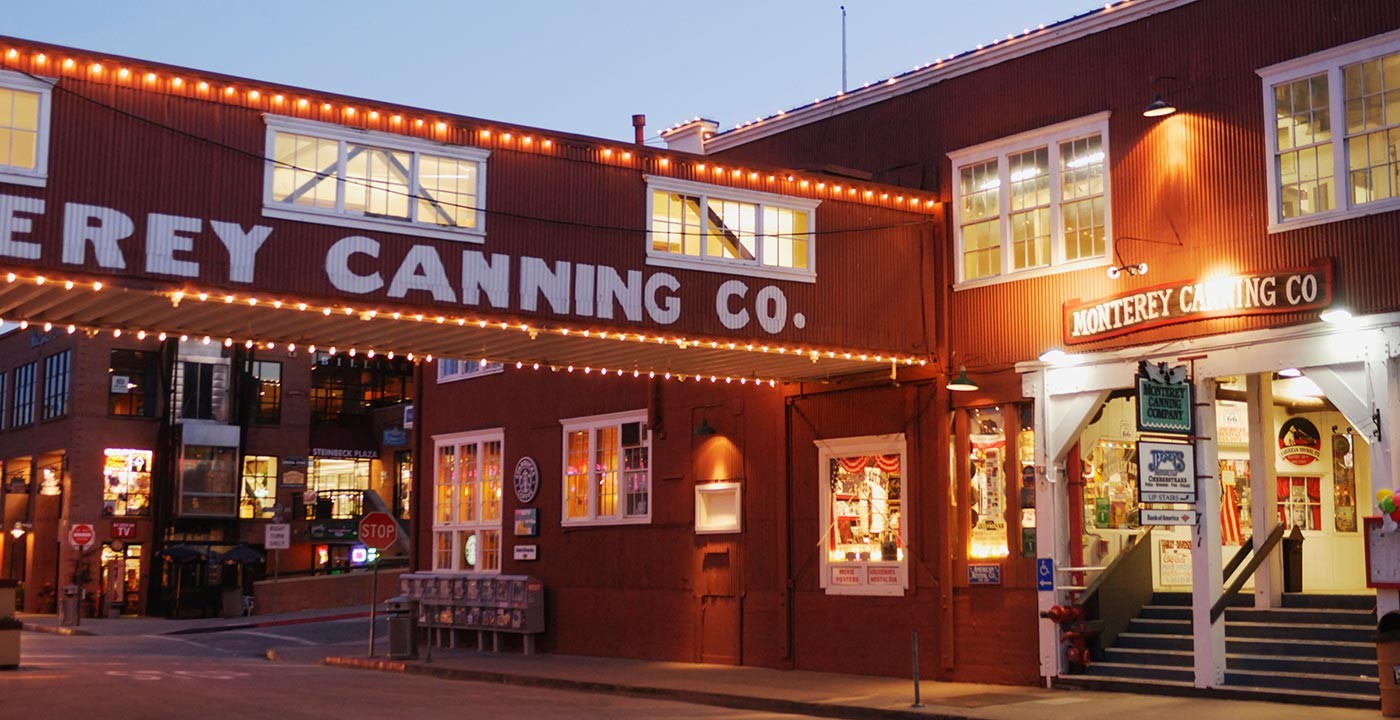
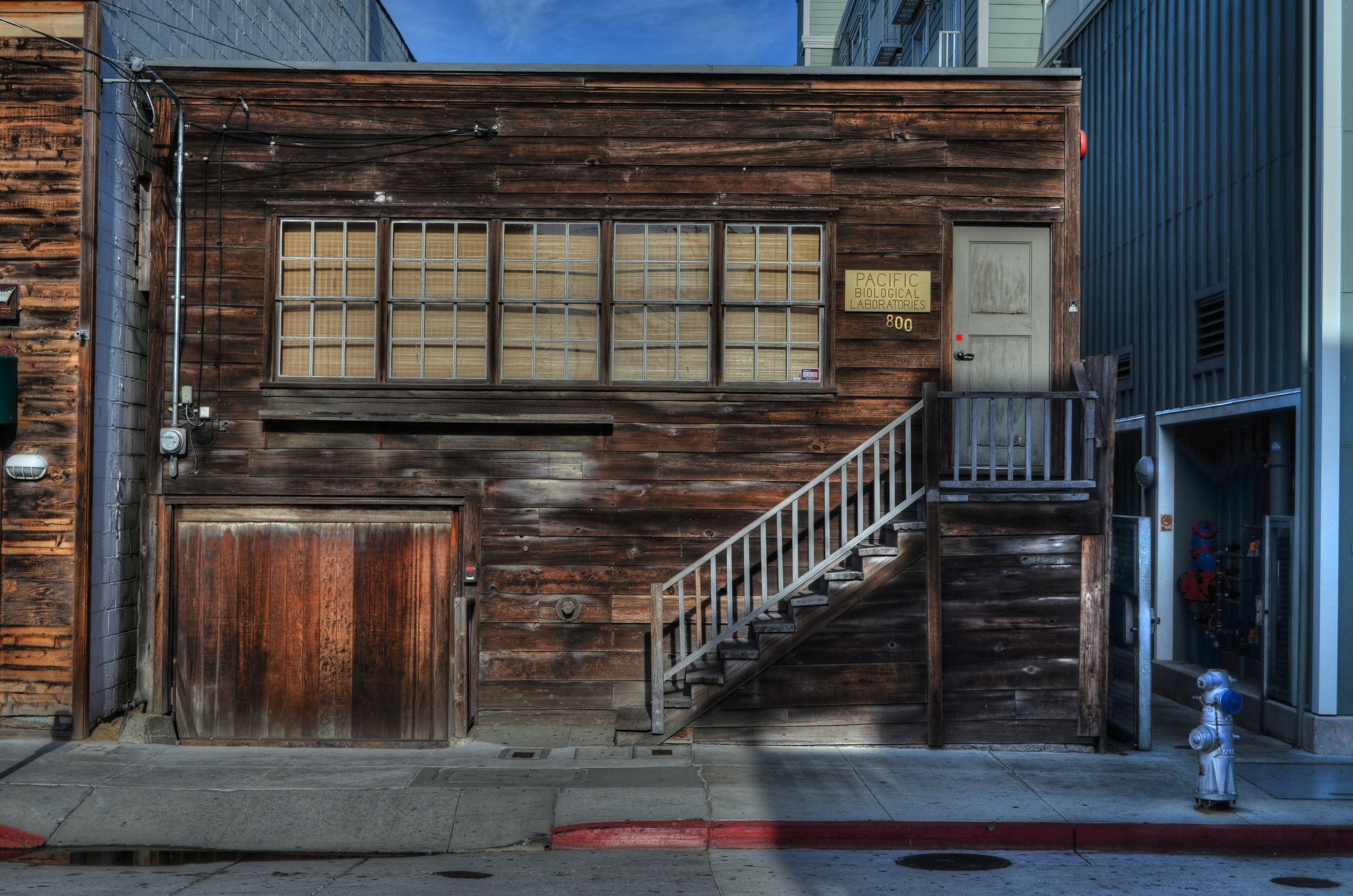
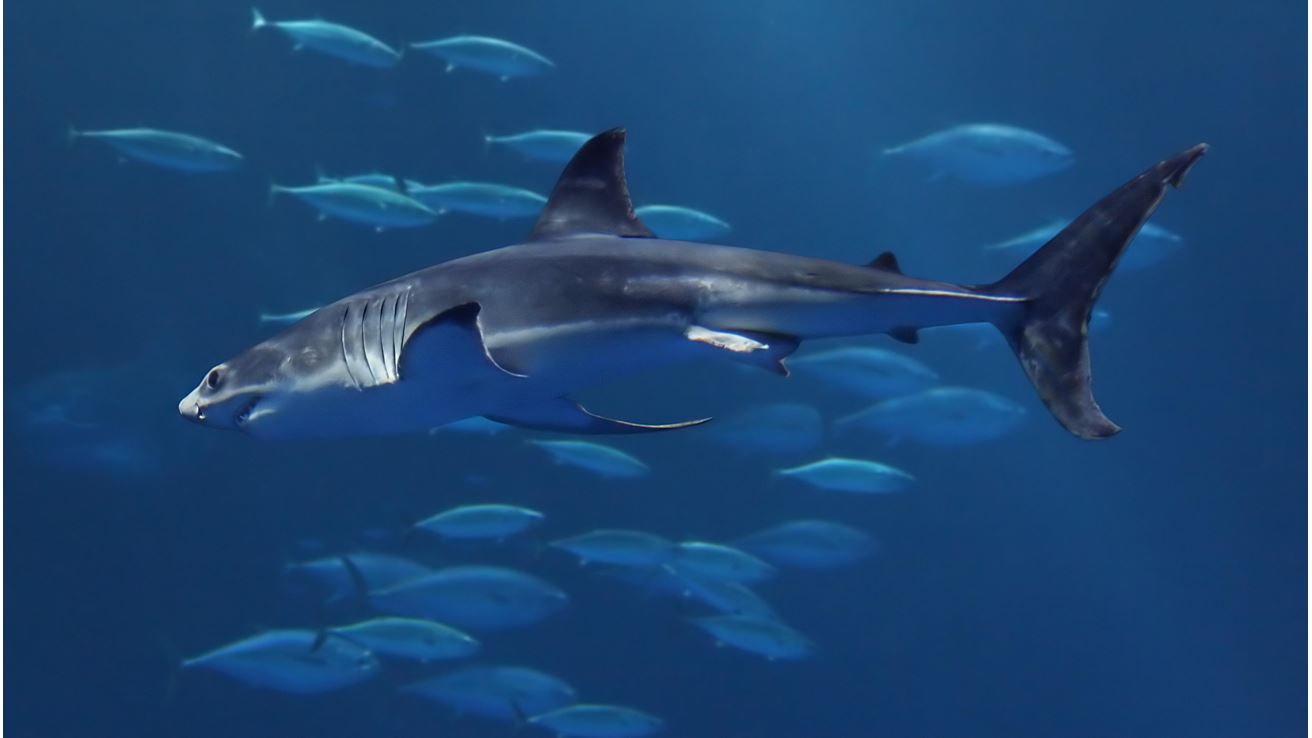
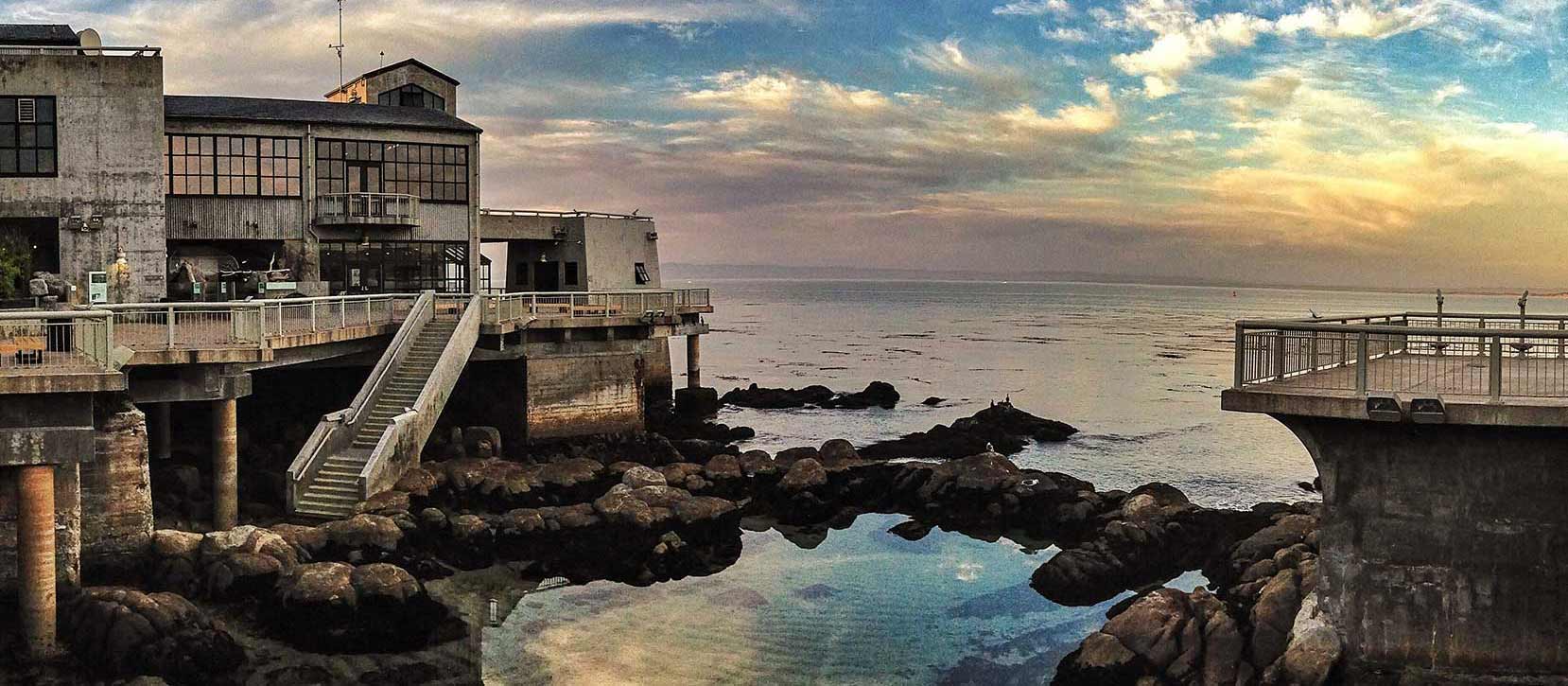
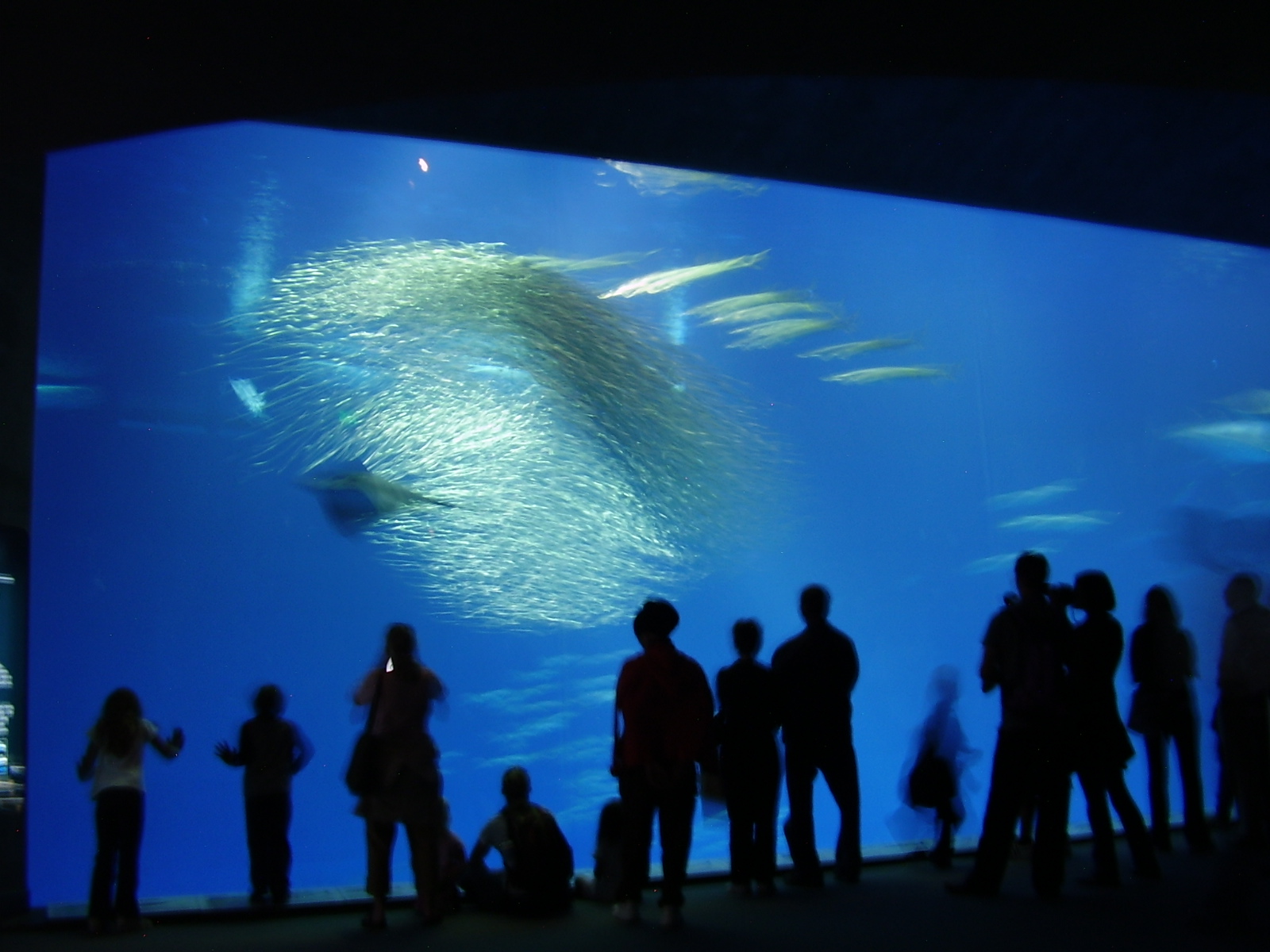

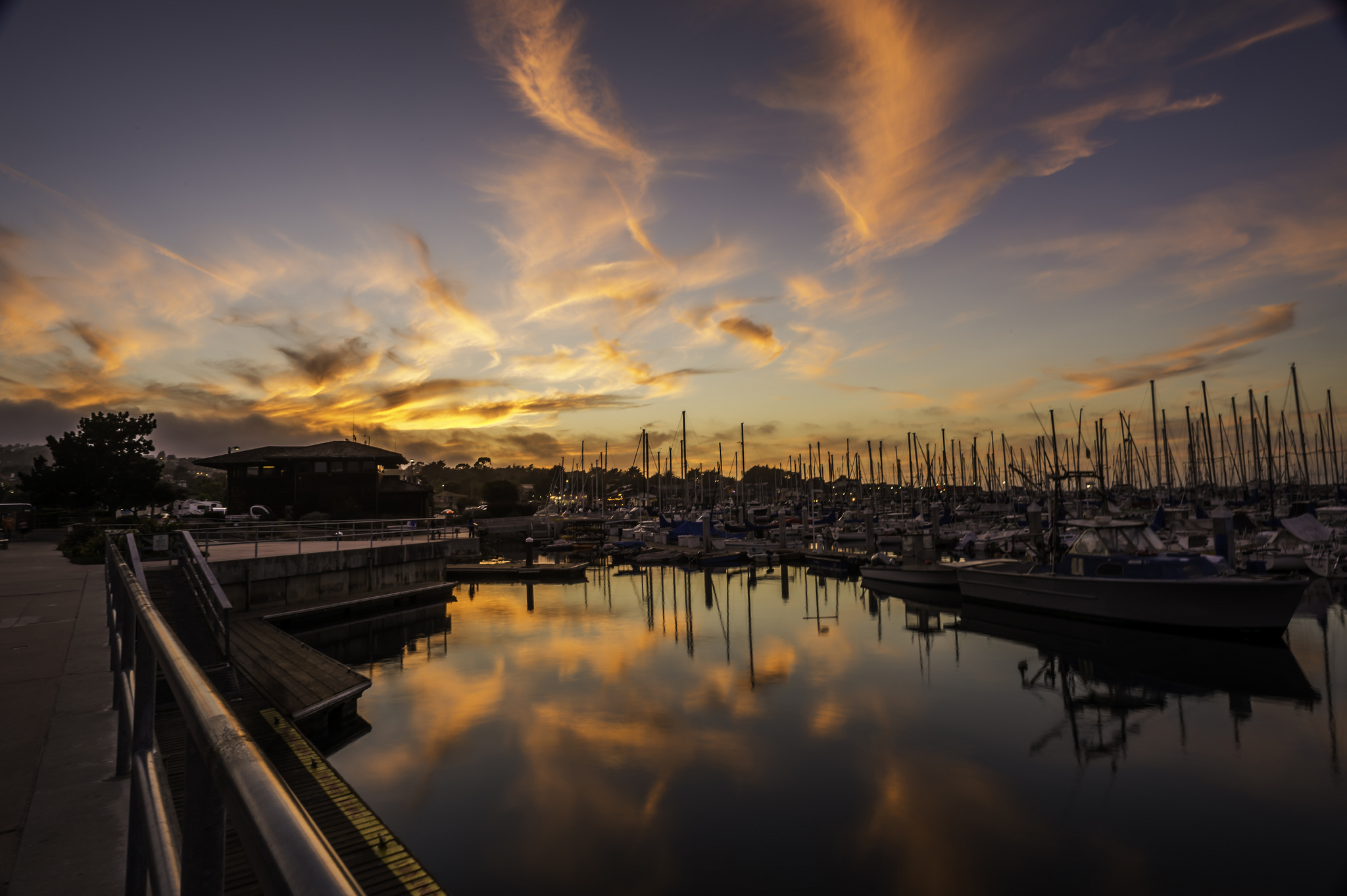

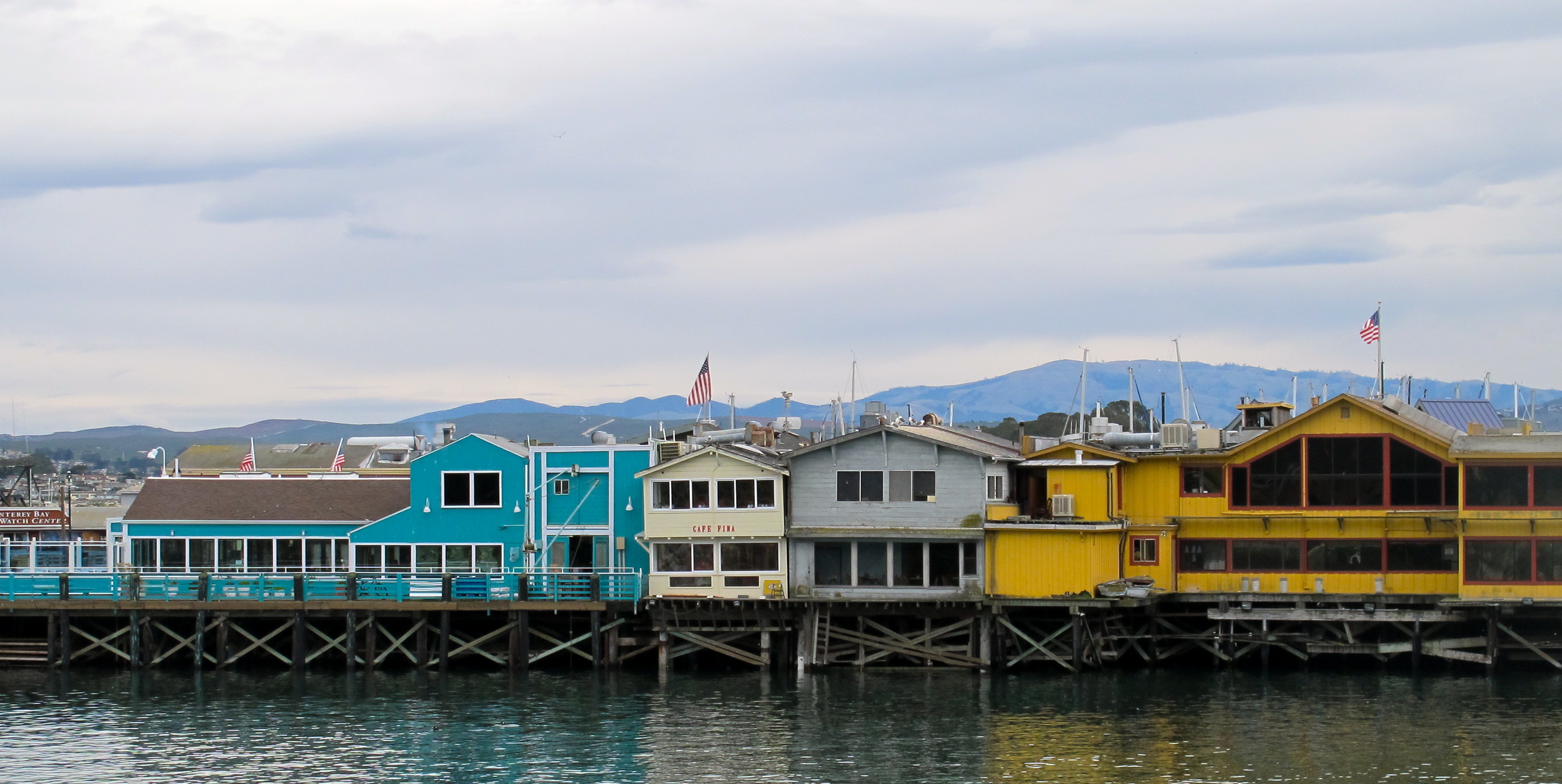
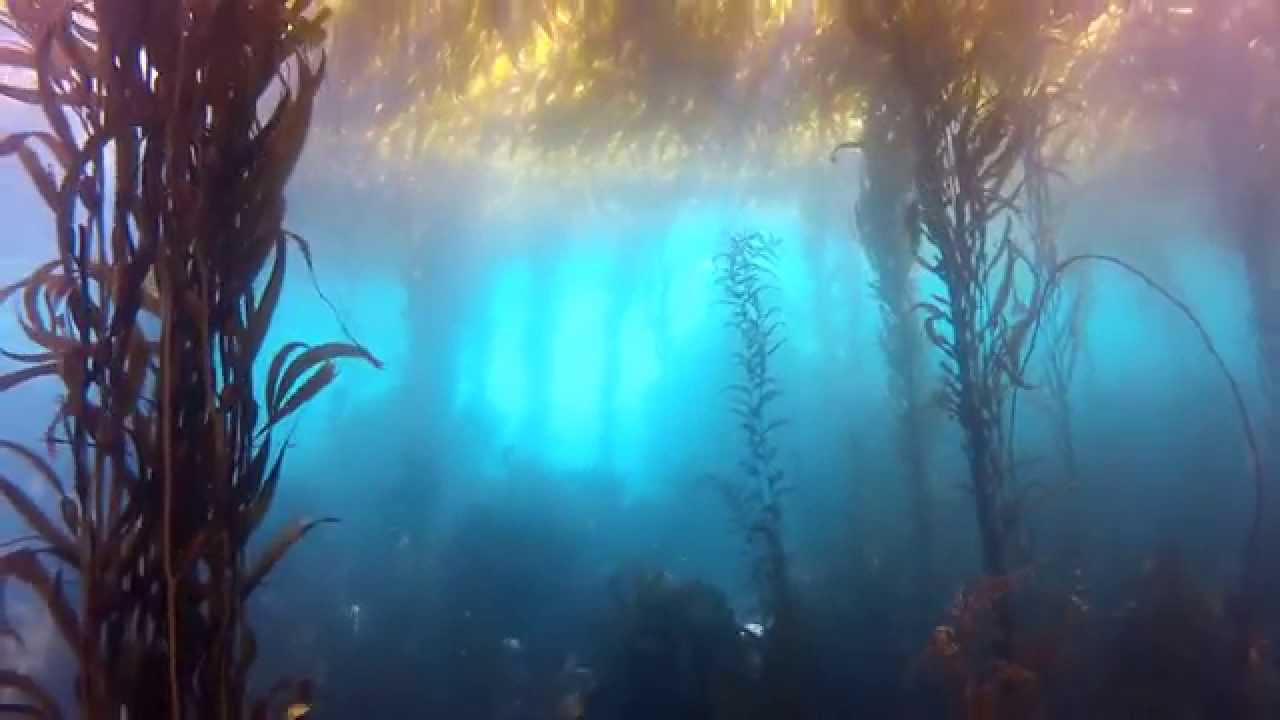
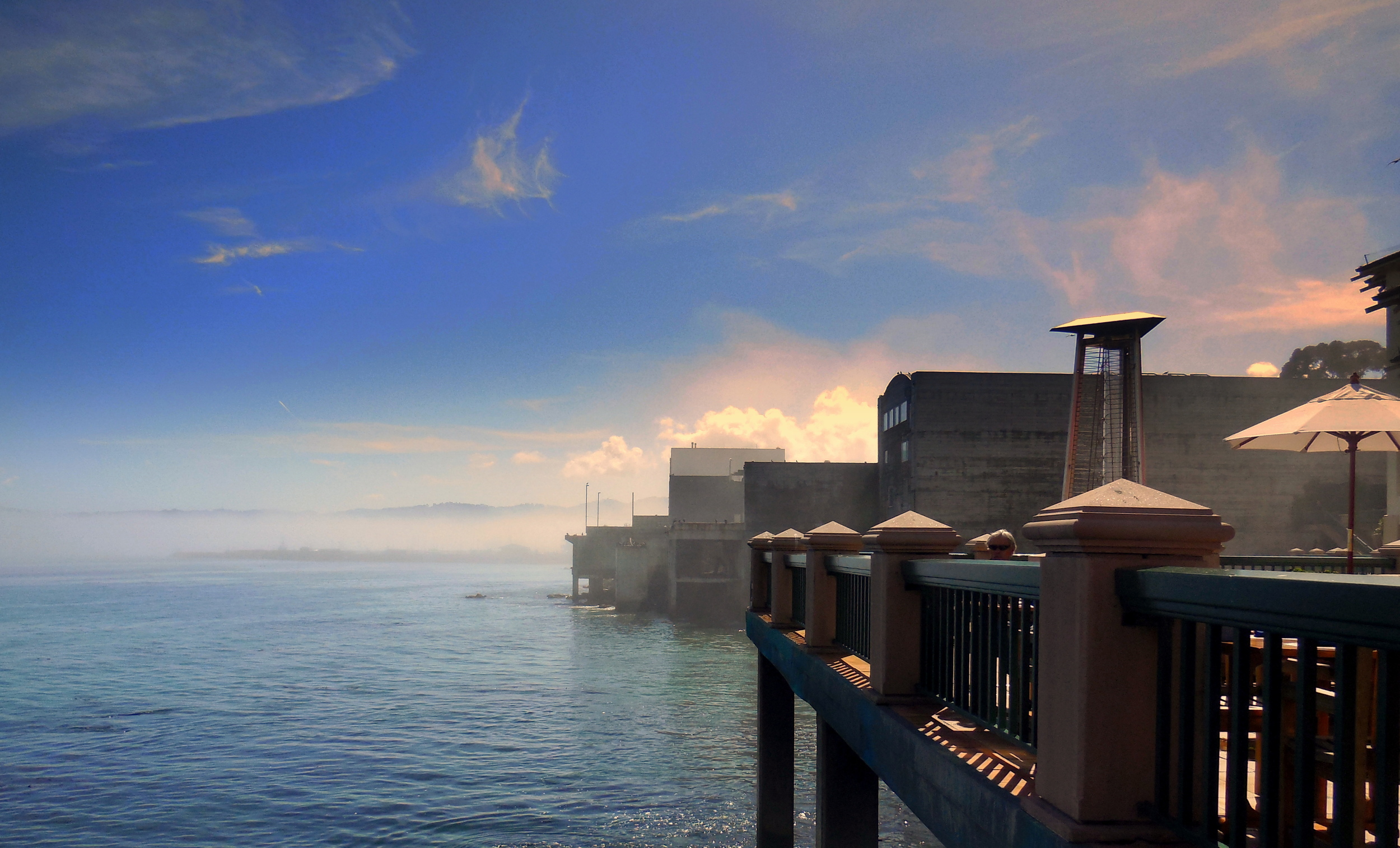
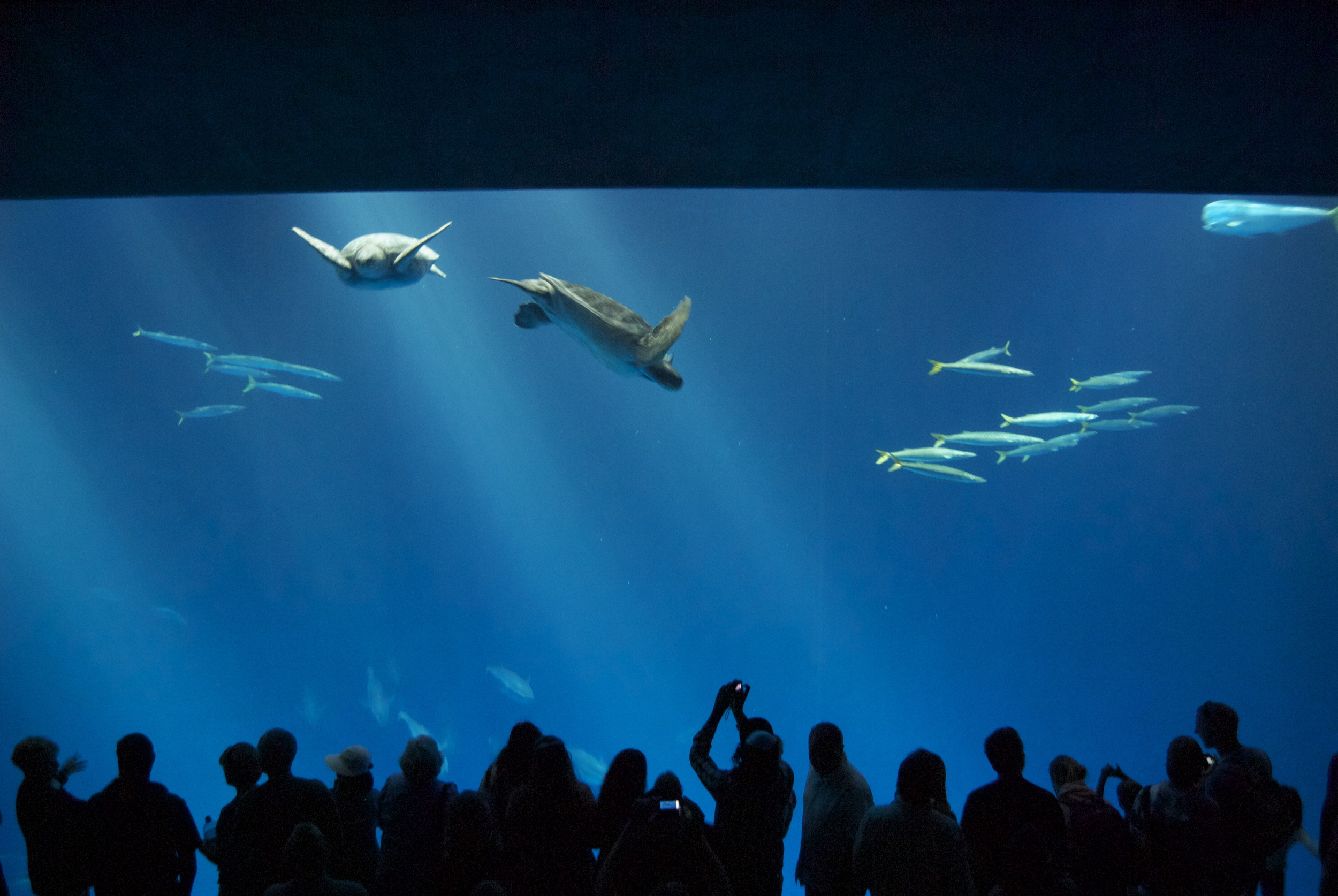
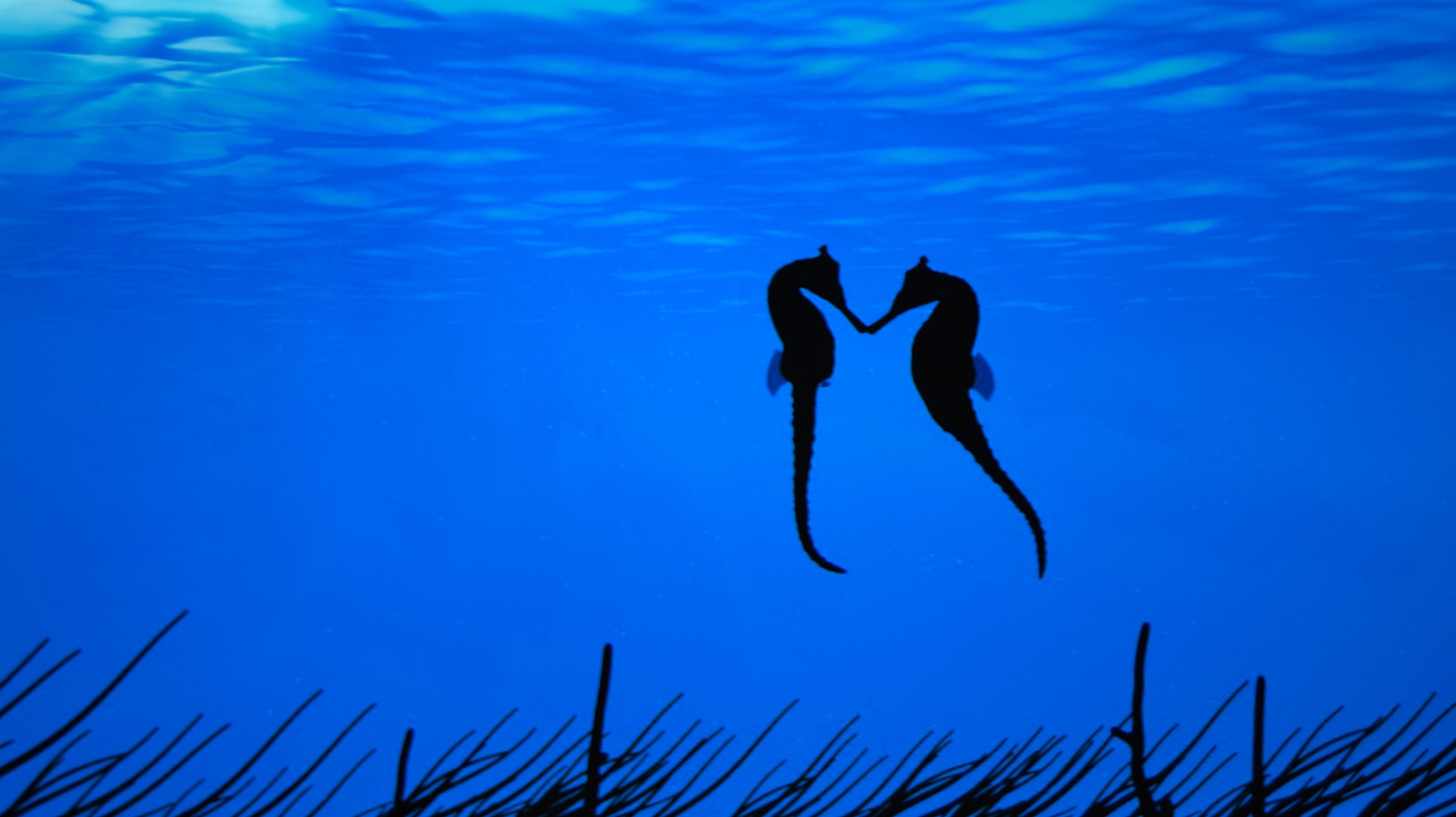
The City of Monterey in Monterey County is located on the southern edge of Monterey Bay, on Central California's Pacific coast. It stands at an elevation of 26 feet (8 m) above sea level,[8] on a land area of 8.466 sq mi (21.927 km²). The 2010 census recorded a population of 27,810.
Monterey was the capital of Alta California under both Spain and Mexico. It was the only port of entry for taxable goods in California. In 1846 the U.S. flag was raised over the Customs House, and California became part of the United States after the ensuing Mexican-American War.
The city had California's first theatre, public building, public library, publicly funded school, printing press, and newspaper. The city and surrounding area have attracted artists since the late 19th century and many celebrated painters and writers have lived there. Until the 1950s, there was an abundant fishery.
Among Monterey's notable present-day attractions are the Monterey Bay Aquarium, Cannery Row, Fisherman's Wharf and the annual Monterey Jazz Festival.

Dog Friendly
Dog Friendly
Carmel is one of the most dog friendly places you will ever experience.
Dog Friendly
Dog Friendly
Carmel is one of the most dog friendly places you will ever experience.
Dog Friendly Carmel-by-the-Sea
Carmel has long been one of the most dog friendly cities in America. Dogs in Carmel are welcome most everywhere. Some restaurants have dog menus. Most shops have dog treats on hand to pass out to your furry, four legged family members and as you walk through downtown, you will see many shops have water bowls. Some even have a place to tie your dog’s leash. There are poop bag stations throughout town (highly recommended for use) and along the picturesque Carmel Beach. Carmel Beach is the dog friendliest beach you will ever encounter. And the evening bonfires on the beach with your pooch would surely be a highlight of your visit. Cypress Inn even has “Yappy Hour” for you and your “kids” after a long day frolicking the beach, Mission Trails and down town.
Scenic Path & Carmel Beach
Scenic Road meanders along the curve of the Carmel beach and offers a packed dirt path alongside for joggers, on-leash dog walkers and sightseers. Spanning from Carmel Beach to Carmel River Beach, the Scenic Road path offers some of the area's most incredible views of Carmel Point, Point Lobos State Reserve, Pebble Beach Golf Links, and Carmel's famous Cypress trees and white-sand beach. Dogs are allowed off-leash on Carmel beach, however they must be under the voice control of their owners. Canine visitors at Carmel beach can romp along the surf and frolic with one another on the sand which is a highlight to most trips to Carmel-by-the-Sea.
Dog Friendly Hotels & Inns
Visitors have more than 25 hotels and inns to choose from in Carmel-by-the-Sea when traveling with their lovely pet. In fact, pets get VIP treatment in Carmel such as doggie turn down, yappy hour, doggie room service menus, and outdoor showers – rest assured your canine companions' needs will be met. When booking reservations at one of Carmel's pet-friendly hotels, inns or cottages, travelers should ask about these services.
Important Rules to Remember
For the safety of all dogs and visitors, please note that dogs must have a current license, up-to-date vaccinations, respond to voice command and be in visual control. Dogs under four months of age are not permitted as their shots and vaccines are not effectual yet. Owners are responsible for pets at all times and use a leash. Dogs may be off-leash on Carmel Beach and Mission Trails Park only provided they are under voice control at all times. Dogs must be on-leash at Carmel River Beach. Dogs are not allowed to interfere with, bother, or harass other visitors, animals or wildlife. If you are a party to a dog bite or dog attack incident, you must stop and offer assistance and exchange...
Carmel Business District
Various shopkeepers supply dog biscuits at the counter and offer water dishes at the door. The Cottage of Sweets includes doggy treats in its mix of candies. Some shops in the Carmel Business District have miniature hitching posts outside and others don't mind if the dogs accompany their owners inside. The Carmel Plaza has a drinking fountain just for dogs, called the Fountain of Woof. Diggidy Dog provides a store that caters to the pets themselves, in a 2000 square foot space and small grassy spot just outside the front doors where dogs can relieve themselves; Diggidy Dog offers products that are unique, functional, and healthy.
Cleaning Up After Your Dog
Please clean up pet waste; biodegradable bags are available at beach and trail entrances. You must remove your dog's waste from all Carmel city property and dispose of it in a garbage can or carry it out. Do not leave dog waste in a bag anywhere; this is considered littering. For visitors convenience, biodegradable plastic bags are provided by the city, but as a precaution, please carry extras when traveling with your dog.
Dog Friendly Restraunts
Many restaurants in Carmel will seat canine companions with their masters in covered and open-air patios as well as a few indoor locations. "Yappy Hour" and a doggie room service menu are offered at co-owner Doris Day's Cypress Inn as well as other hotels and inns in Carmel. Many Carmel restaurants, not content with just water bowls and doggy treats, raise the stakes with custom doggie menus of kibble, biscuits, grilled chicken, steak tartar, and more.
Dog Friendly Restaurants in Carmel, CA - BringFido
Mission Trails Park
Mission Trail Park encompasses 37 acres of California Coastal native vegetation, with meadows, dense Monterey Pine forest and a grove of Oak trees. There are two entrances to the park: one east of downtown on Mountainview Avenue and the other on Rio Road across the street from the Carmel Mission. Dogs can be off-leash but must be under voice control and follow all of the rules to remember.
some info from: carmelcalifornia.com

Utilities
Utilities
Who you gonna call? See below.
Utilities
Utilities
Who you gonna call? See below.

